 |
 |
 |
 |
 |
 |
 |
 |
 |
 |
 |
| Last Updated: Mon Feb 11 18:47:58 UTC 2019 |
 |
 |
 |
 |
 |
 |
 |
 |
 |
 |
 |
| Last Updated: Mon Feb 11 18:47:58 UTC 2019 |
Sigma AF 400mm f/5.6 APO (1988-1995) Annex B - D7100 Test and Sample Images |
|
In December, 2013, I procured a D7100 to replace my well worn D90. Since then I performed several short test shoots with the Sigma AF 400mm f/5.6 APO super-telephoto lens, both handheld, and using a SLIK LPIII monopod. The D7100 with a 24 Megapixel APS-C/DX sensor has the highest imaging photosite density of any extant semi-professional DSLR (January, 2014). Note that the D7100 fits 24.1 million imaging sites into a 23.5 mm x 15.6 mm APS-C sensor, which amounts to 65,739 pixels per square millimetre. A full frame sensor of this density would have ~56 Megapixels - well in excess of the D800/D800E that currently dominates DSLRs, with 36.3 million imaging sites in a 36 mm x 24 mm sensor, which amounts to 42,000 pixels per square millimetre The D7100 is thus an excellent test platform, as 1:1 crops will expose any deficiencies in sharpness and chromatic aberration performance of a lens. The inevitable conclusion from these test shoots is that the 1988 designed Sigma AF 400mm f/5.6 APO super-telephoto lens performs superbly with the state of the art D7100. Even using a 1.4X teleconverter at 560mm the lens still delivers useful image quality. 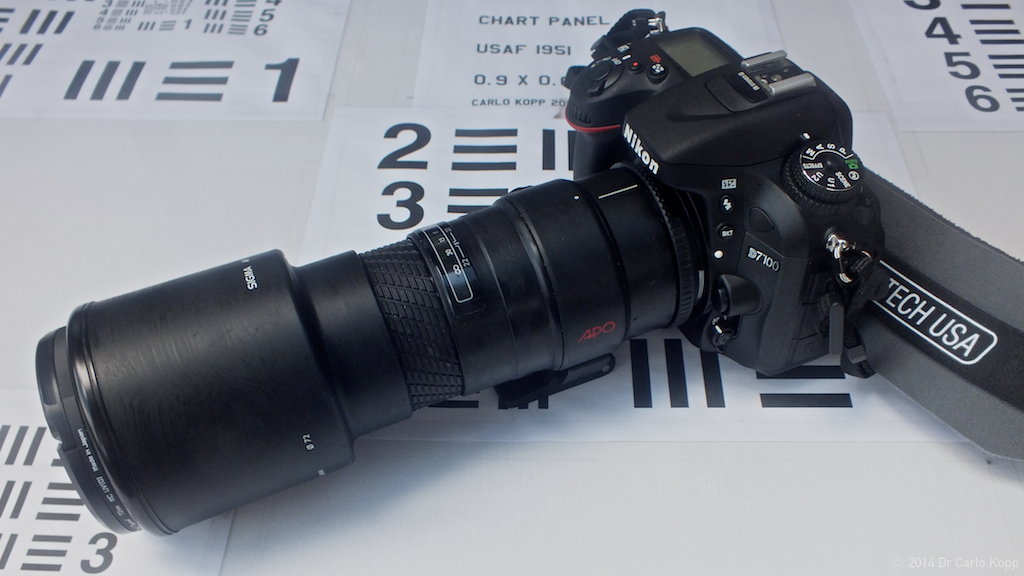 Sigma AF 400mm f/5.6 APO
super-telephoto prime mounted on the D7100 (HS20EXR).
|
Sigma AF
400mm f/5.6 APO / Nikon D7100
|
|
Focal Length: 400mm (600mm) Aperture: f/5.6 - f/8.0 ISO: Auto Nikon Control Law Shutter: Auto Nikon Control Law Metadata: EXIF, IPTC Notes: detail crops are 1:1 1024^2 pixels for comparison; highlight overexposure corrections with Aperture 3. |
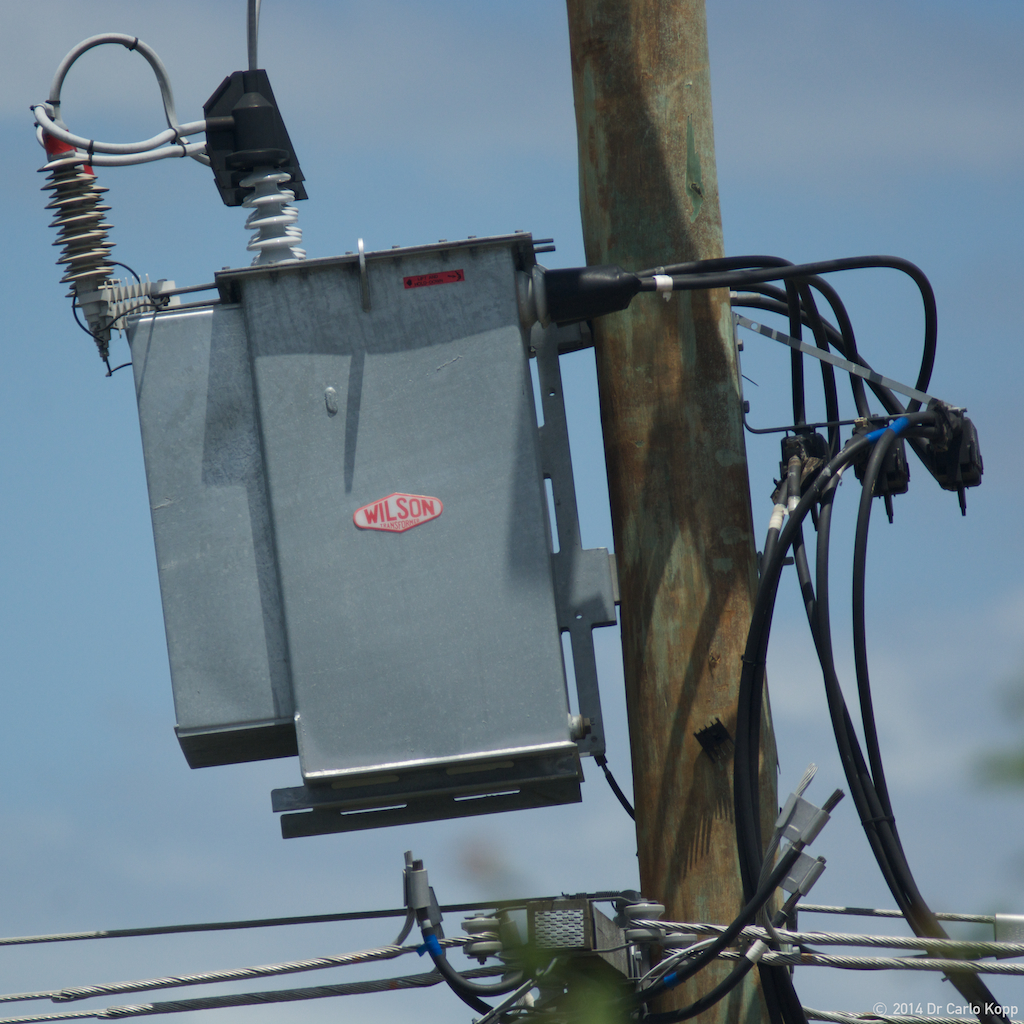 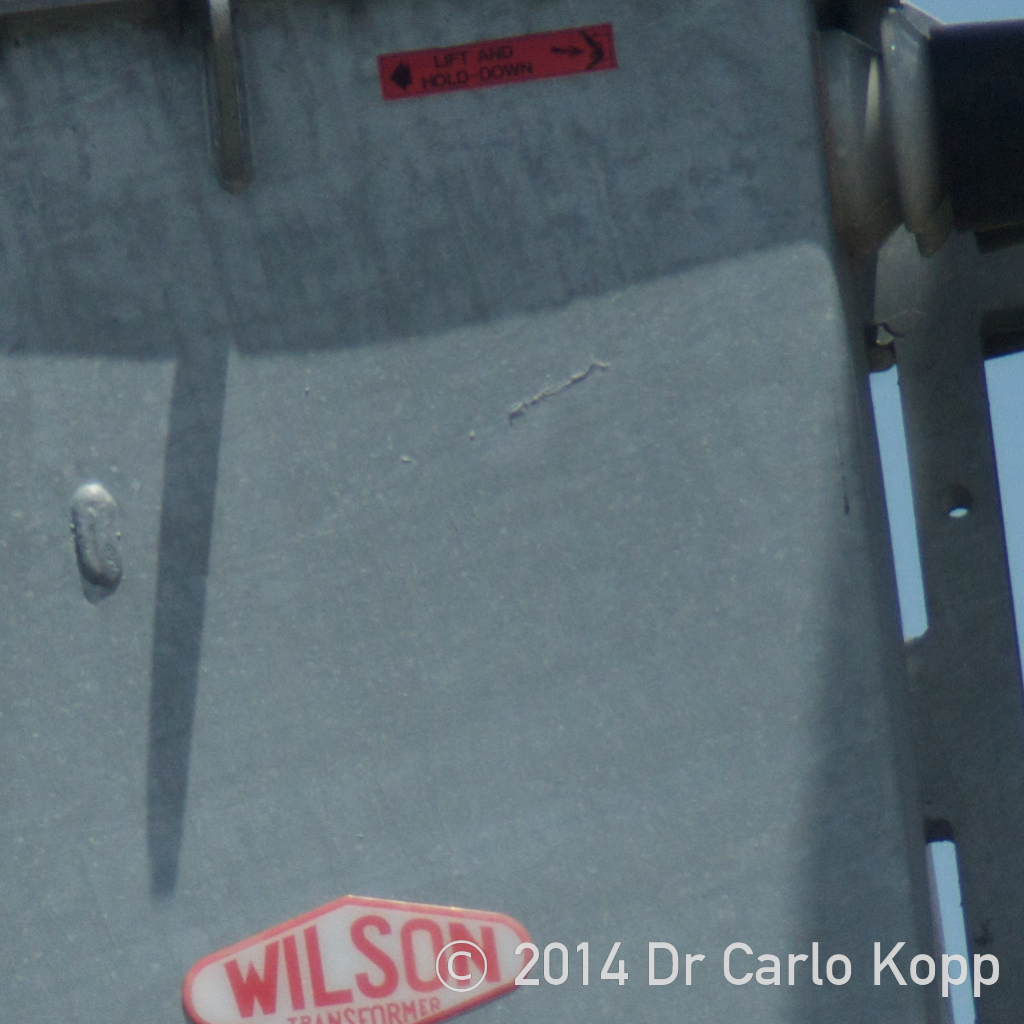 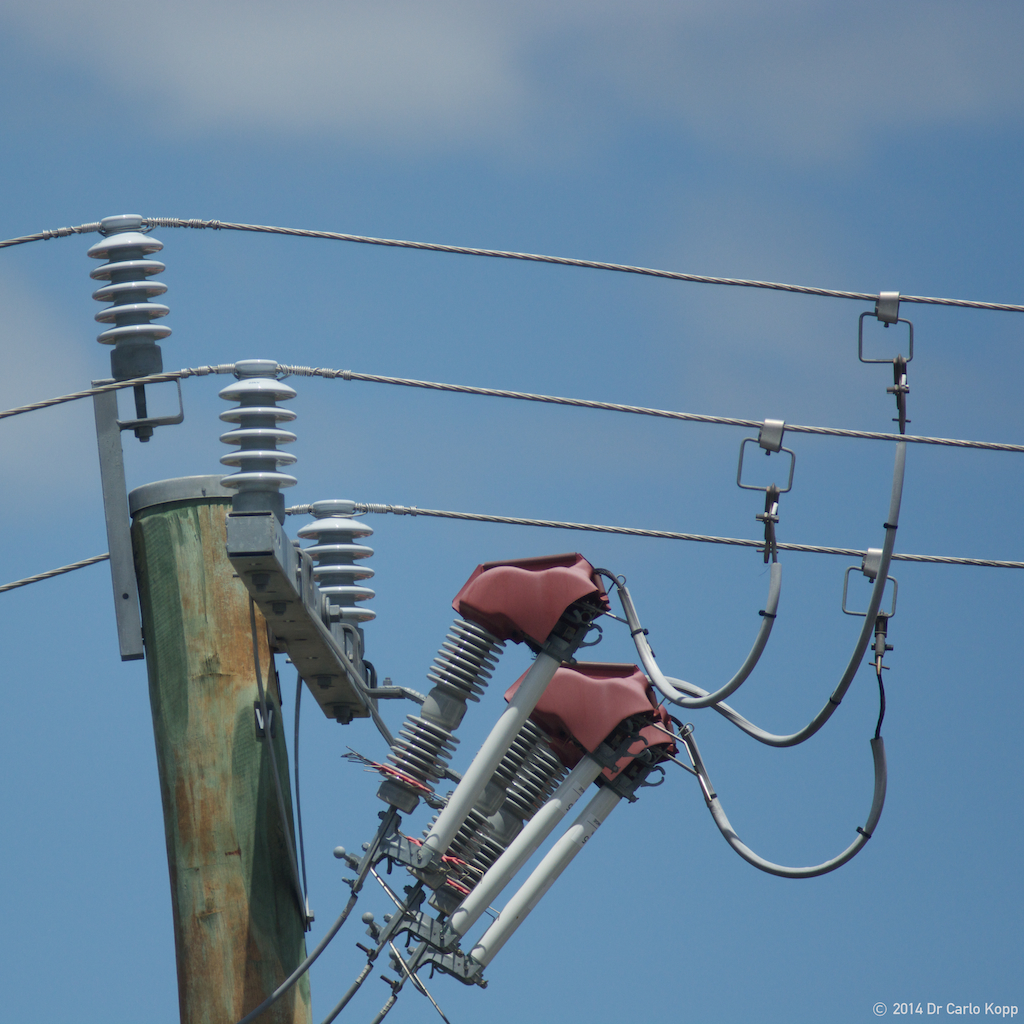 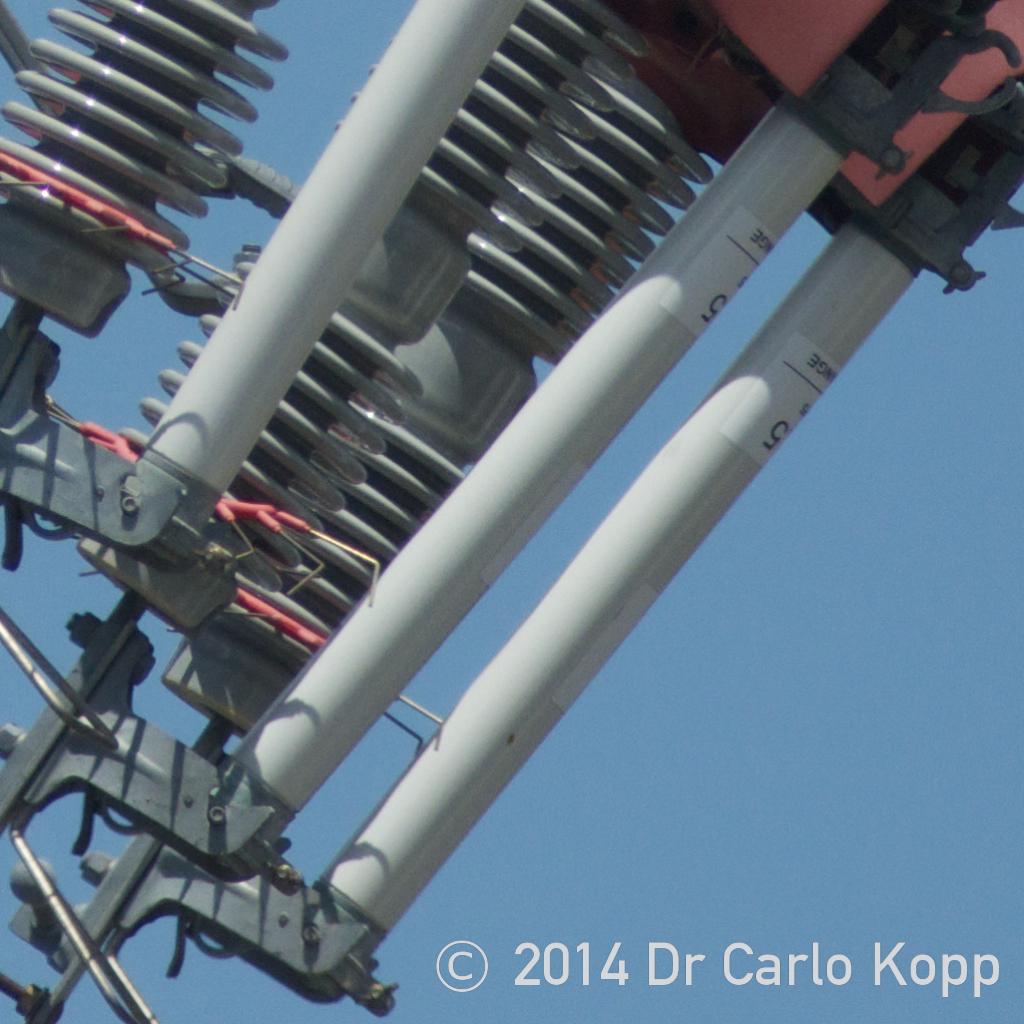 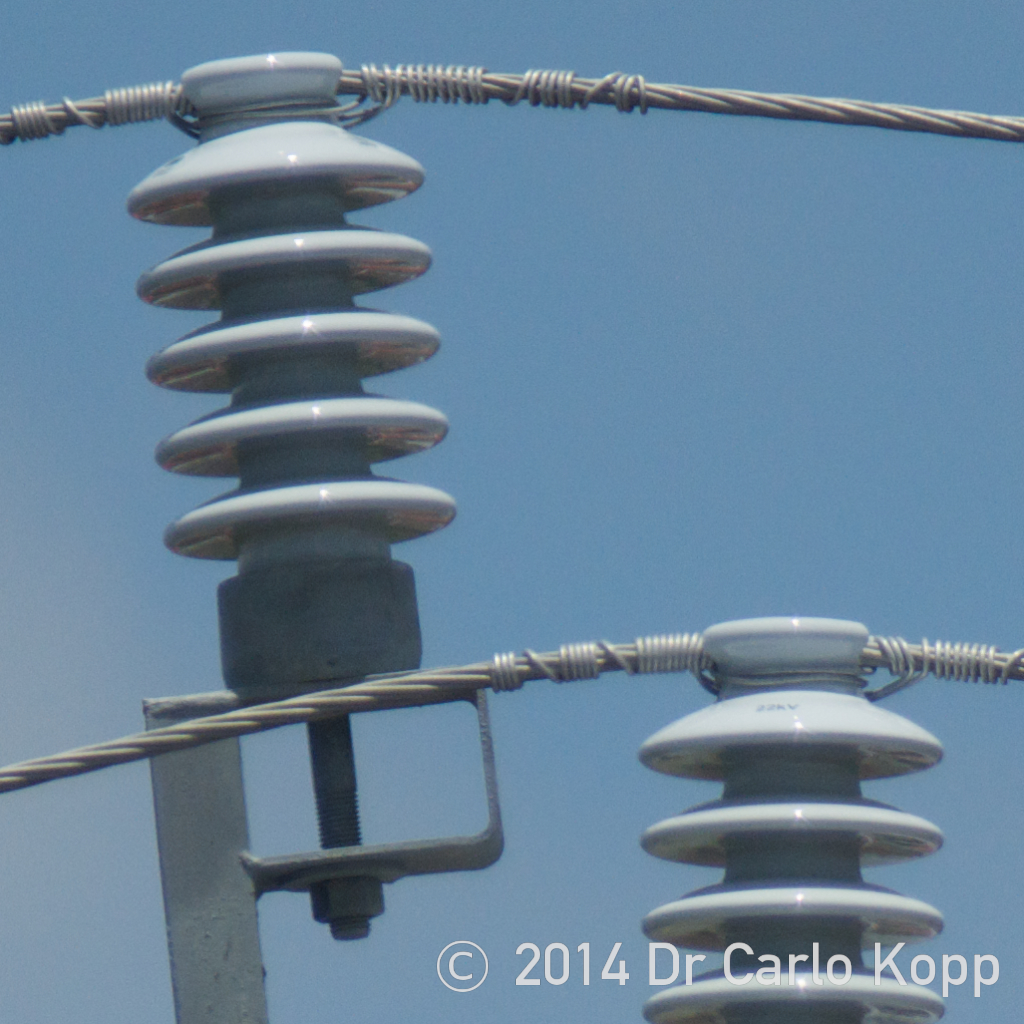  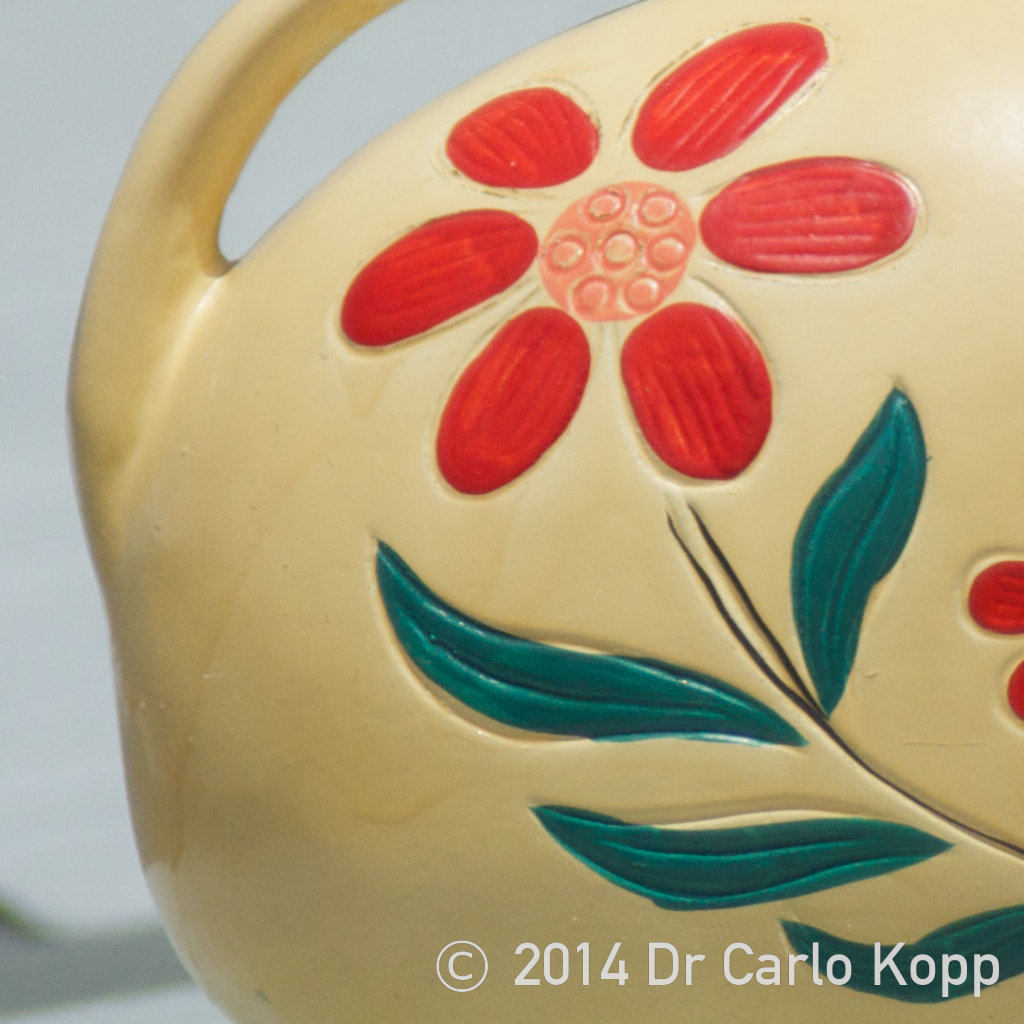 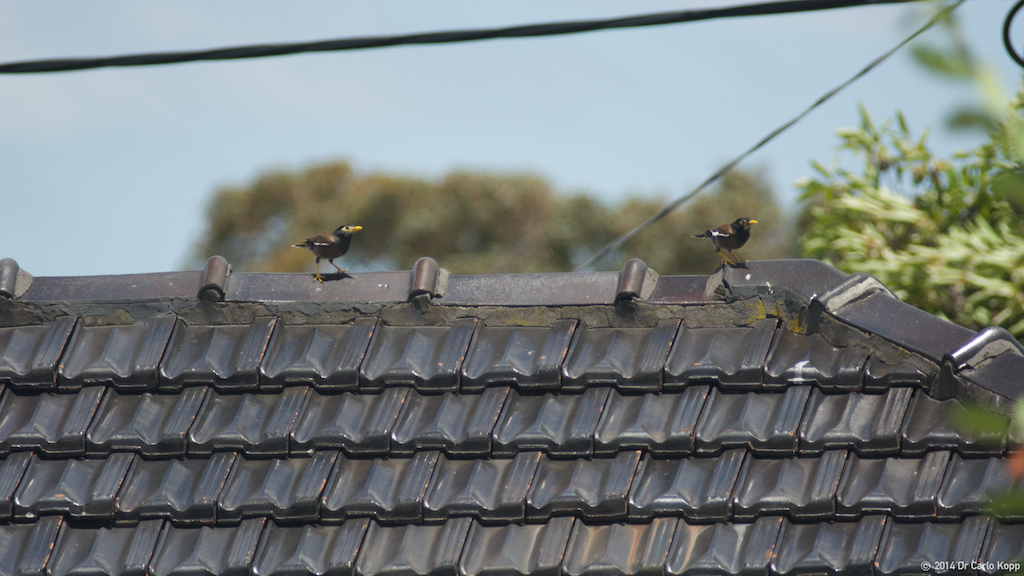 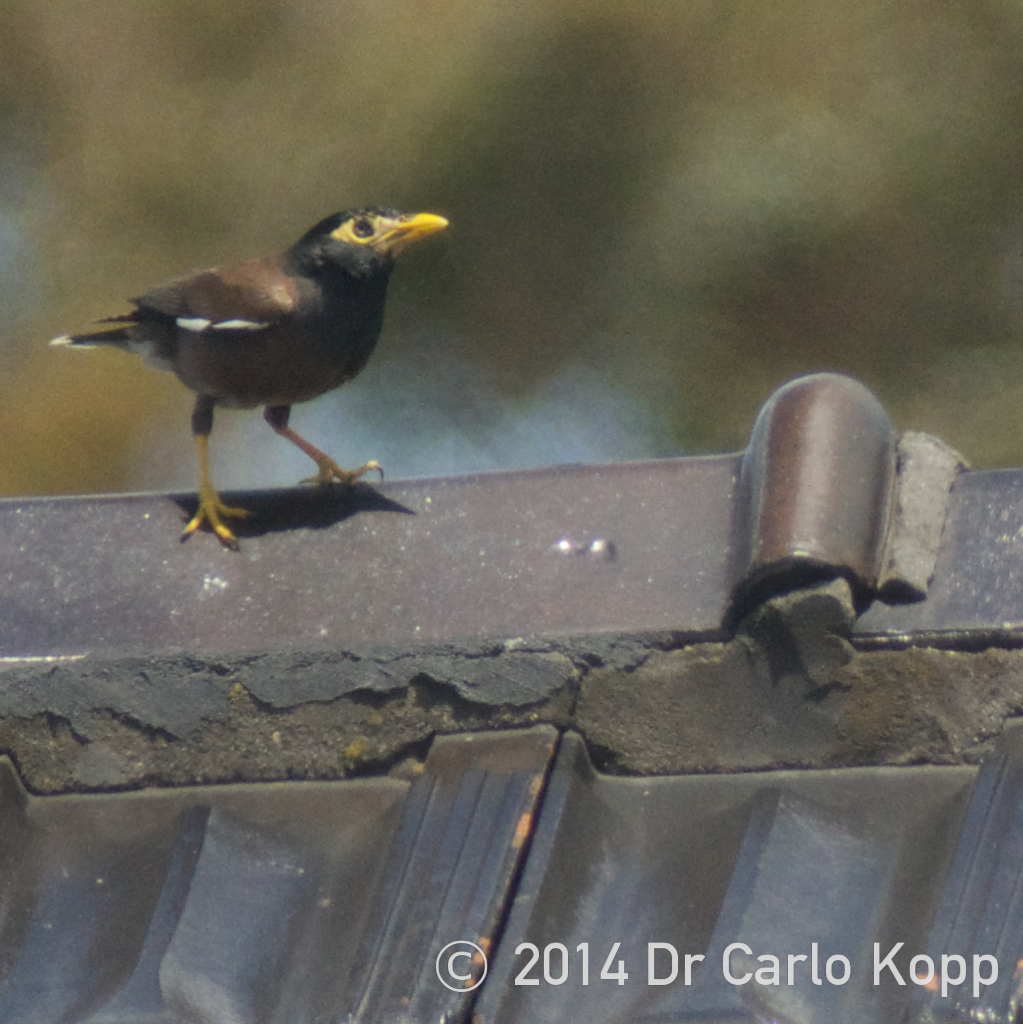 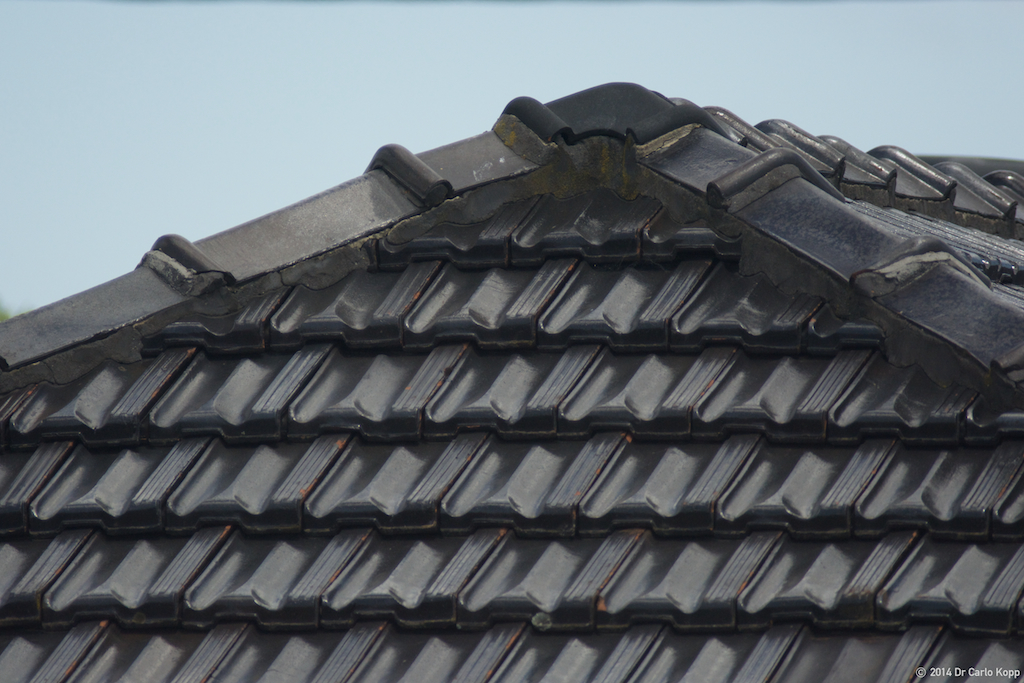 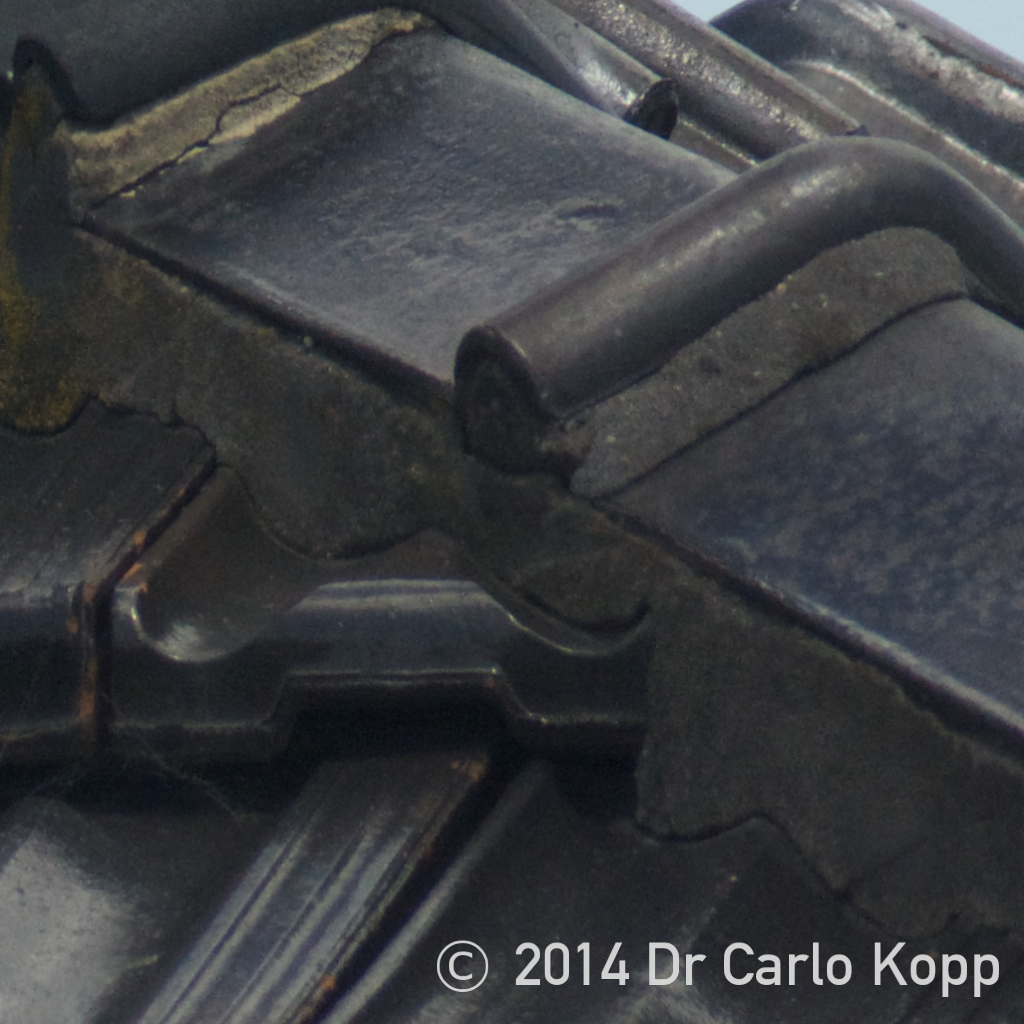 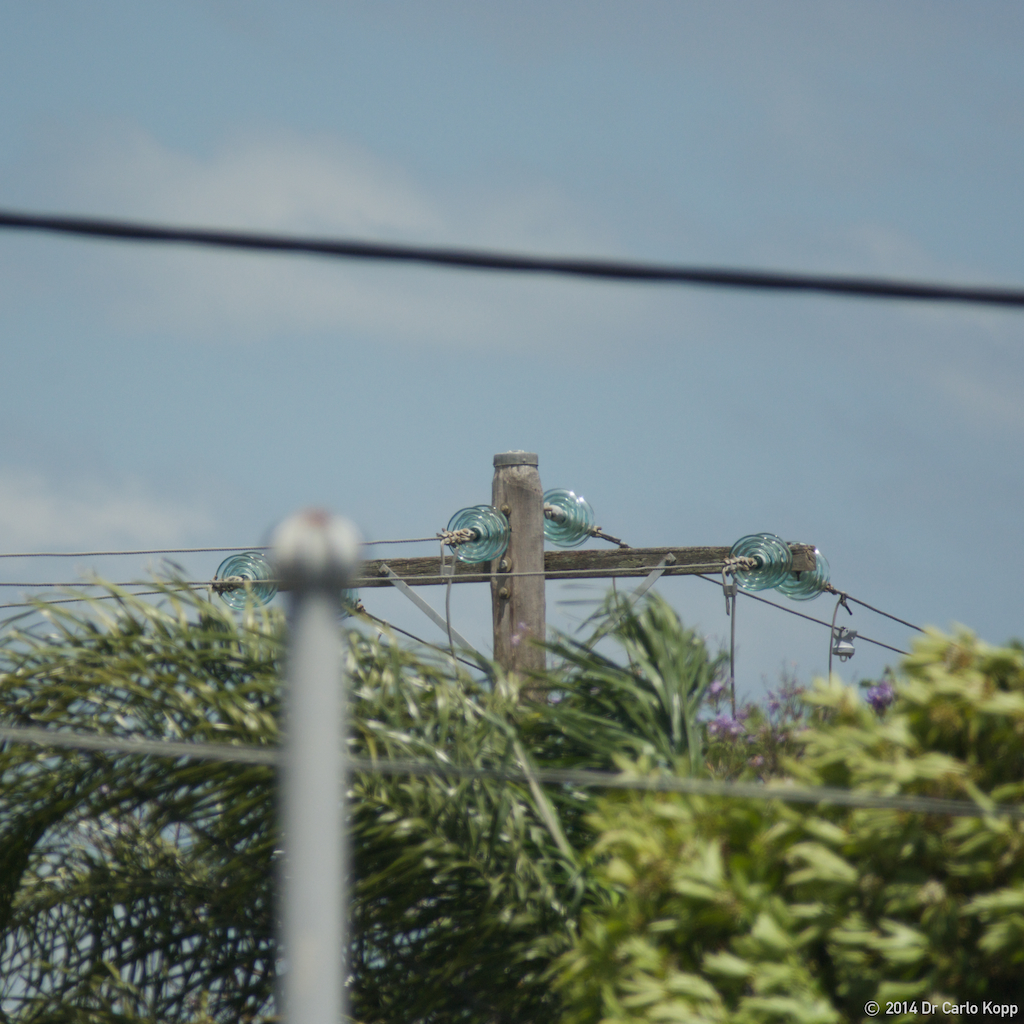 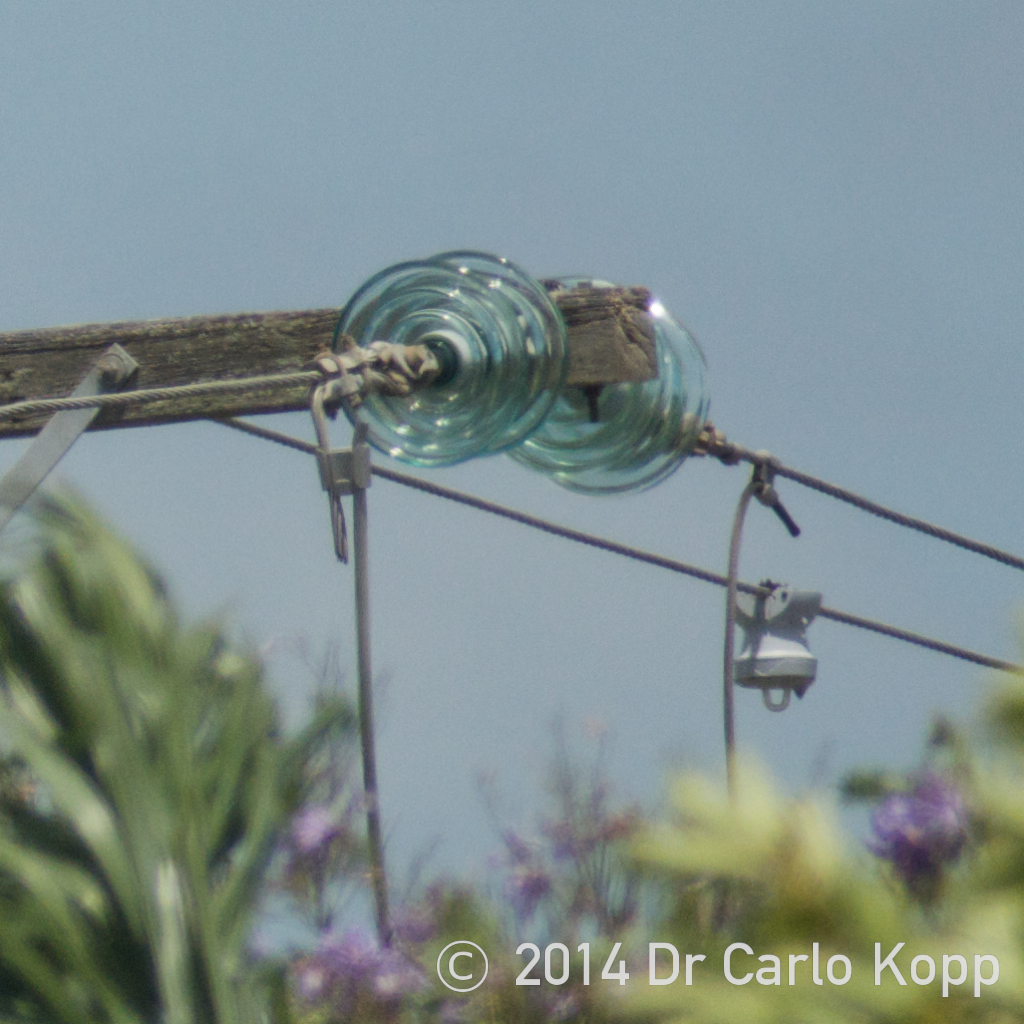 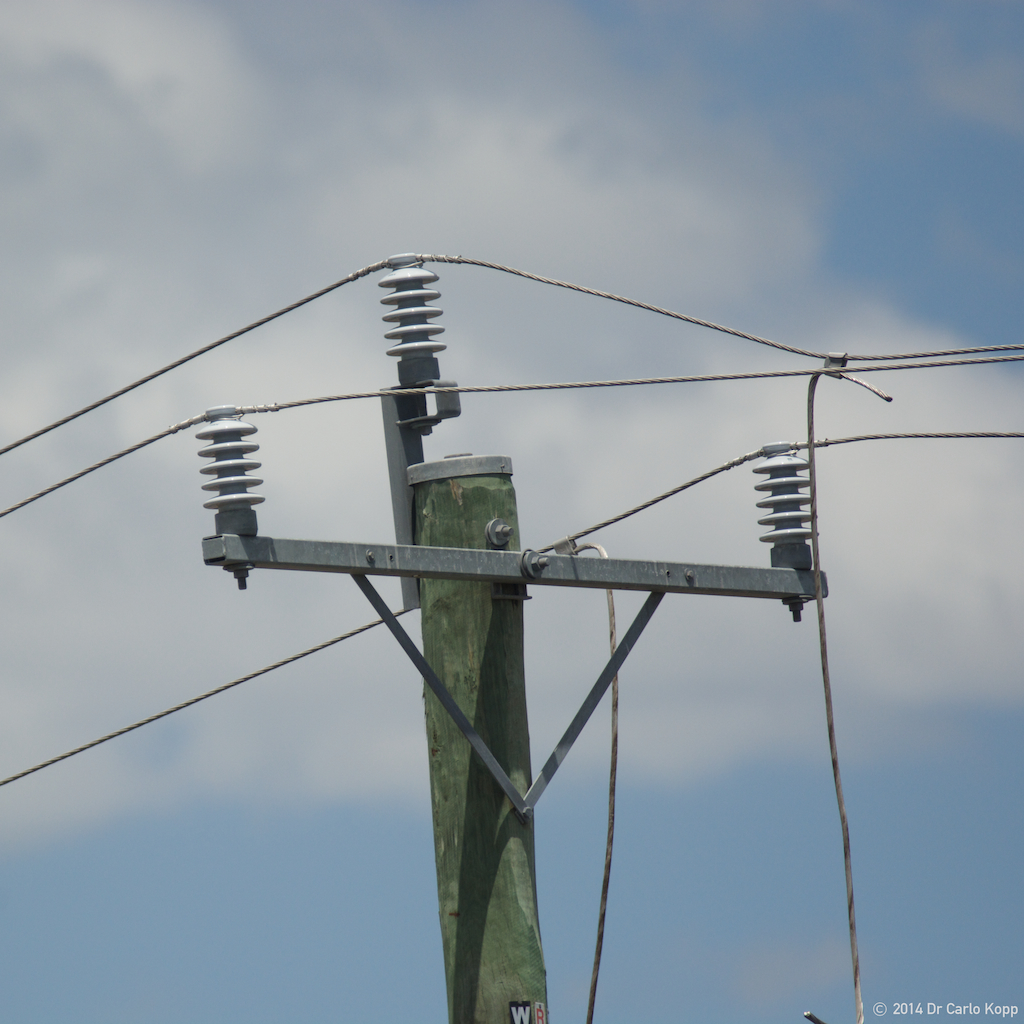 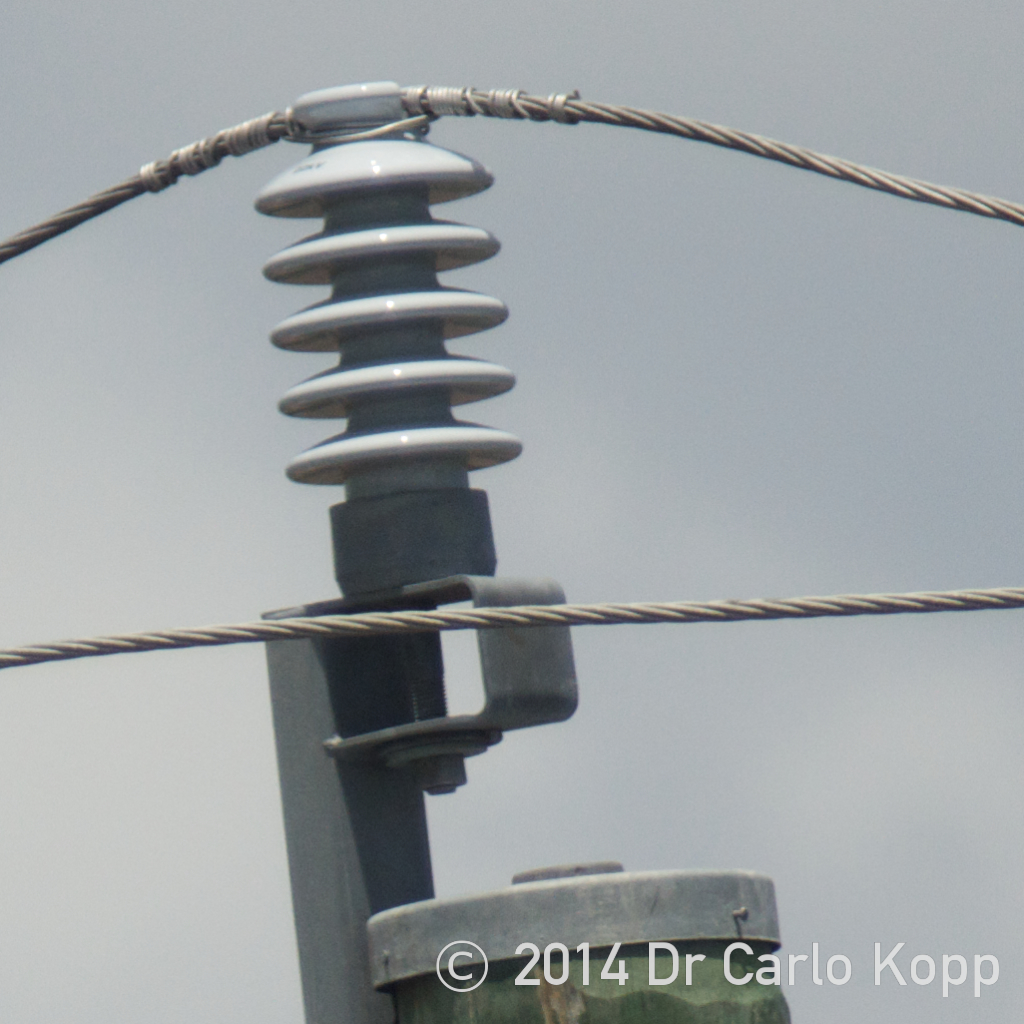 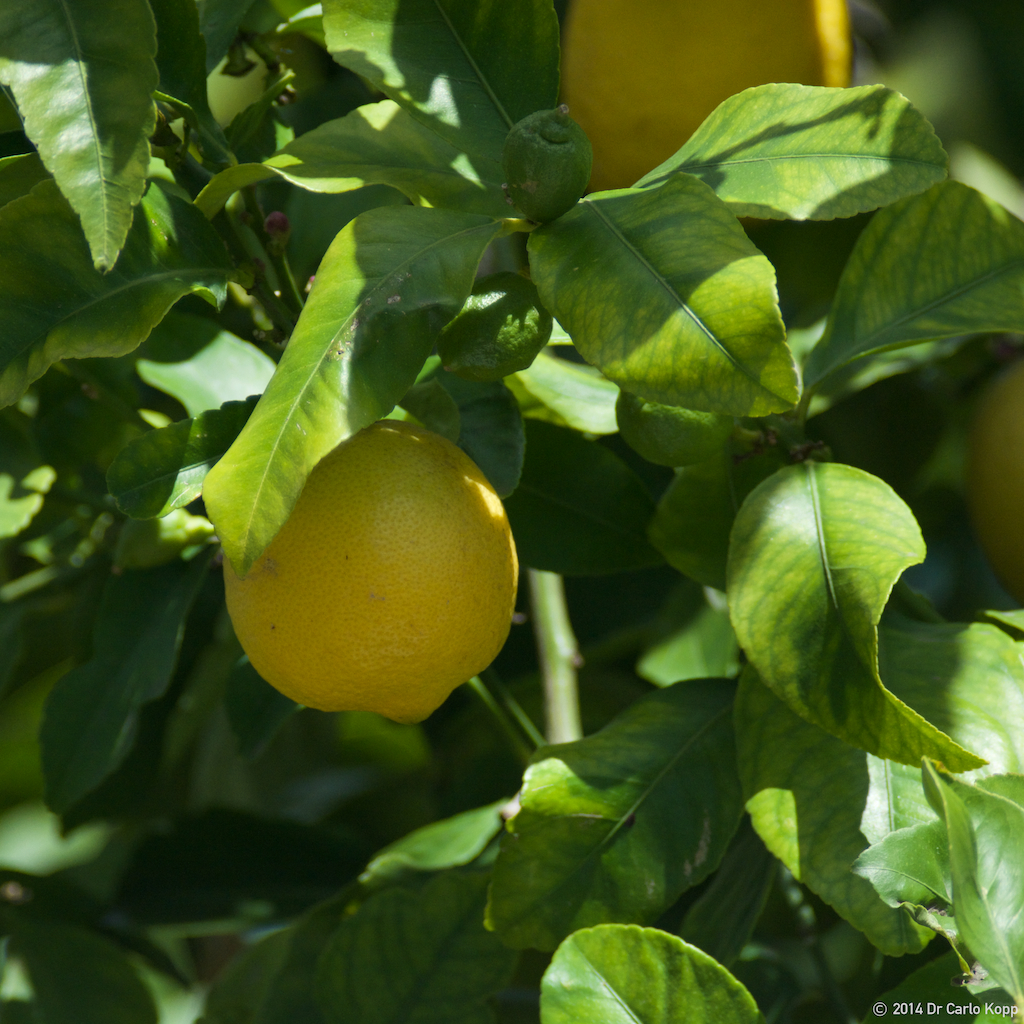 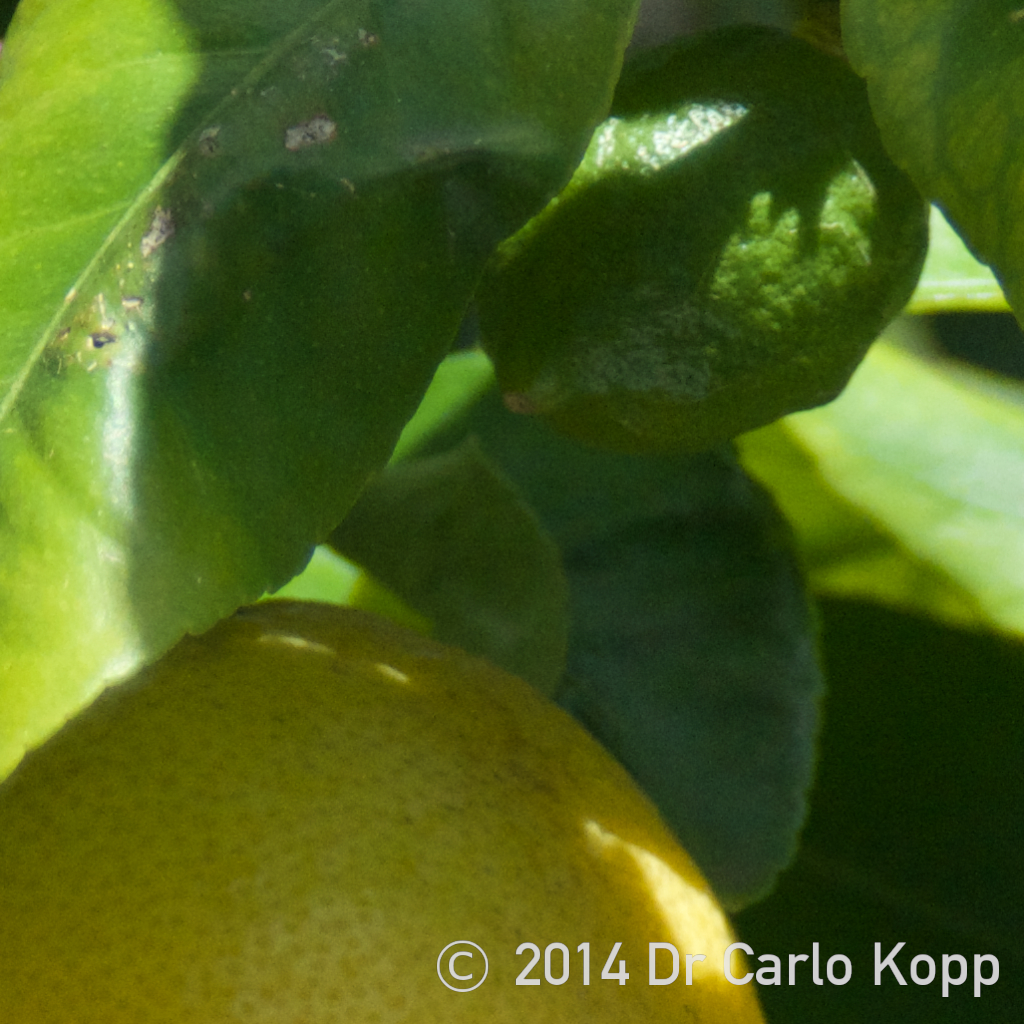 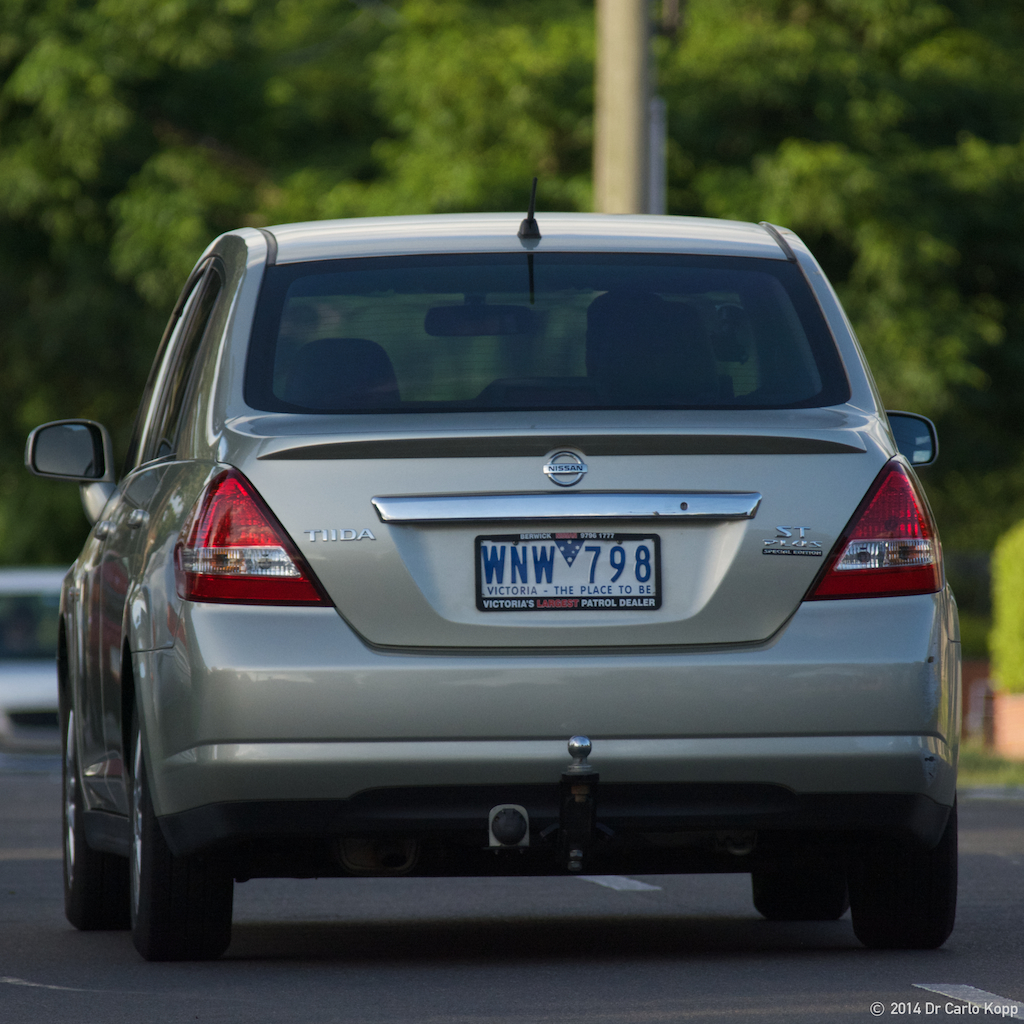 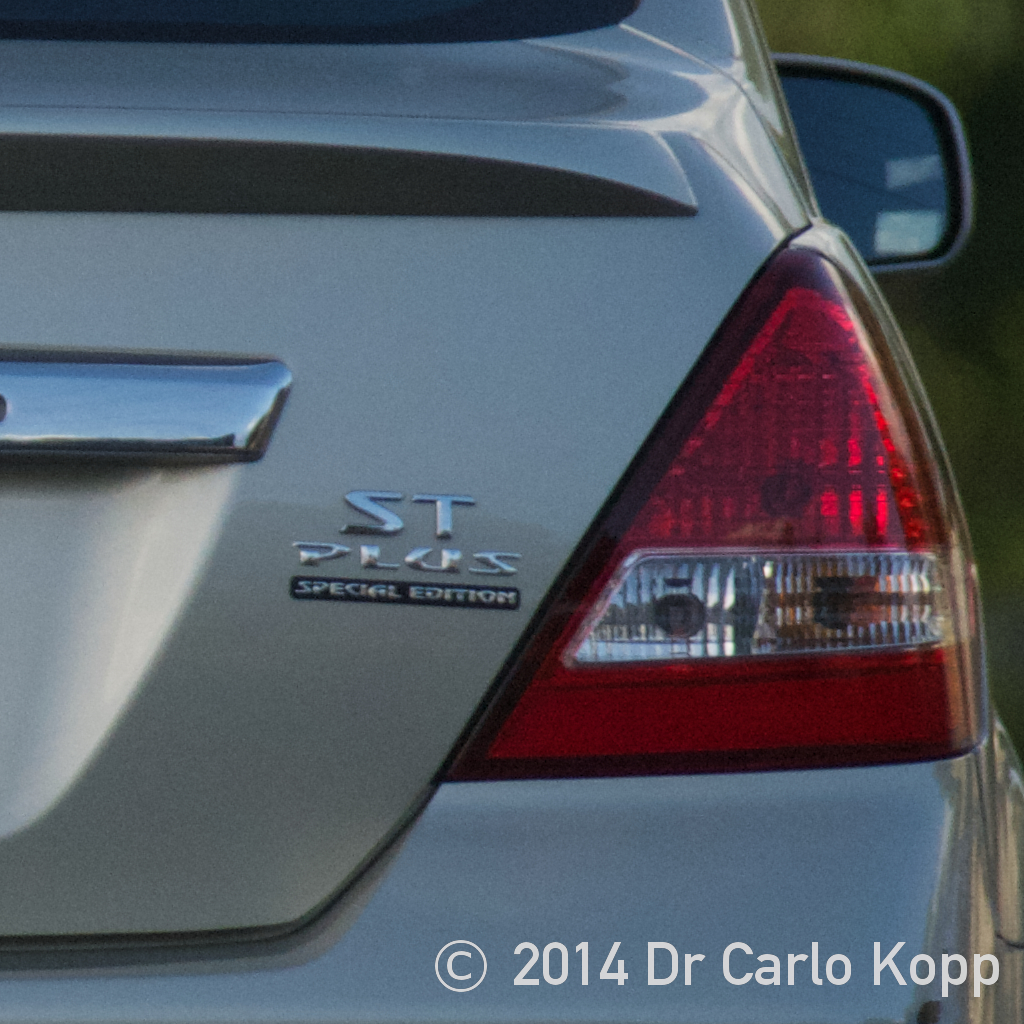 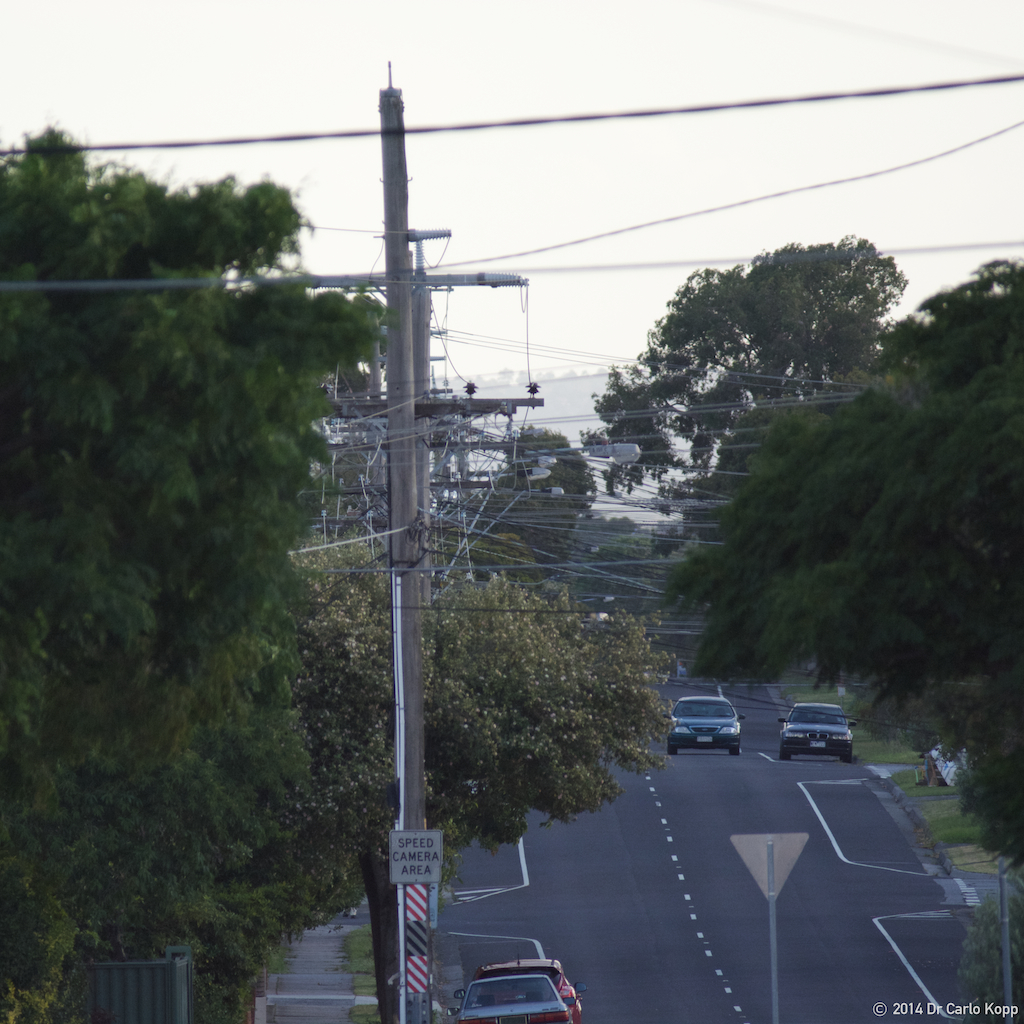 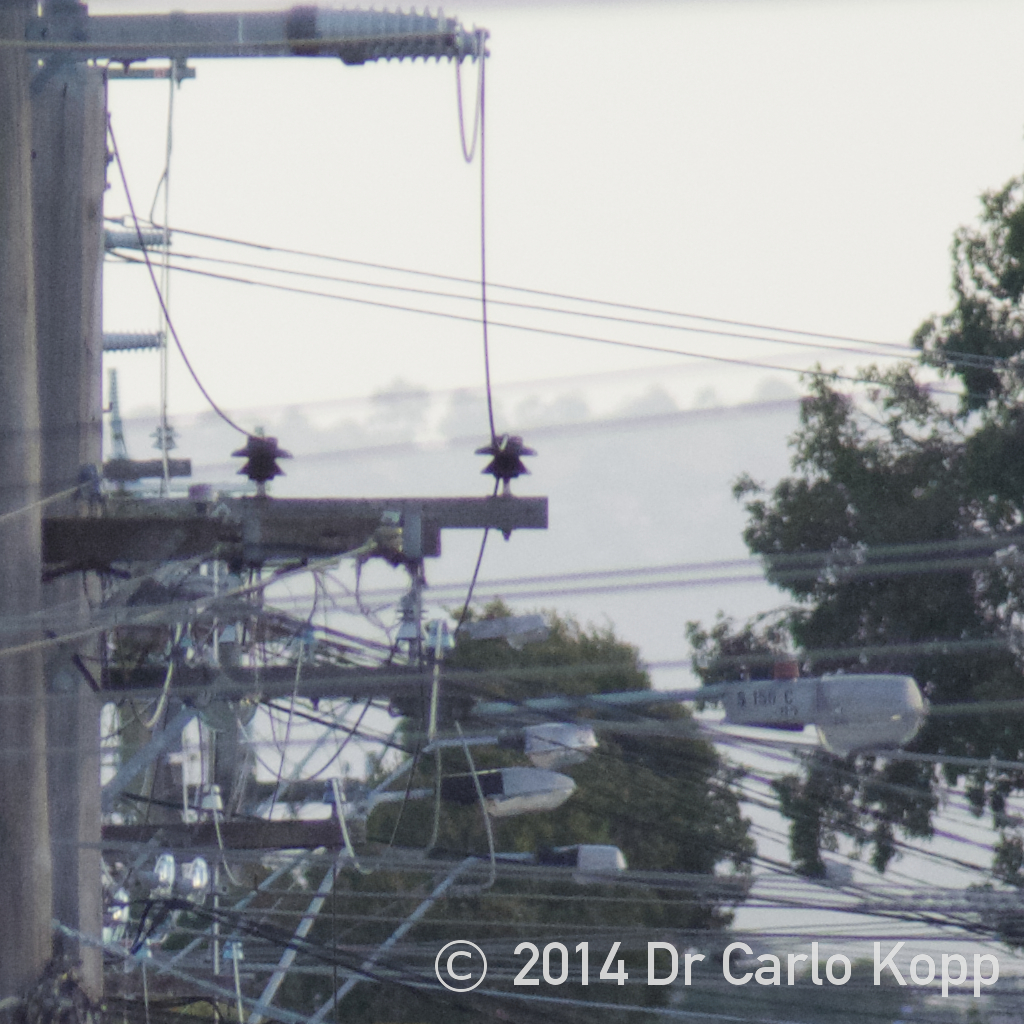 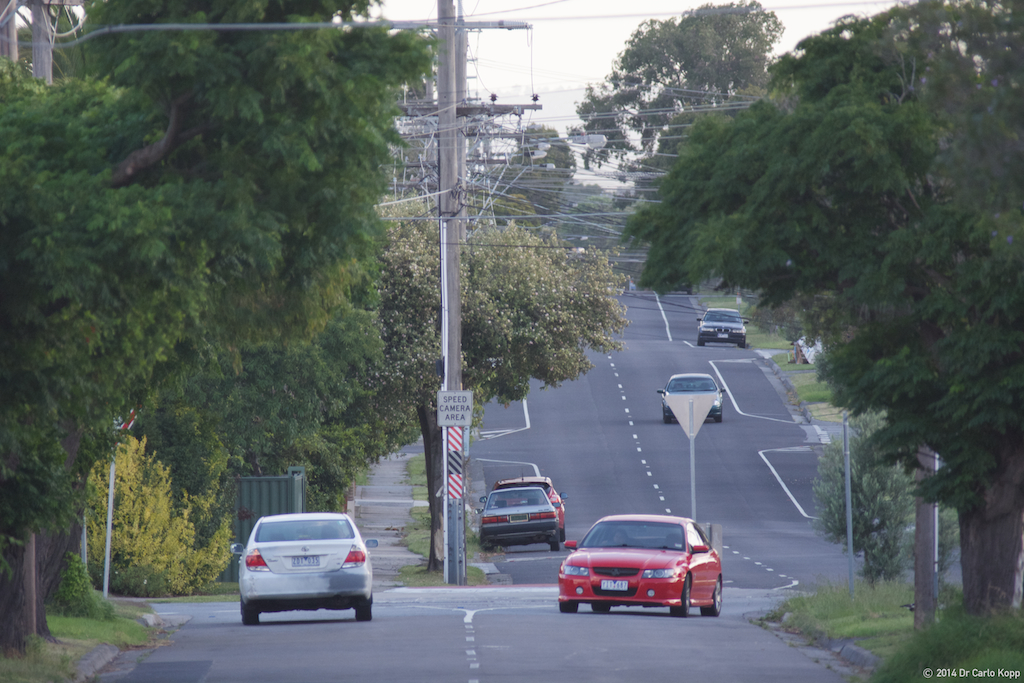 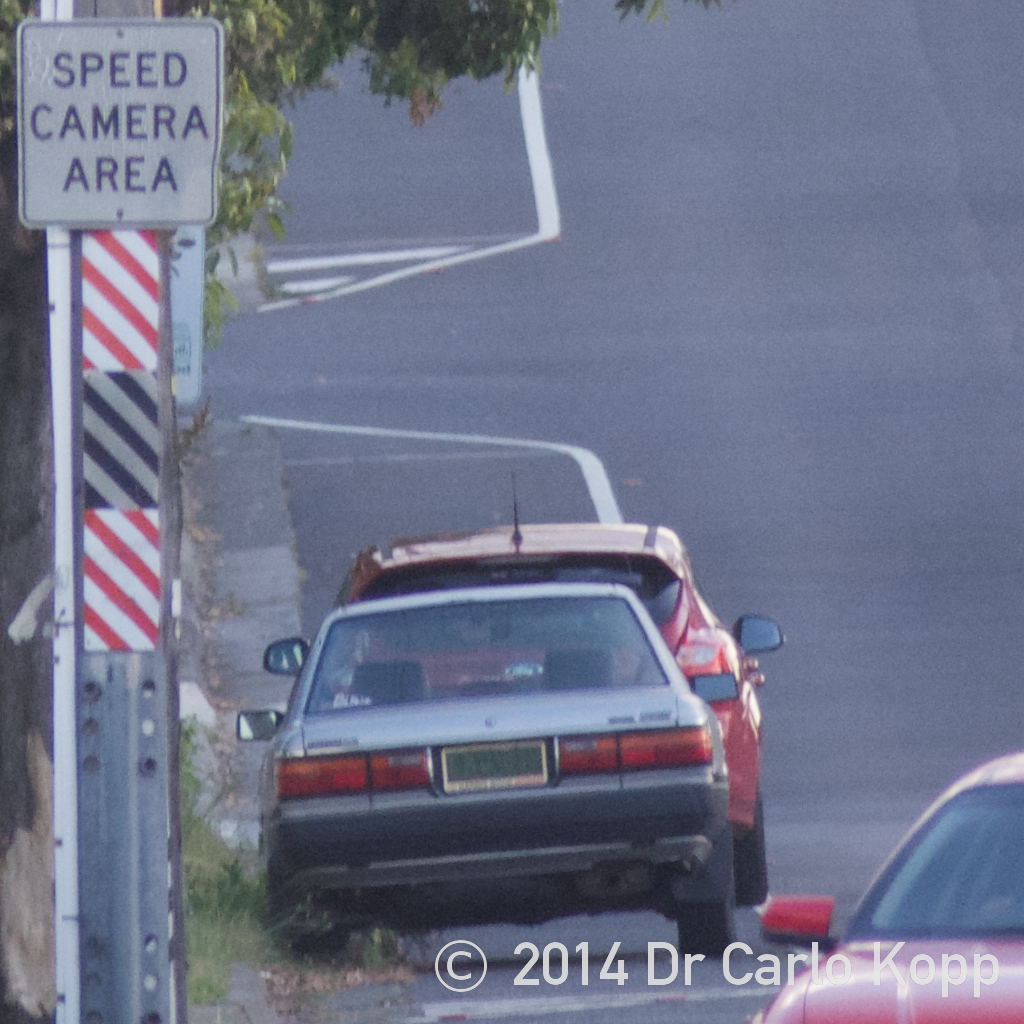 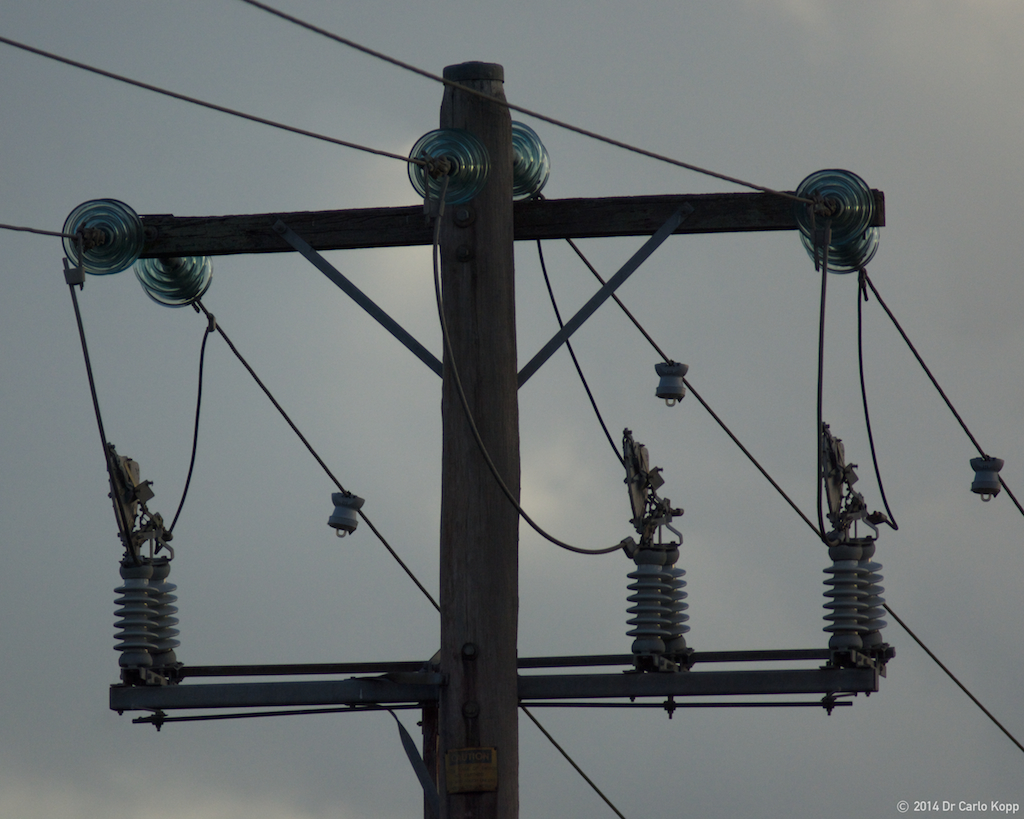 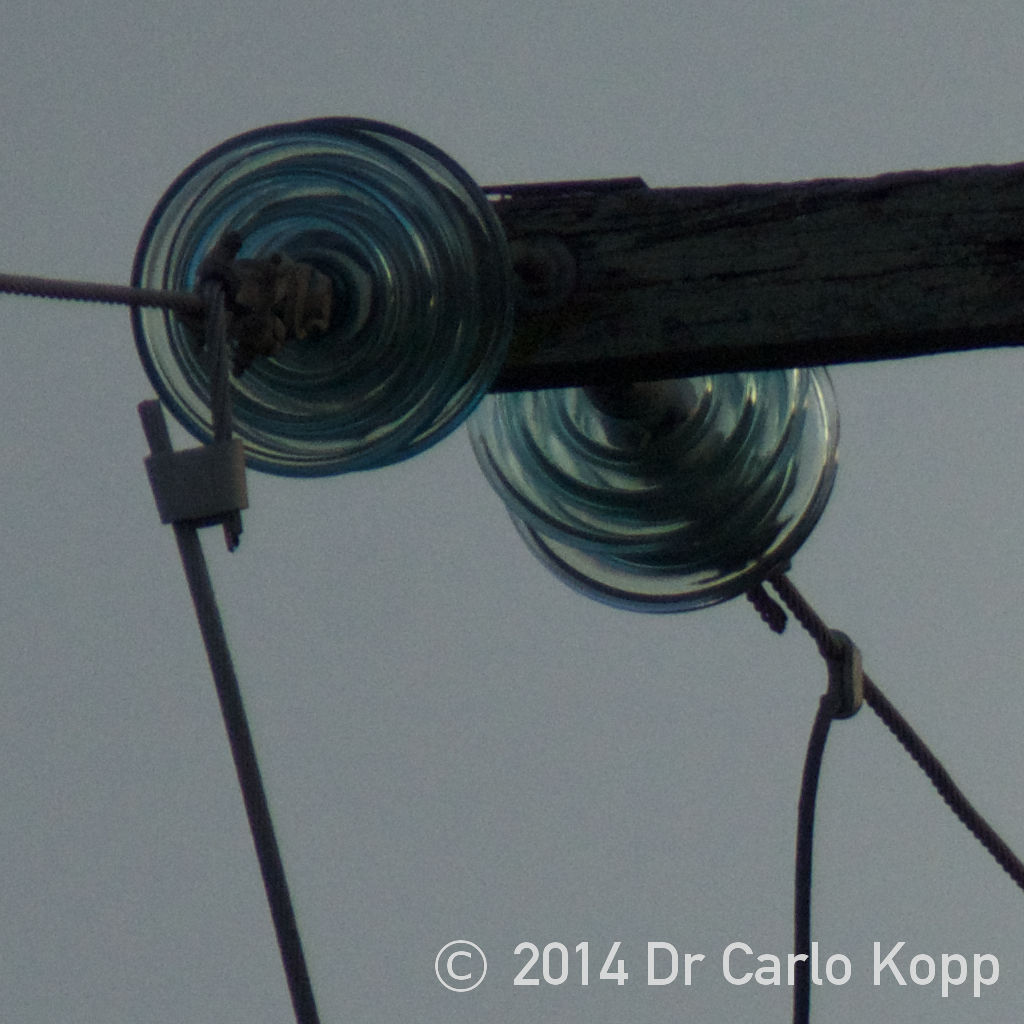 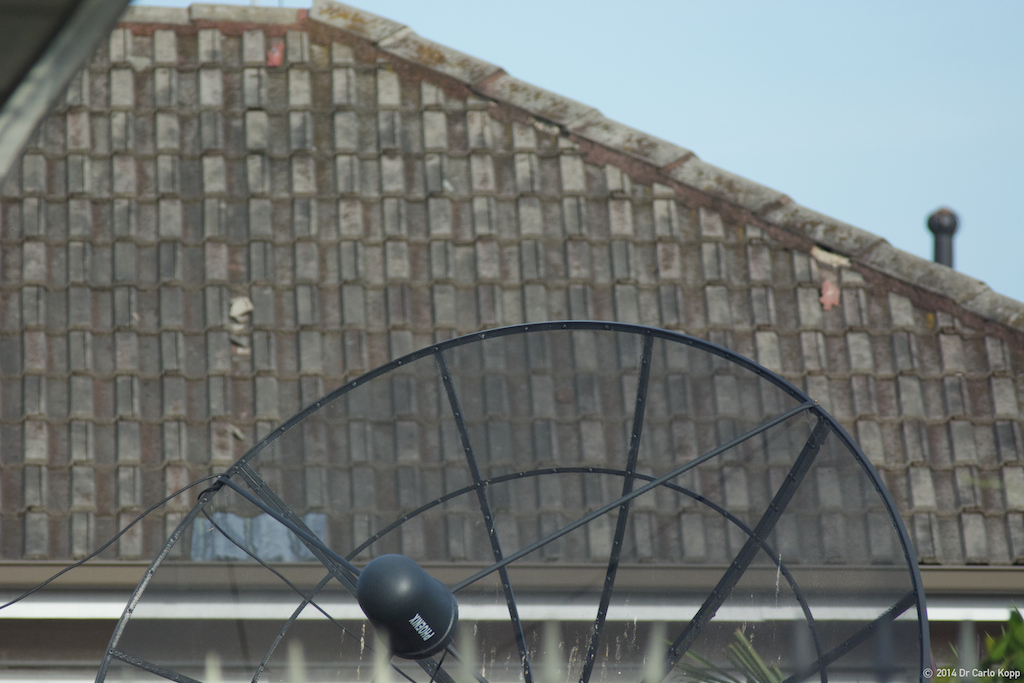 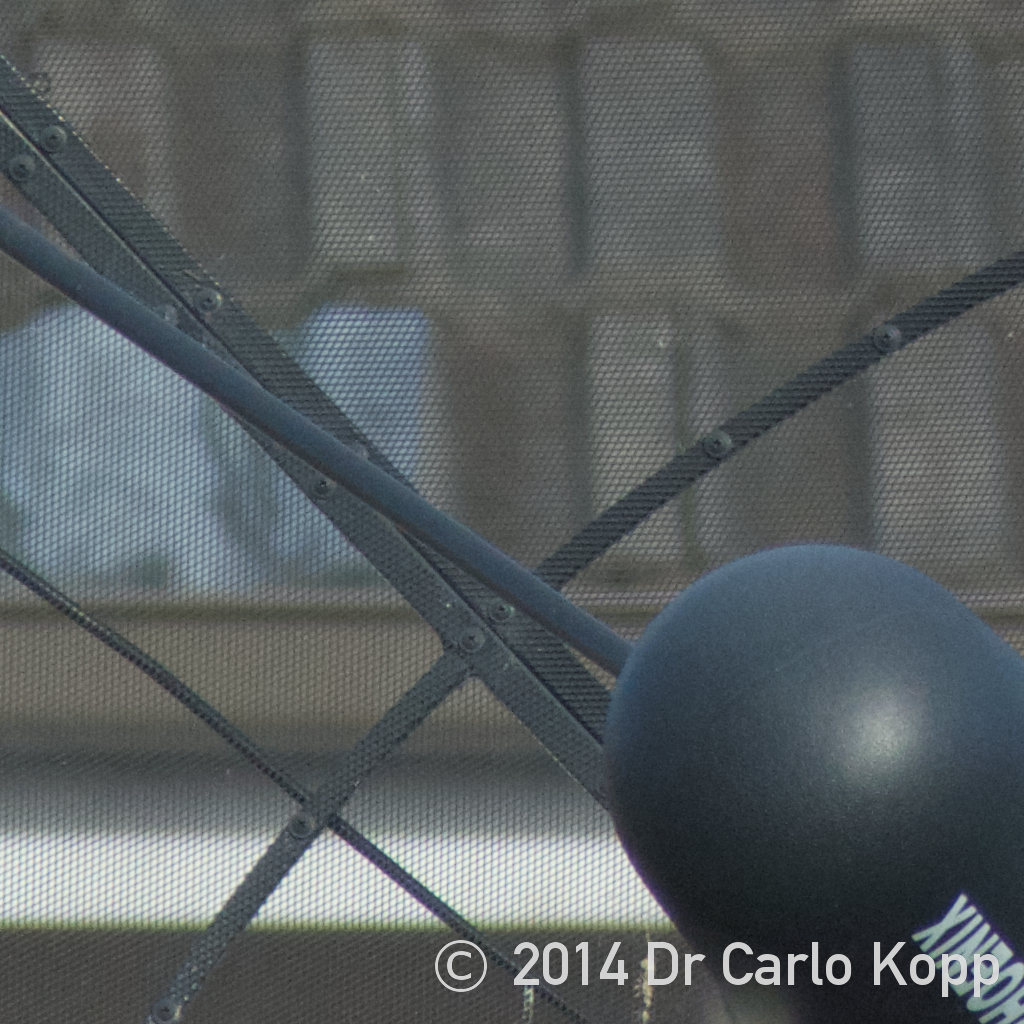 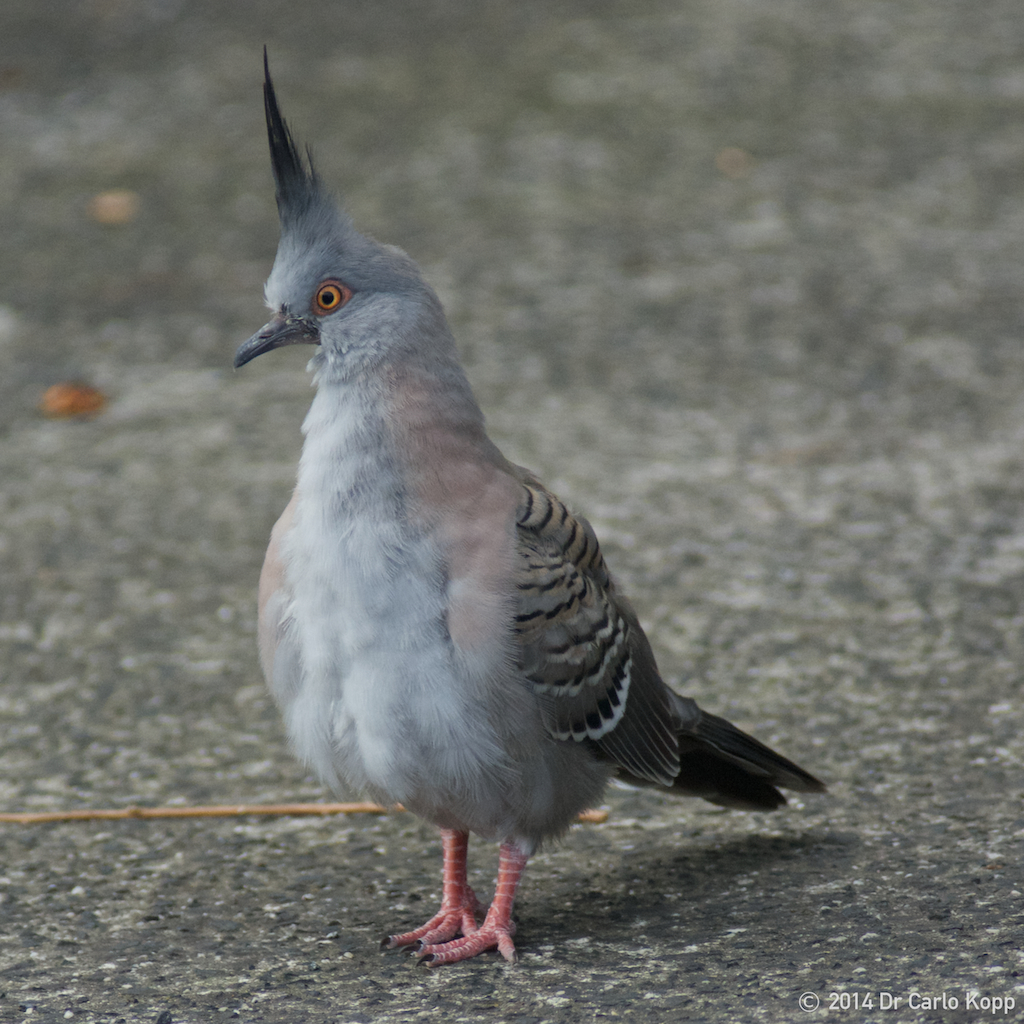 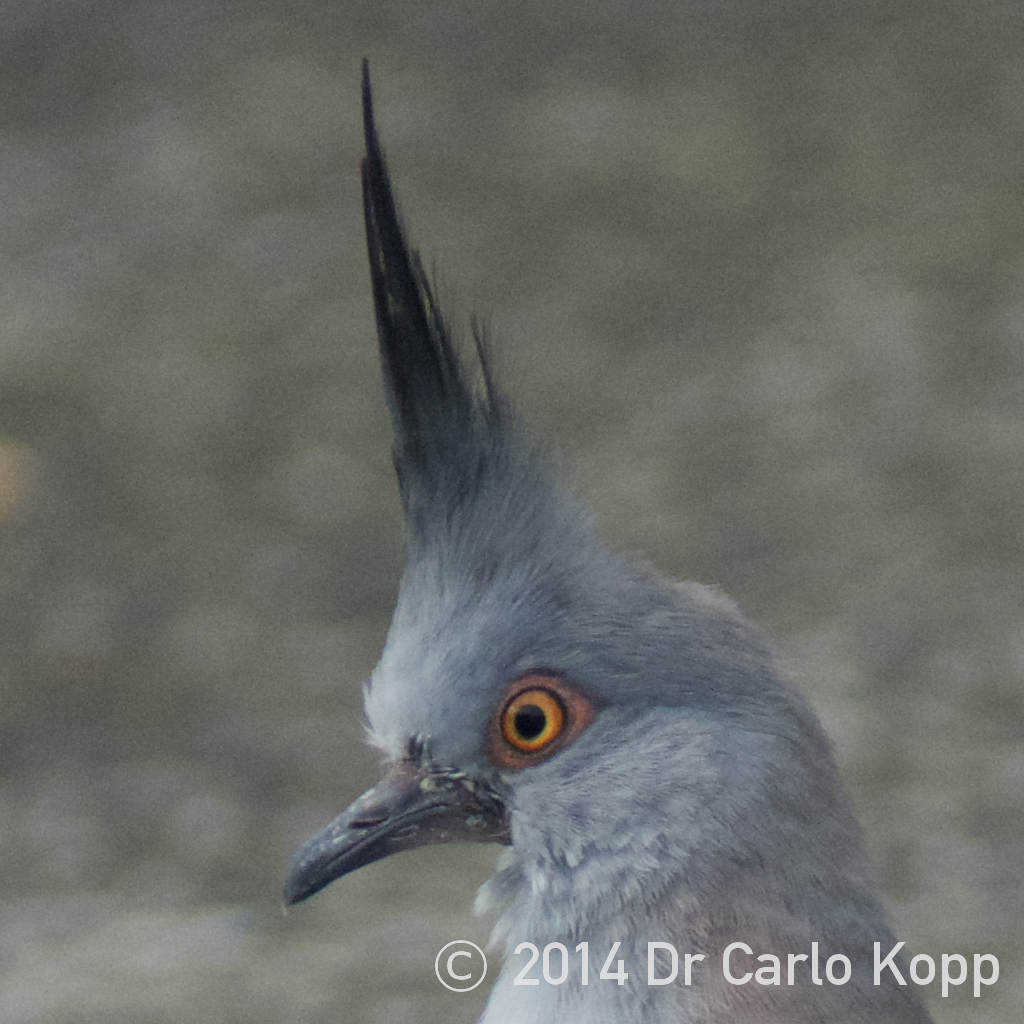 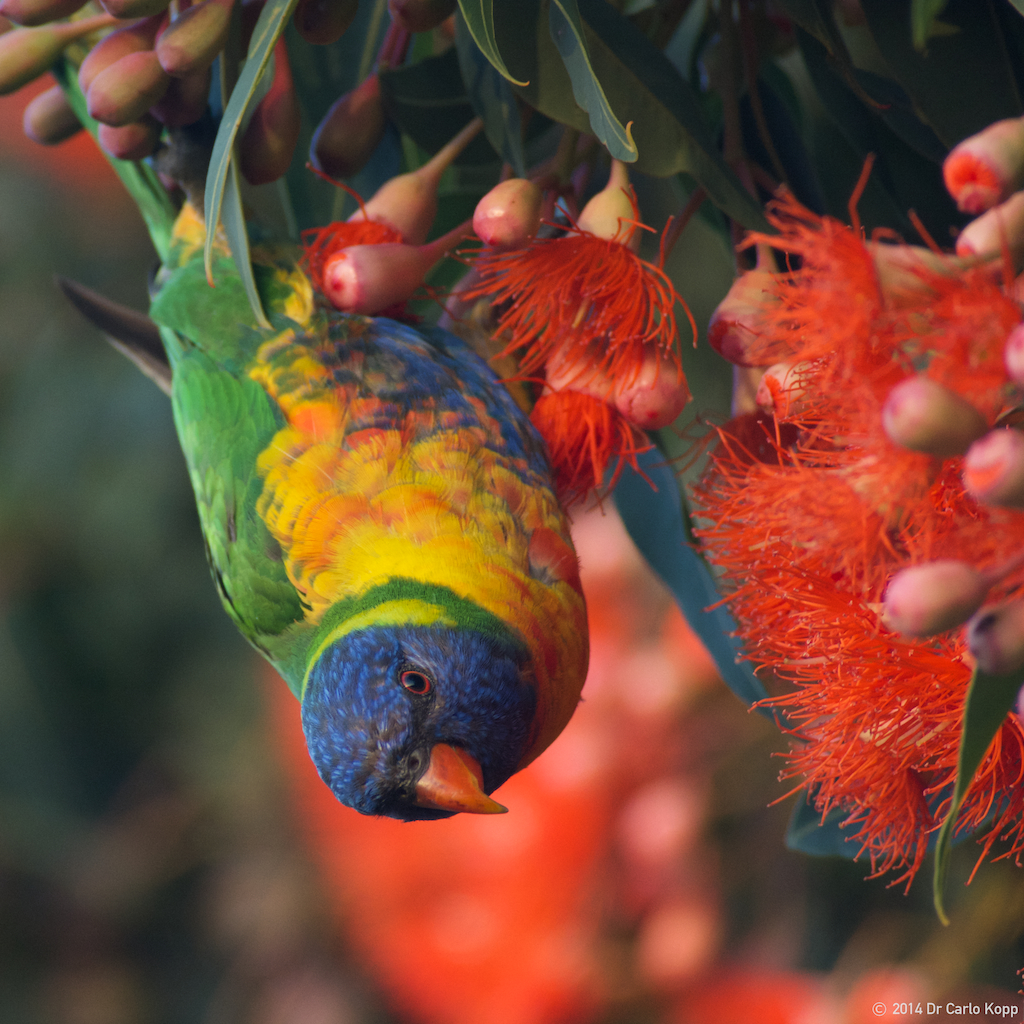 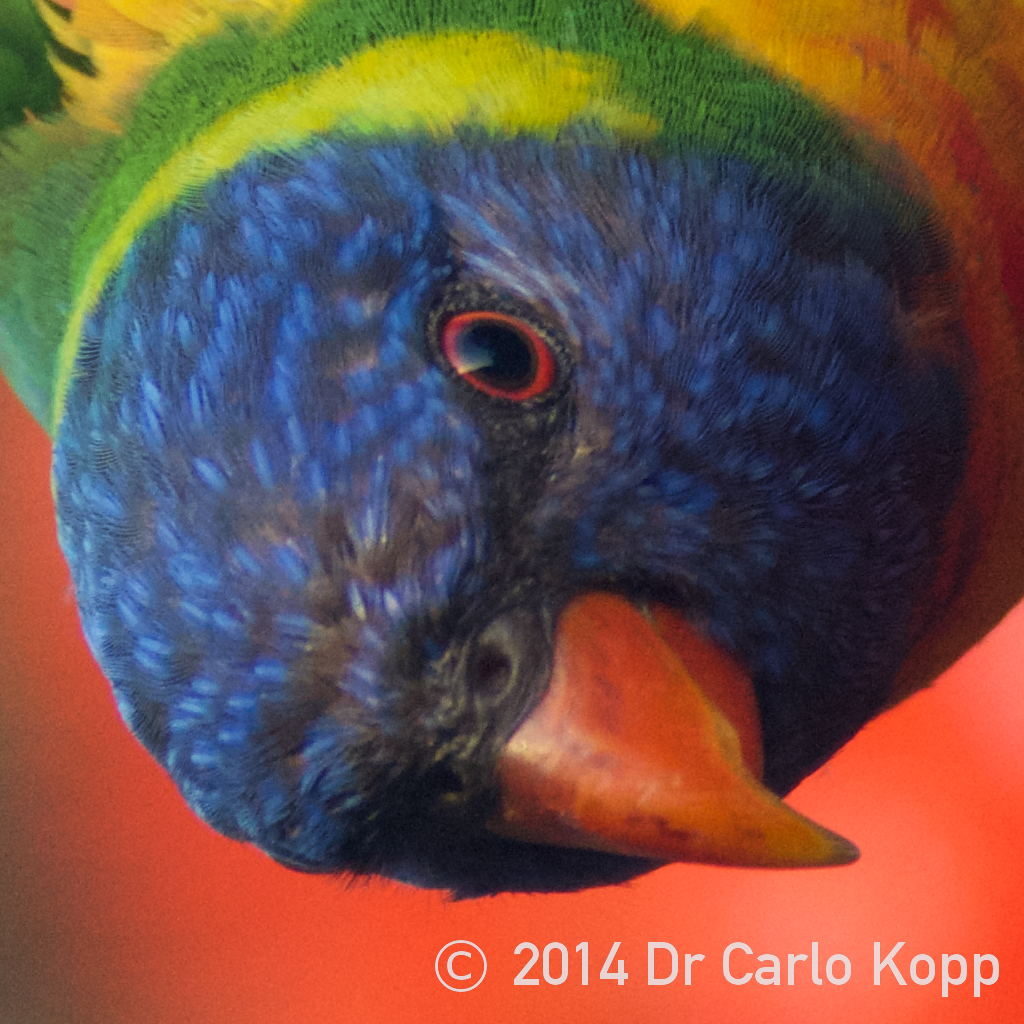 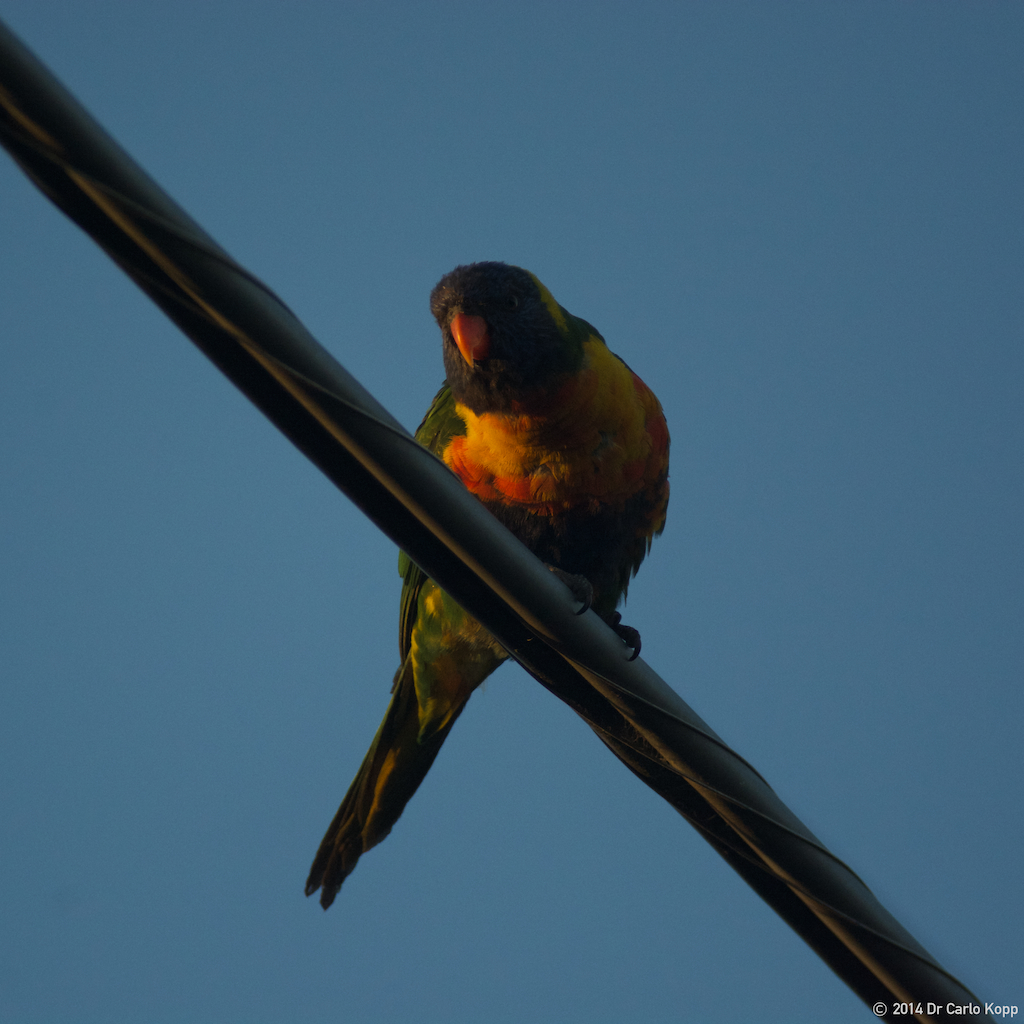 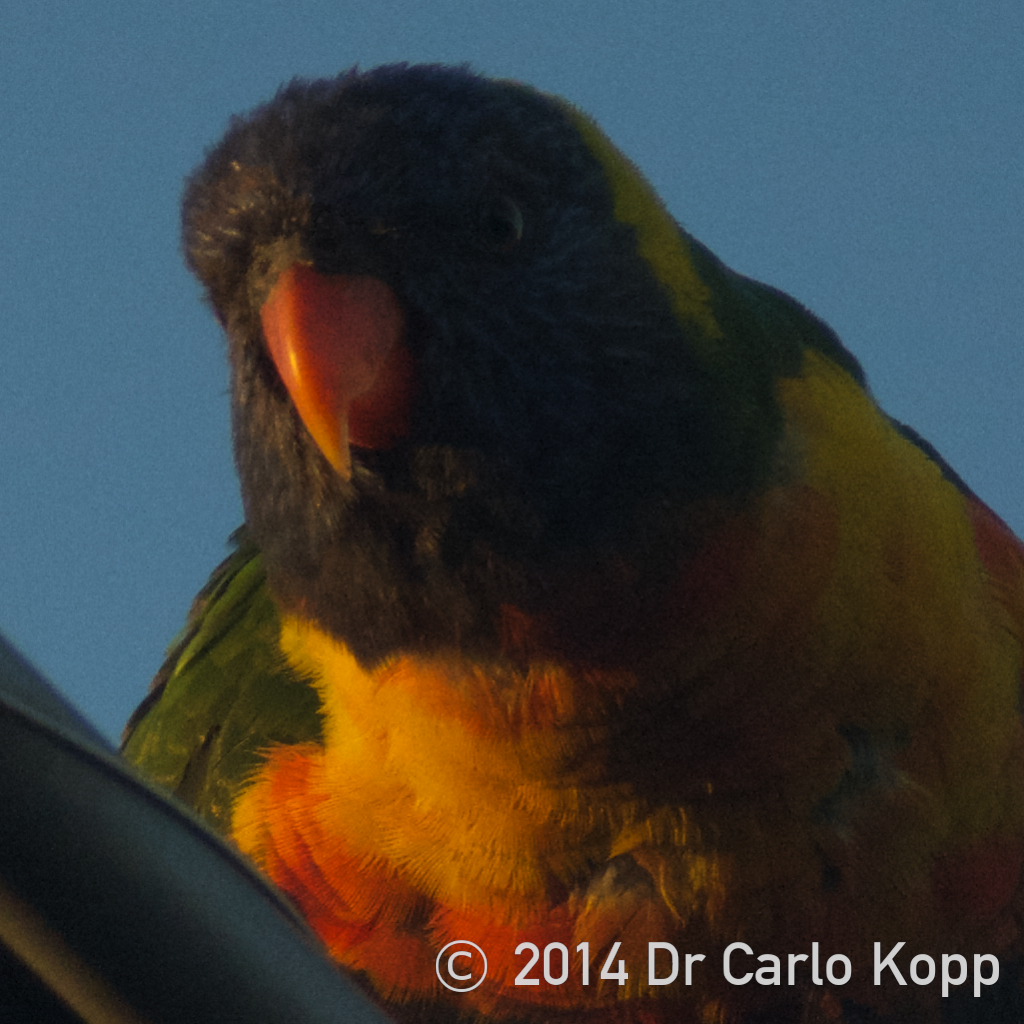 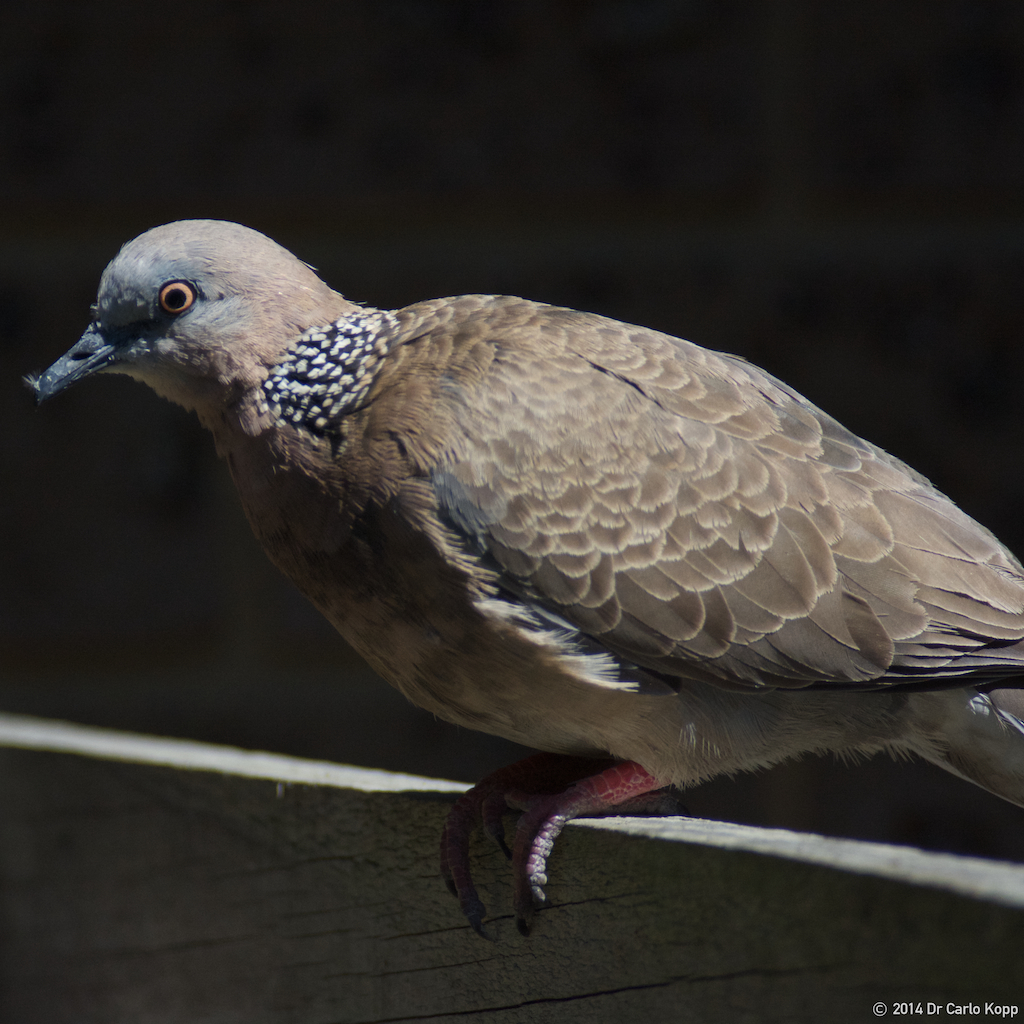 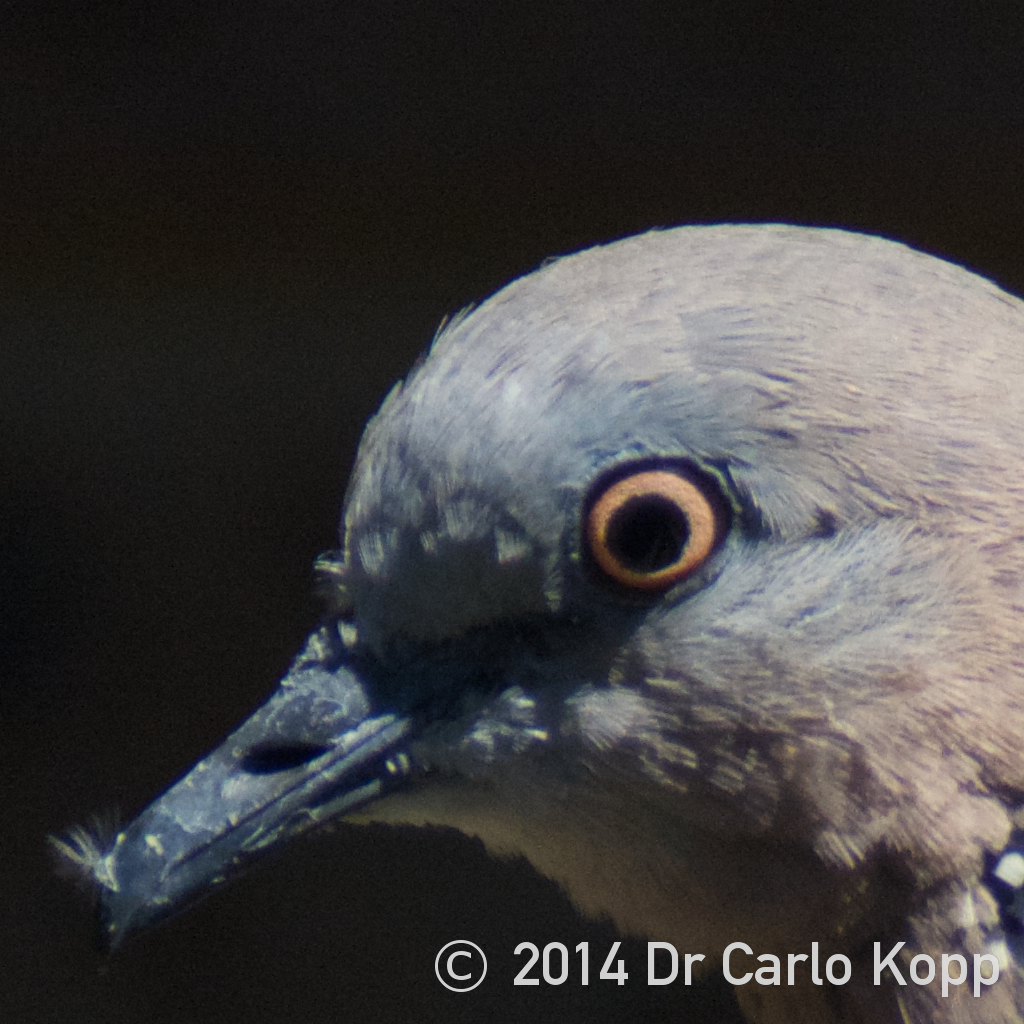 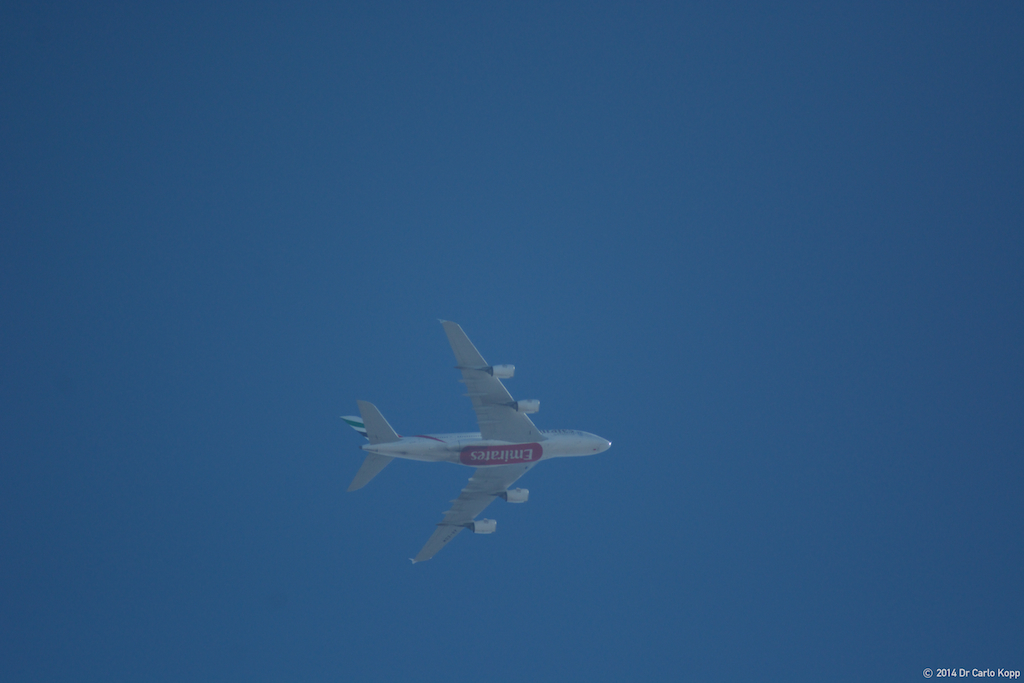 Emirates operated Airbus A380-861
A6-EDM, S/N 042, UAE406 on the AKL-MEL-DXB route, departing YMML and
passing over the Sandown Racecourse. This was a burst shoot, duration
of 5 seconds, yielding 16 frames. Calculated slant range was 12,850 ft
/ 3.9 kilometres (1605 pixels nose to tail), so likely altitude was
~12,500 ft AGL. Contrast has not been adjusted in these photos, they
have only been cropped. D7100 Auto-ISO between ISO 450 and 320. Note
the low altitude suburban haze, and brightness of sunlight bounced off
the suburban landscape, and illuminating the belly of the aircraft.
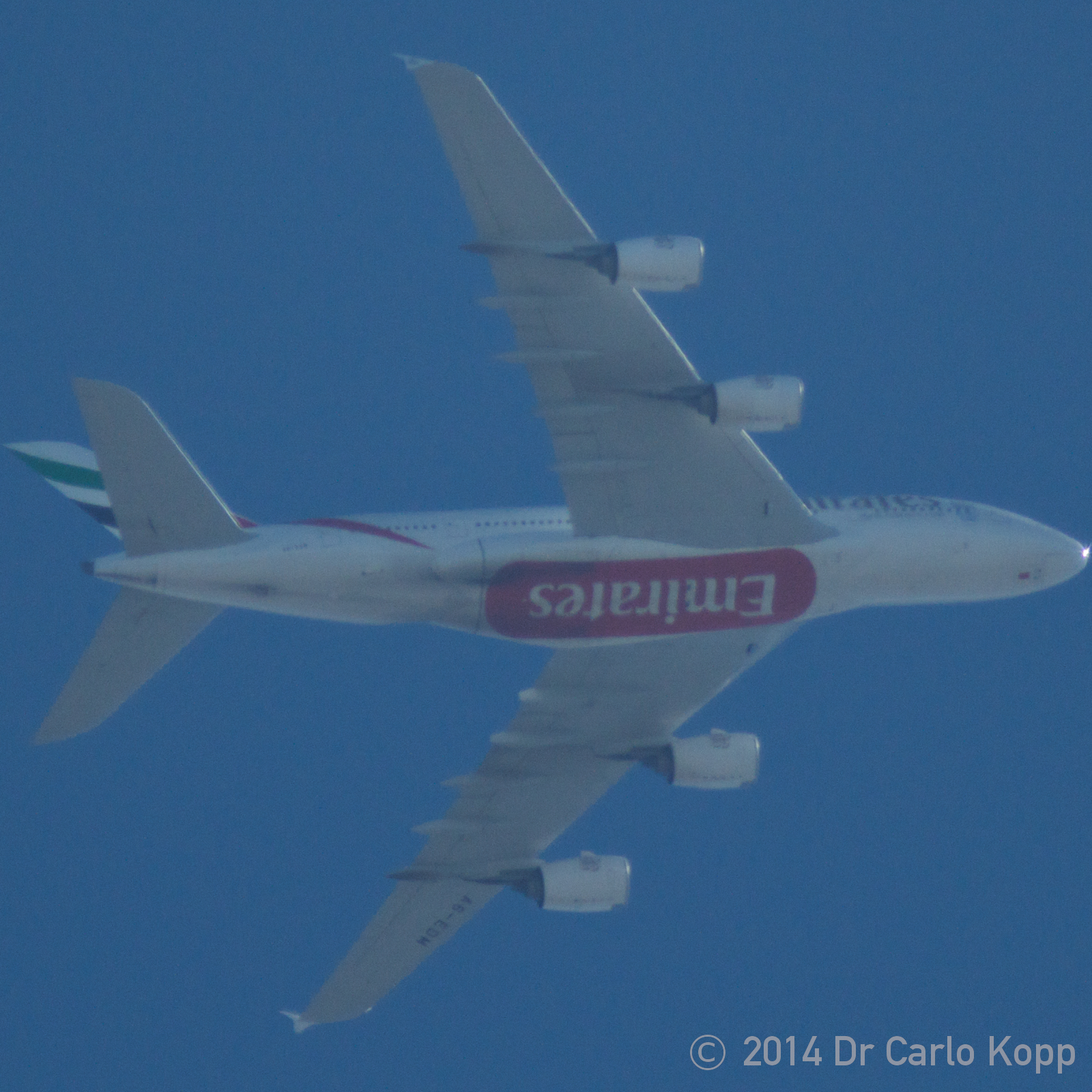 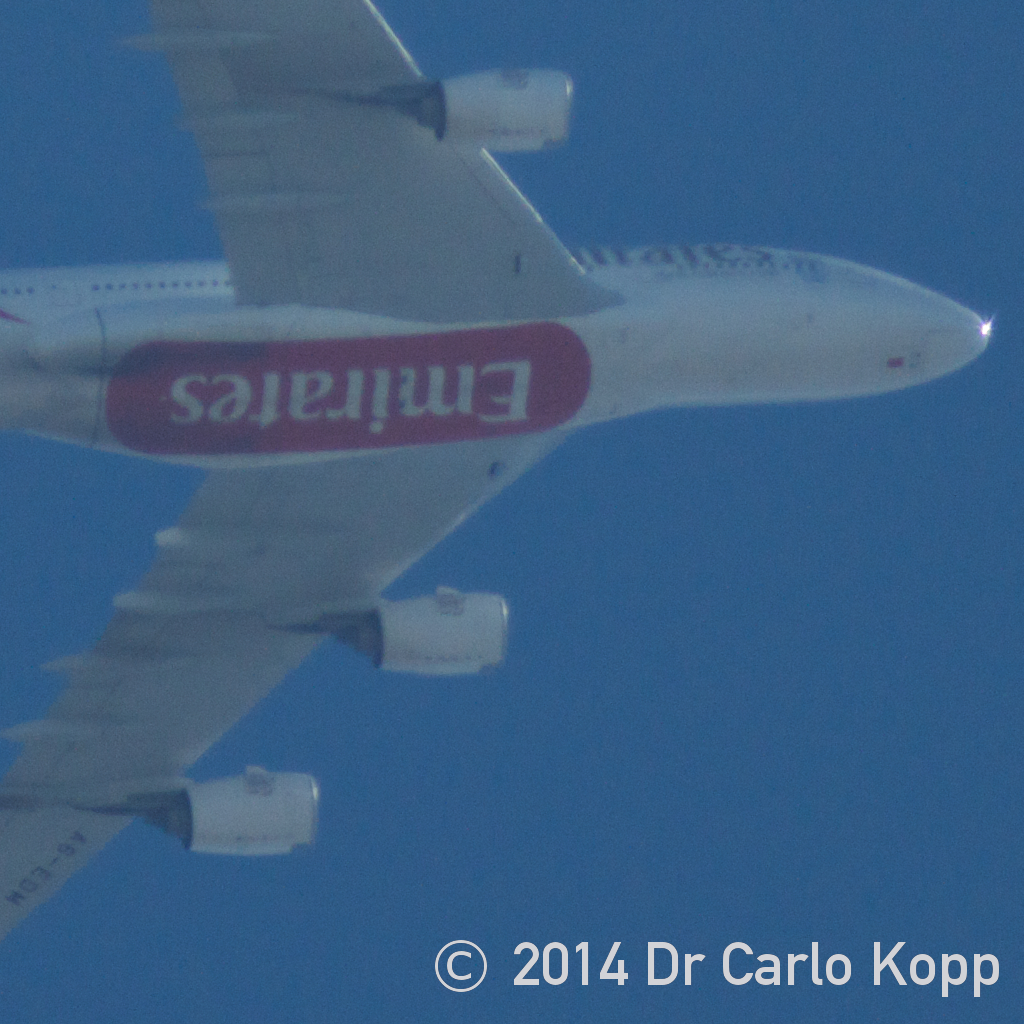 |
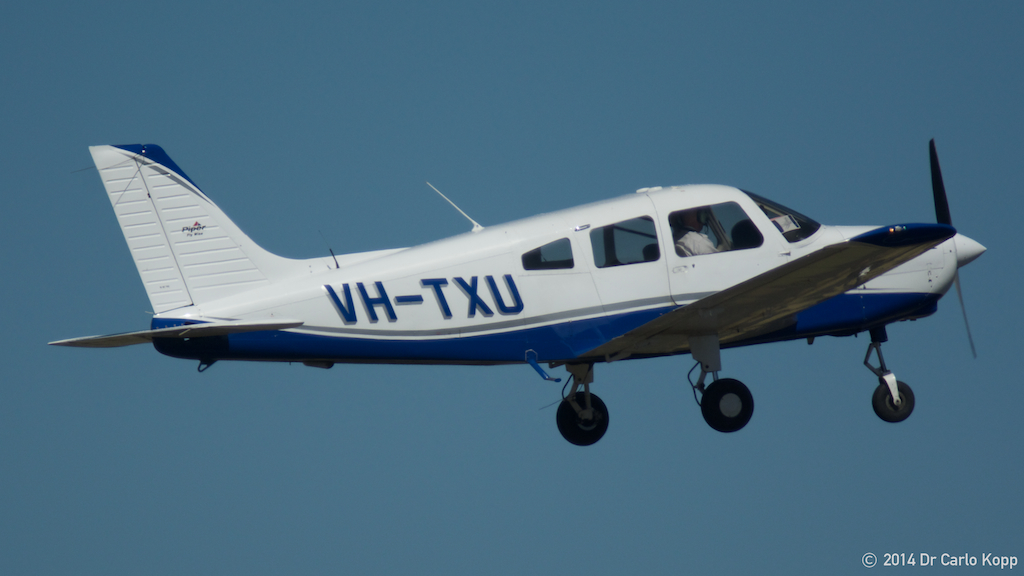 Moorabbin Airport (YMMB) shoot,
12th January, 2014. Even on a warm, rather than genuinely hot,
Australian summer afternoon, thermal shimmer effects are pronounced.
These can be observed in images of taxiing aircraft, as well as
airborne aircraft at lower altitudes. Other images show pixel level
softness absent otherwise. Captured at f/6.3 and some at f/11.0.
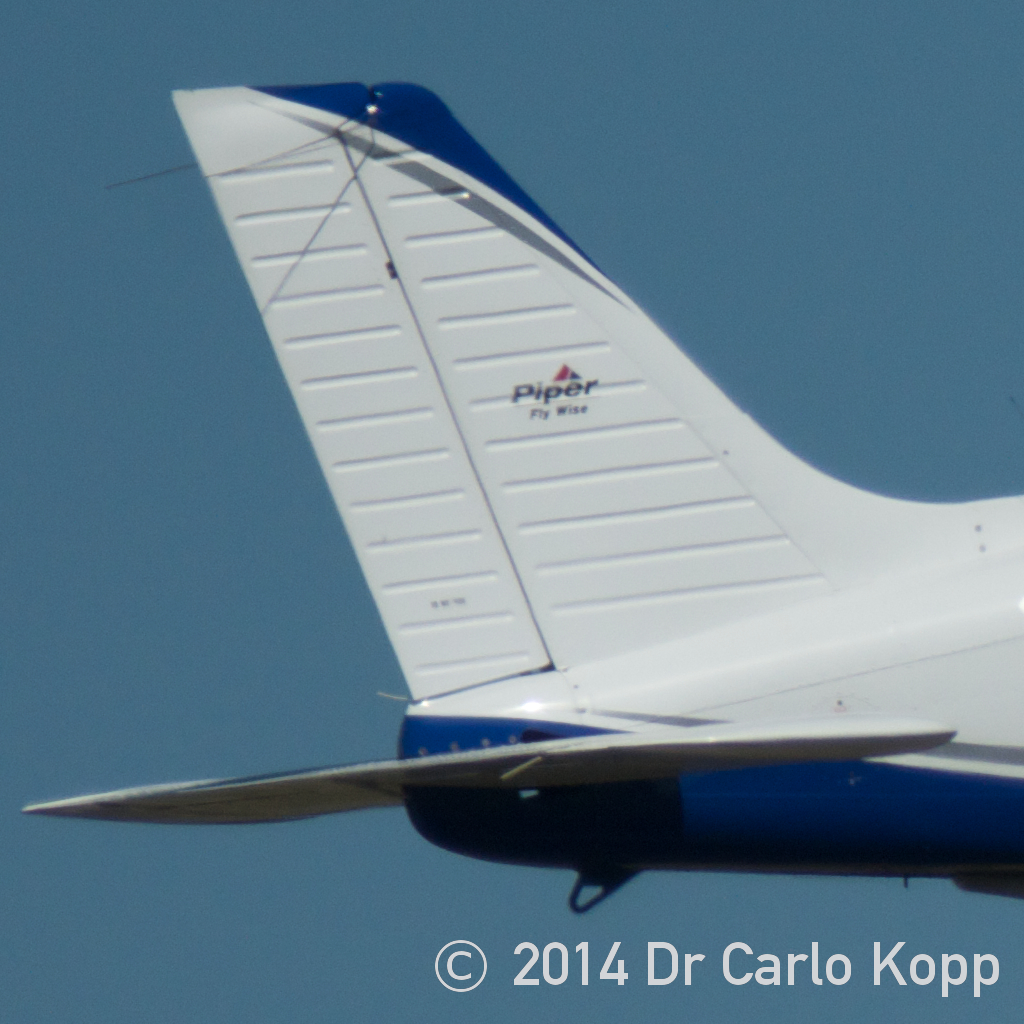 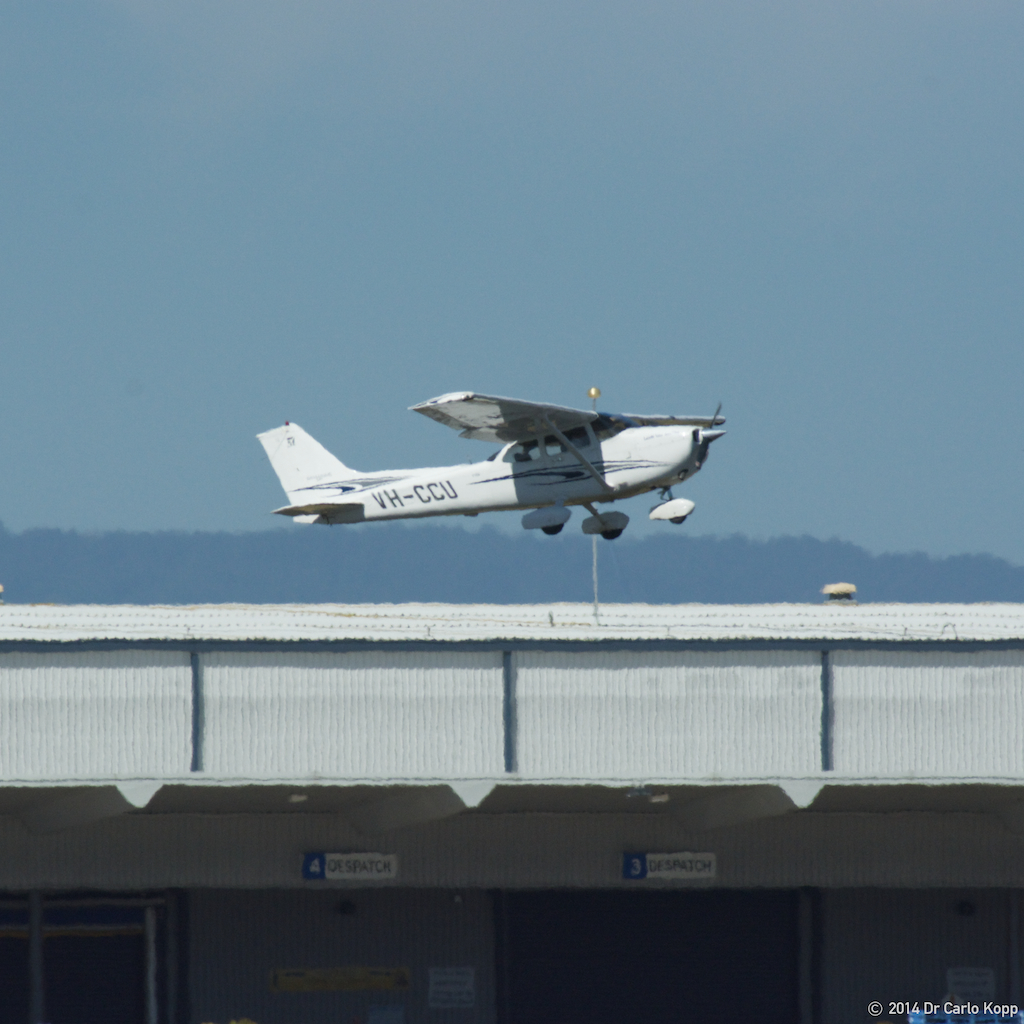 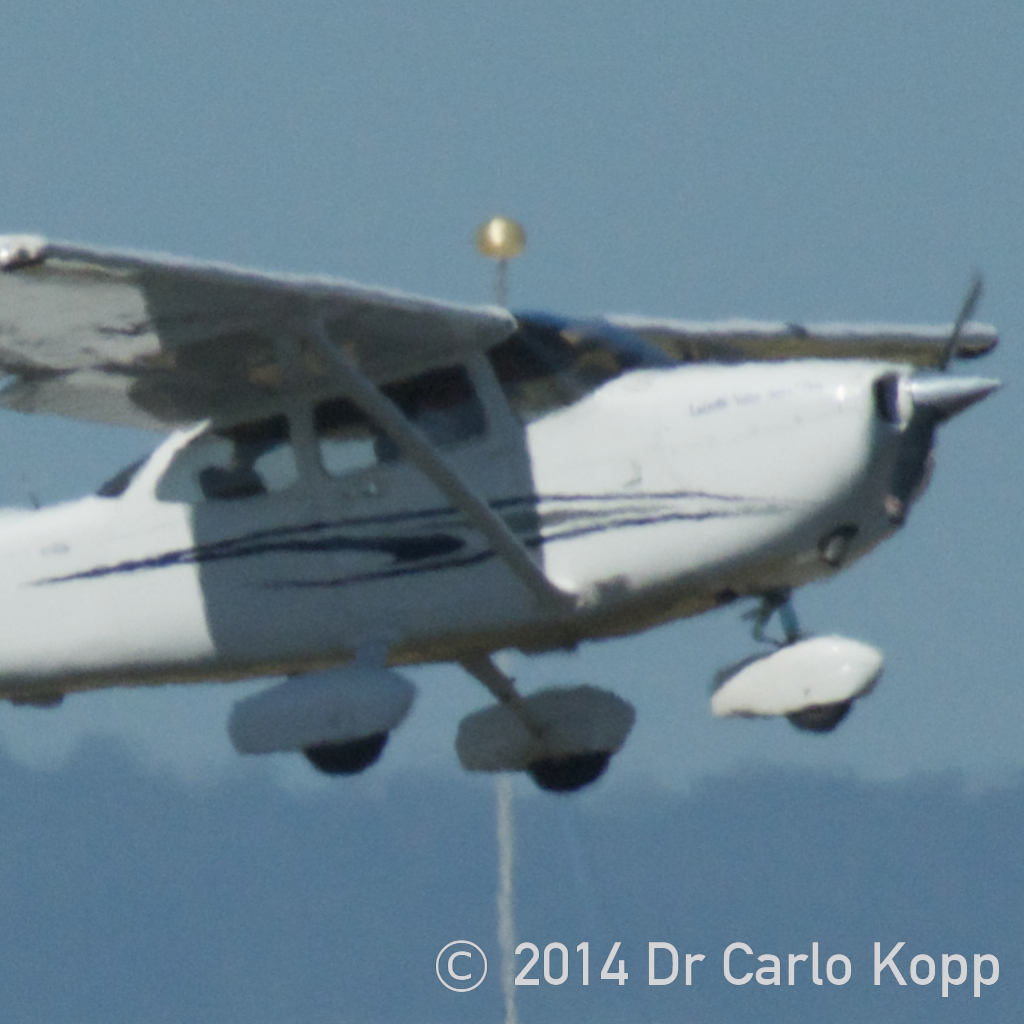 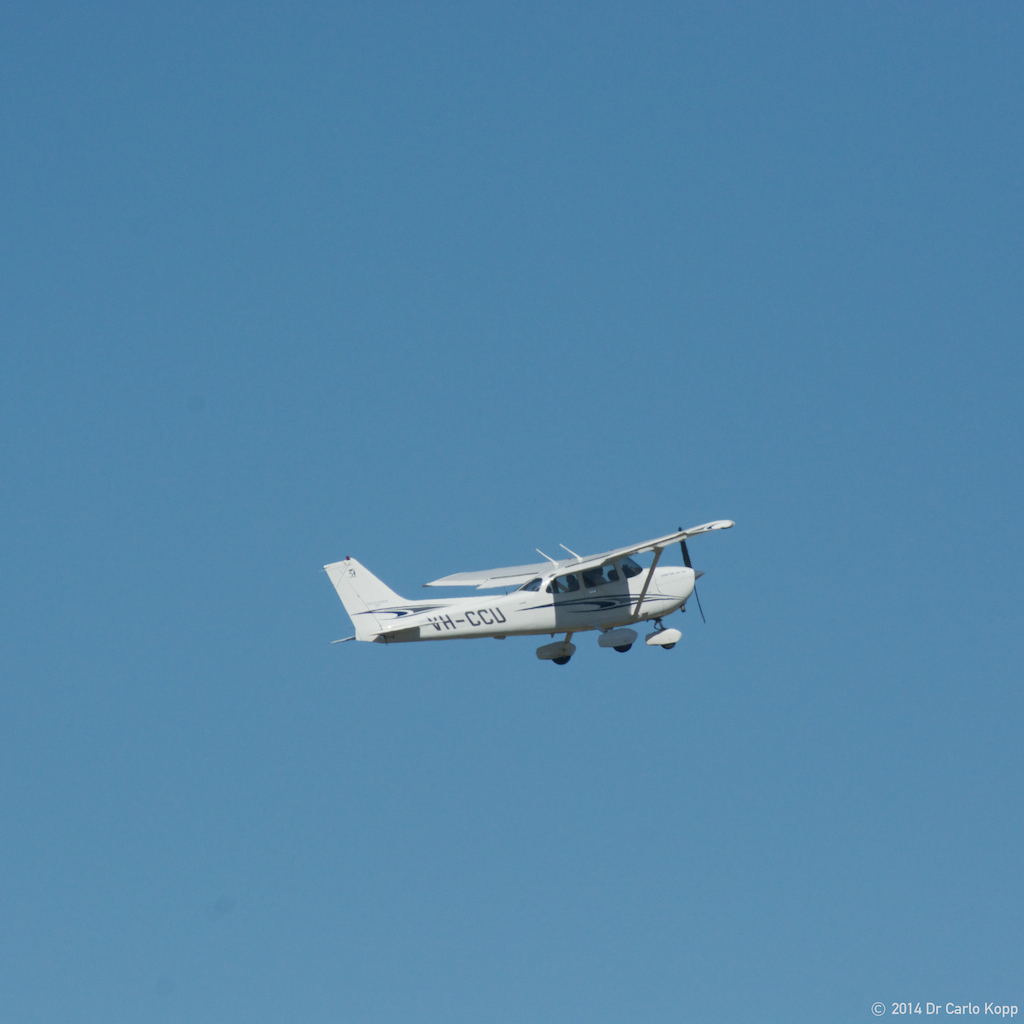 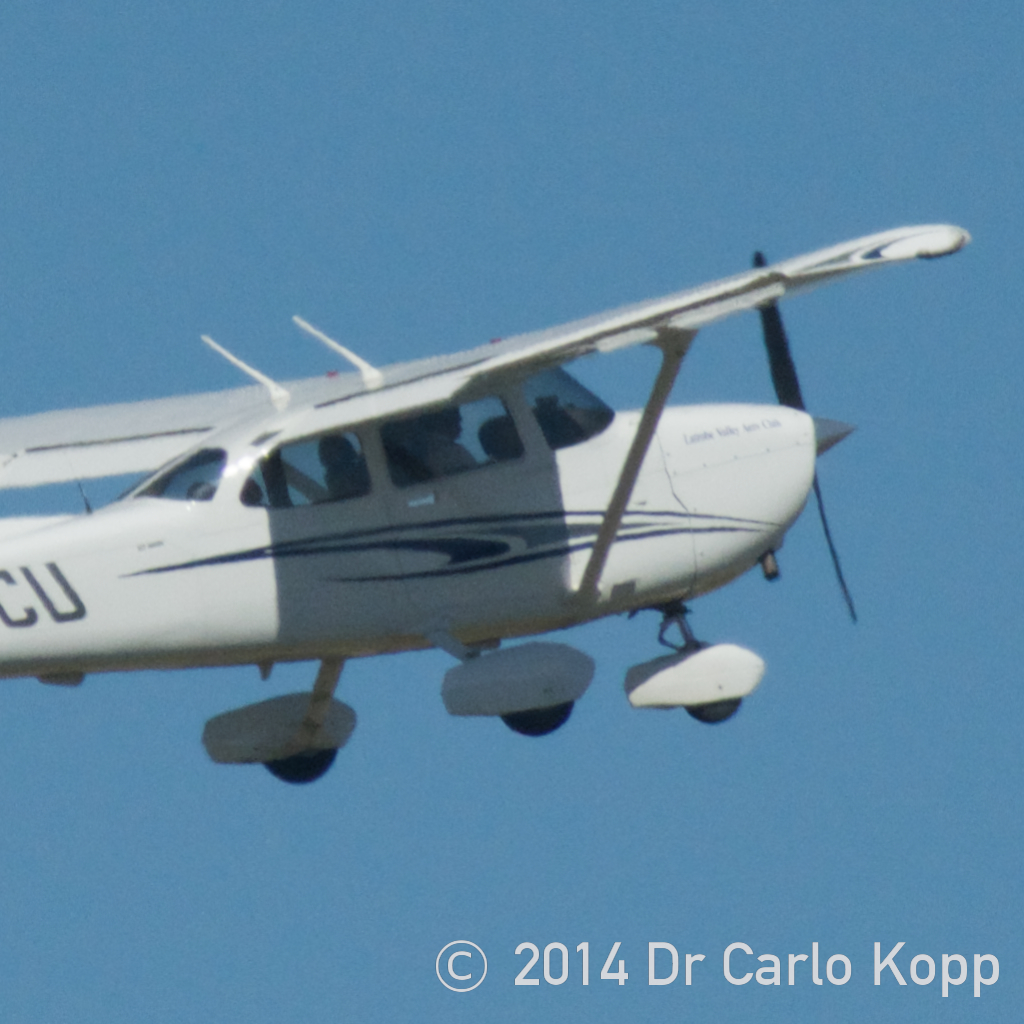 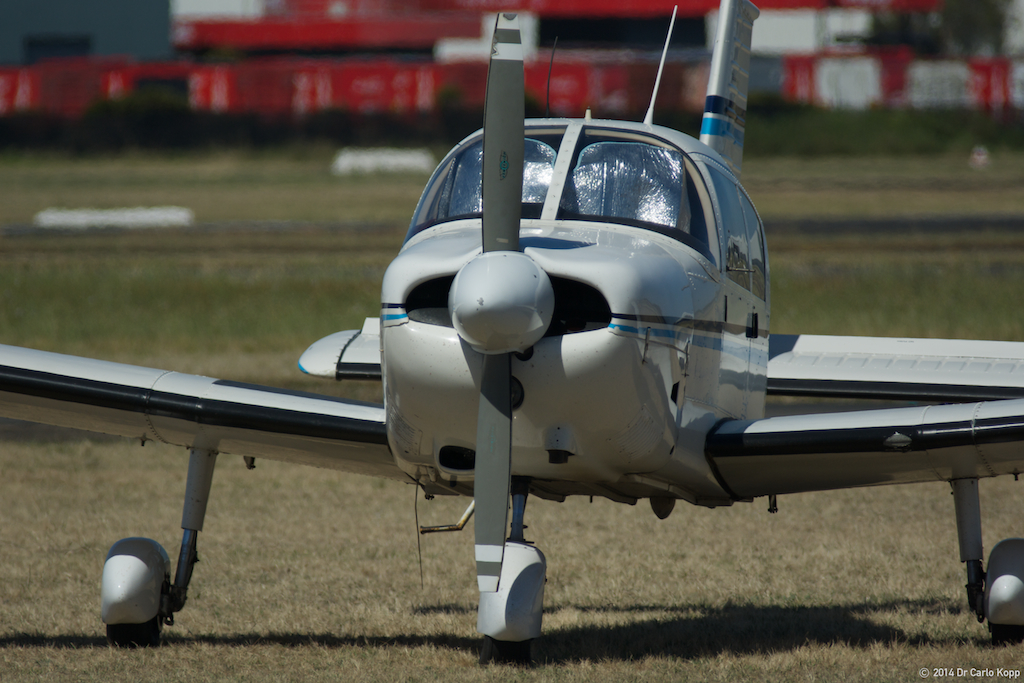 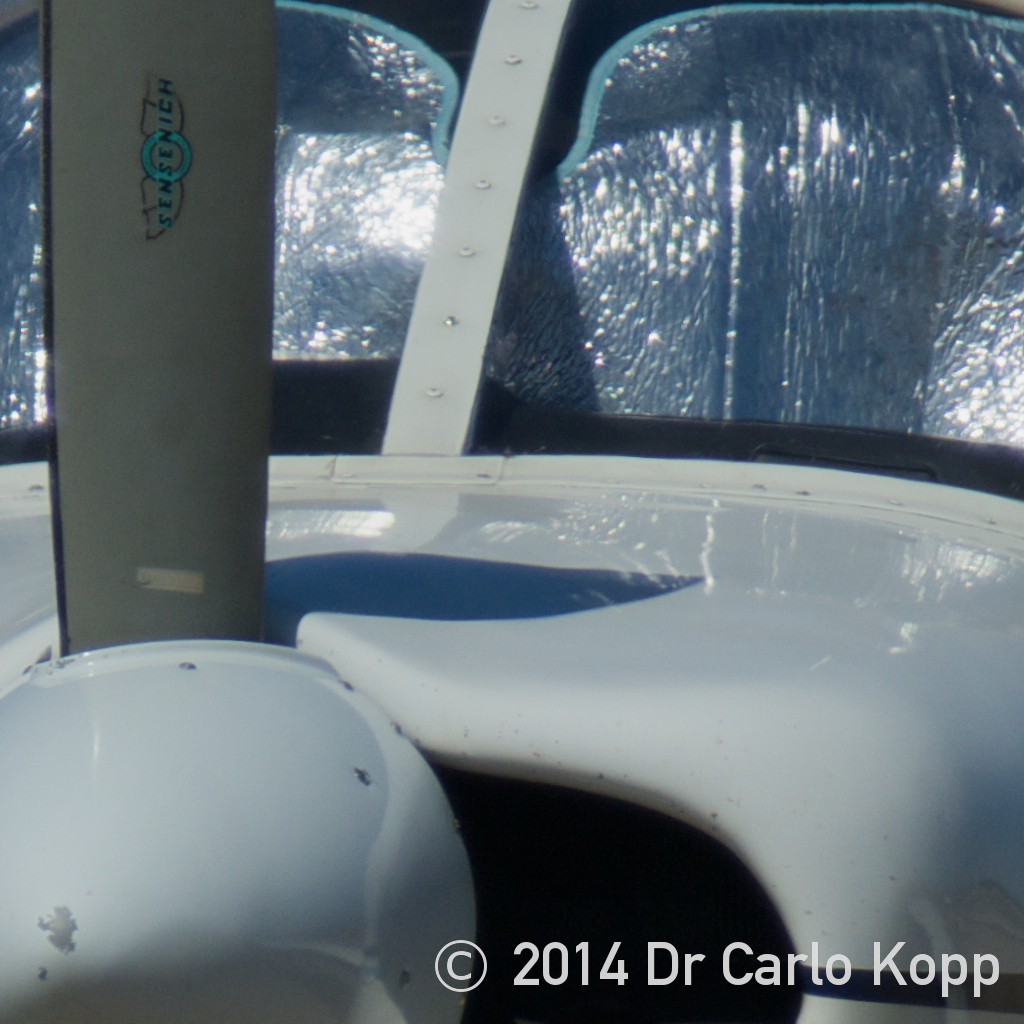 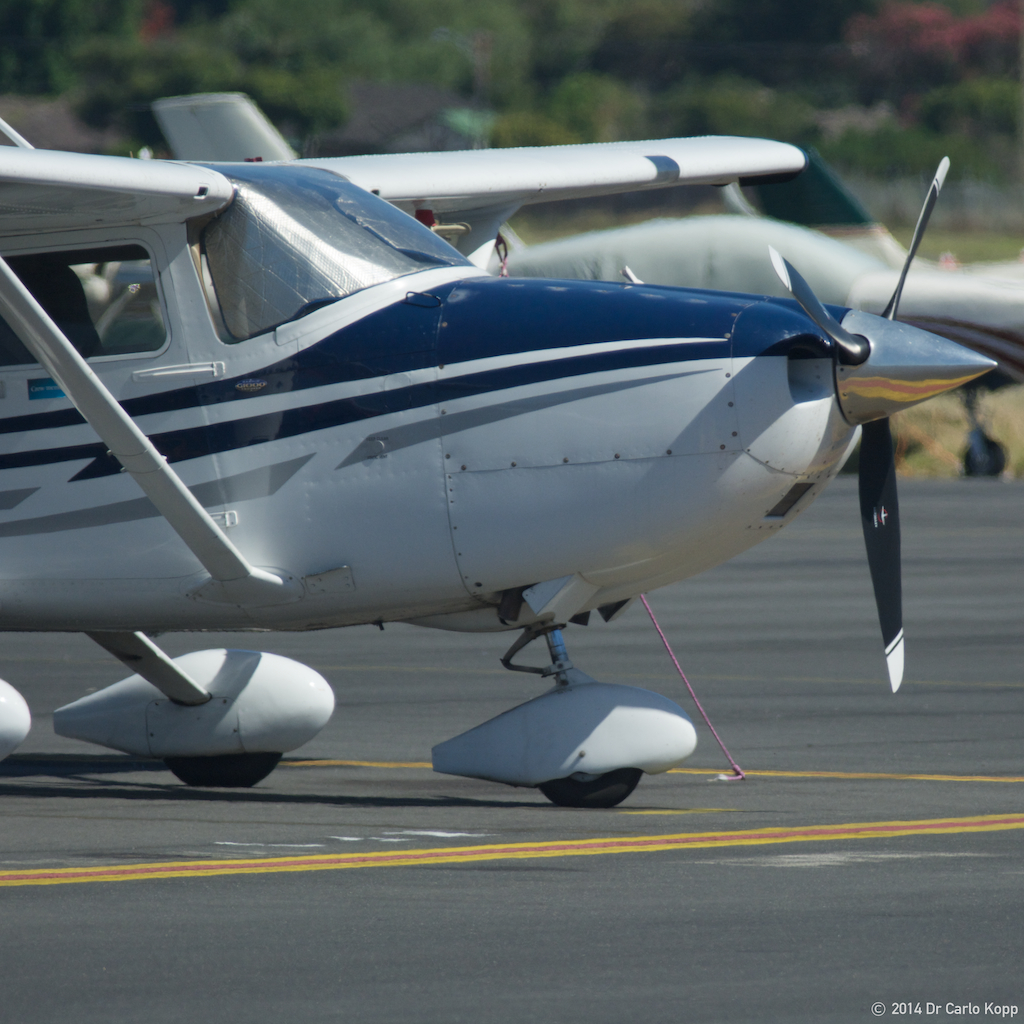 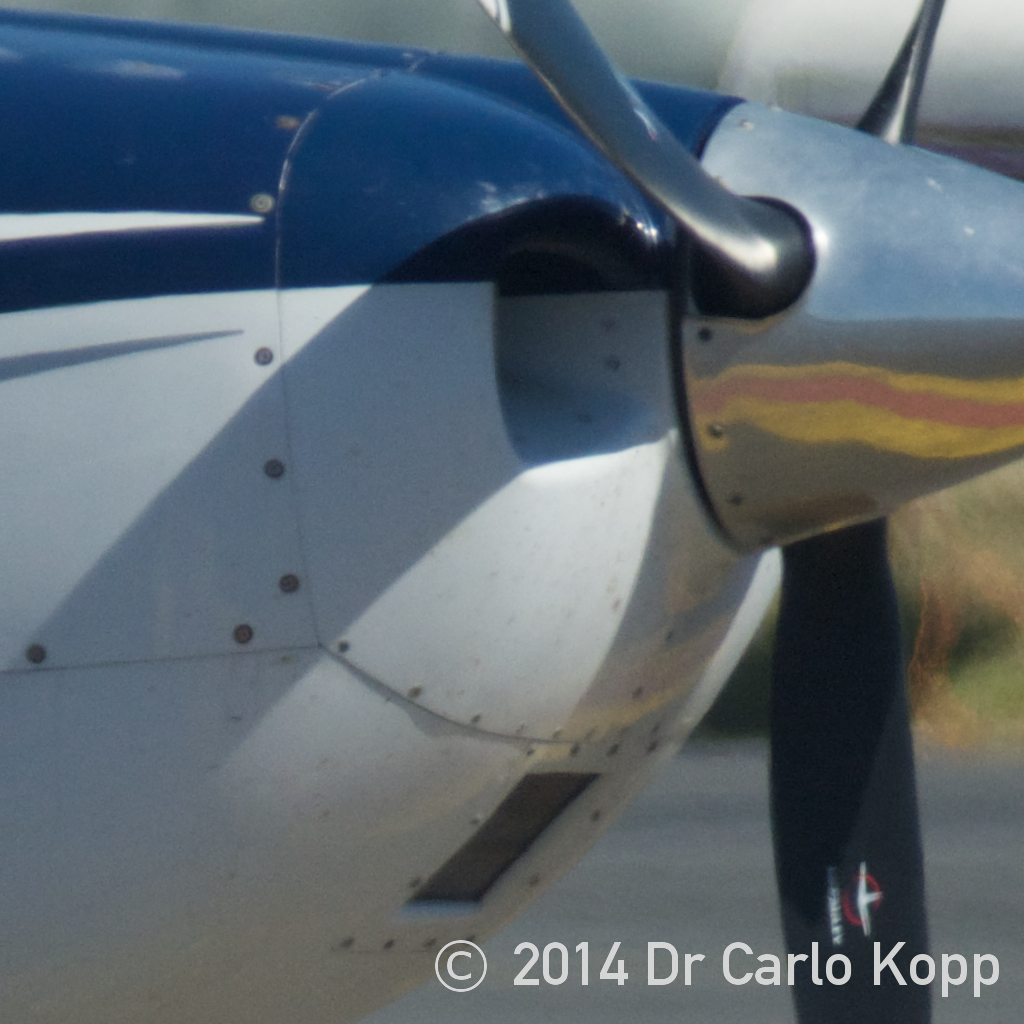 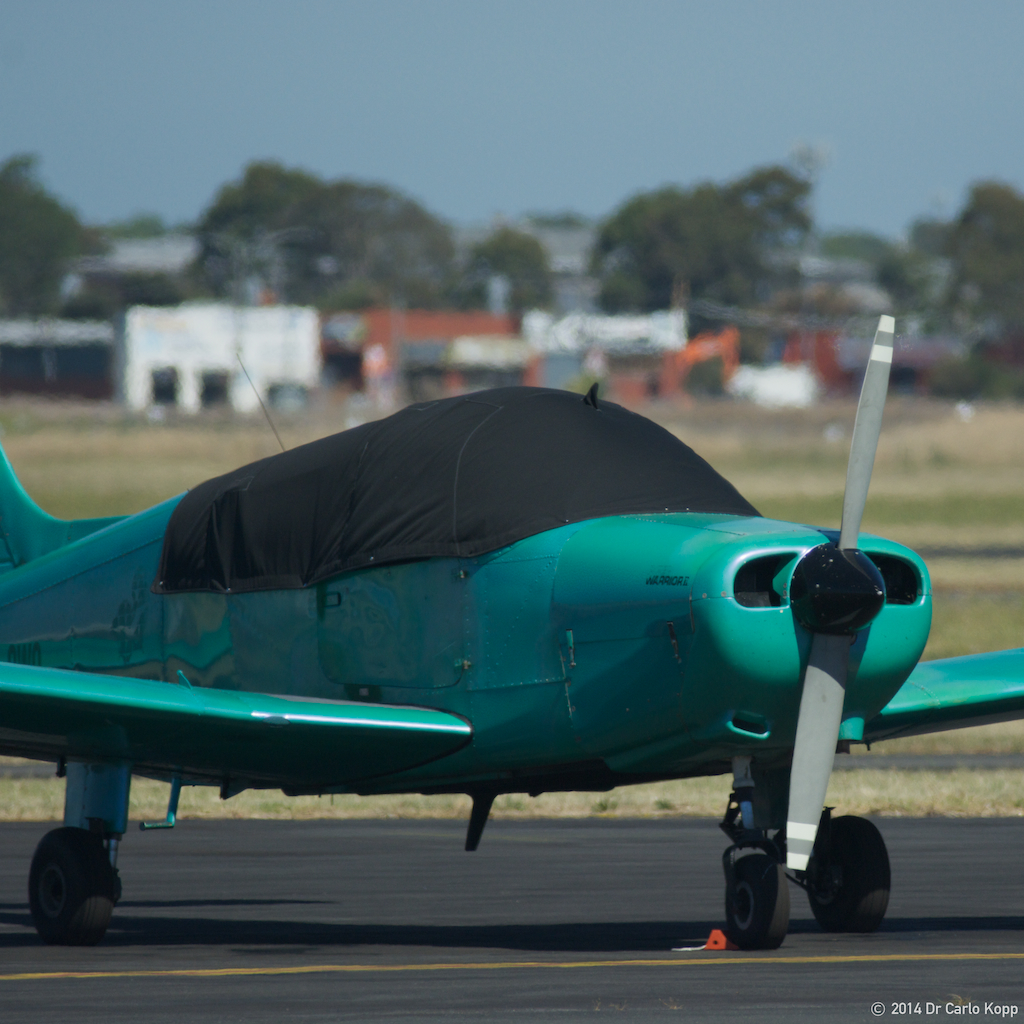 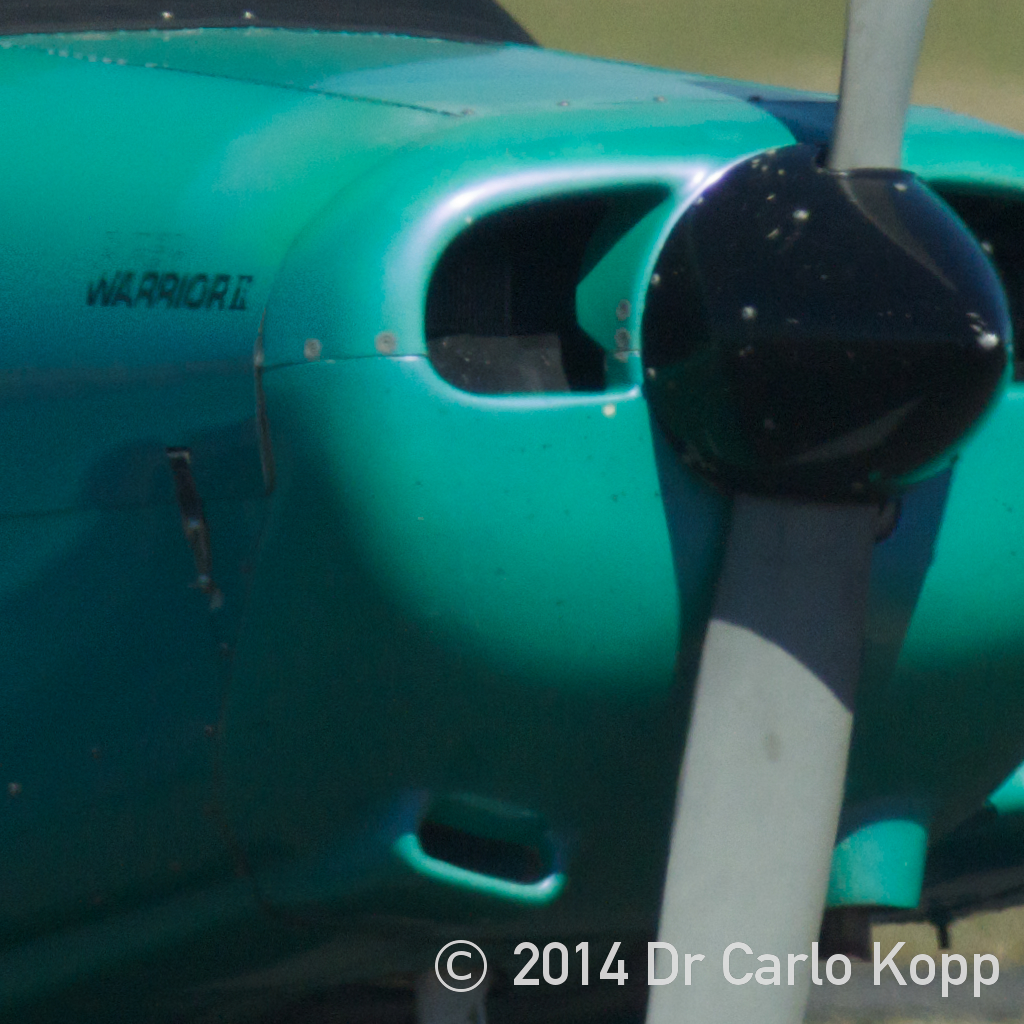 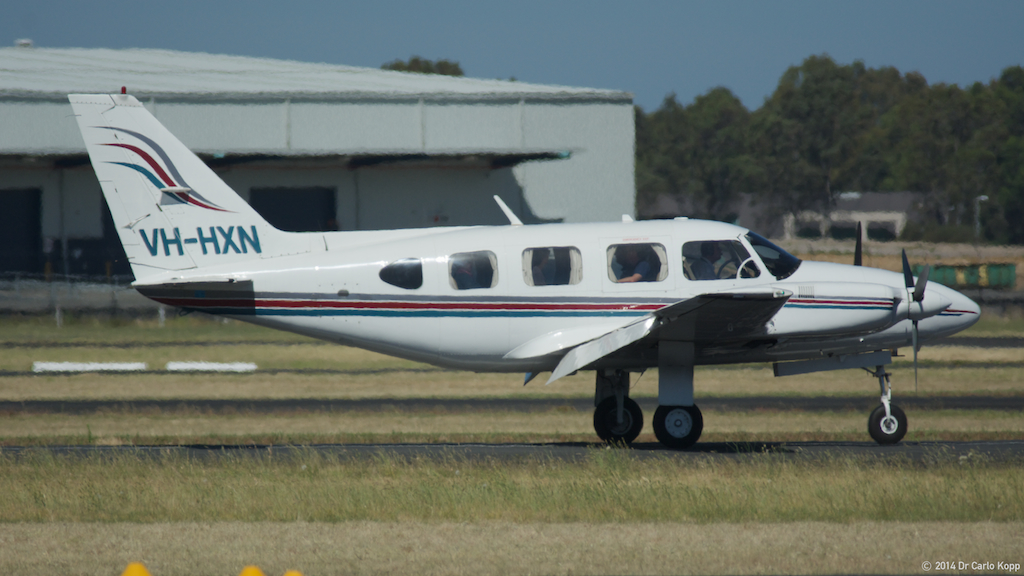 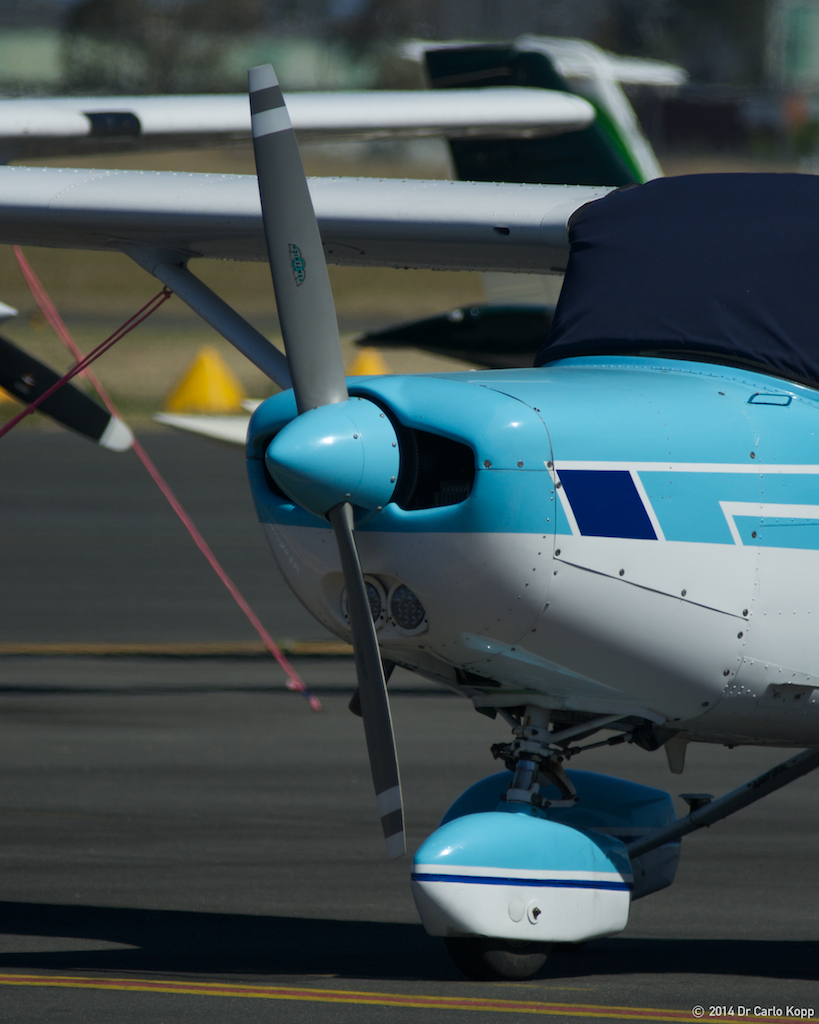 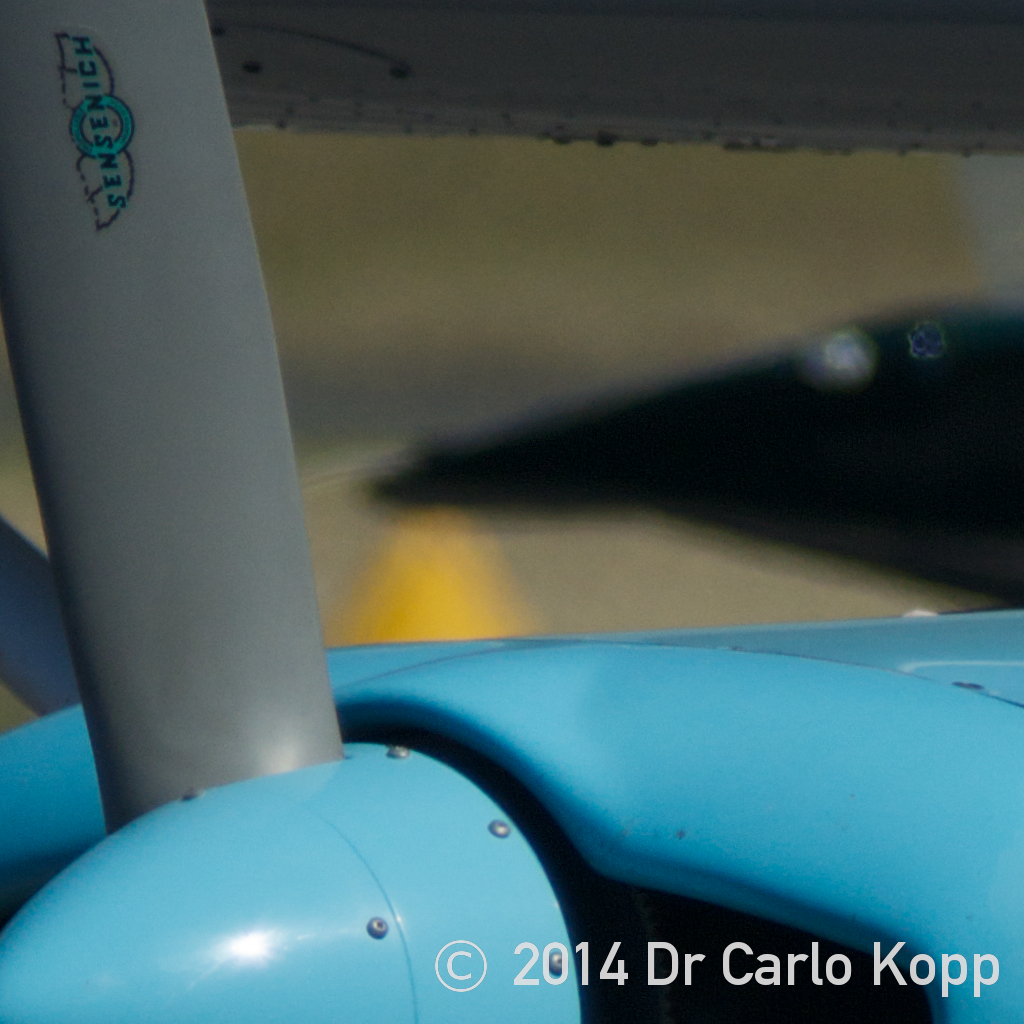 |
Sigma AF 400mm f/5.6 APO / Tamron-F 1.4XN MC4 / Nikon D7100 |
|
Focal Length: 560mm (840mm) Aperture: f/5.6 eq. f/8.0 ISO: Auto Nikon Control Law Shutter: Auto Nikon Control Law Metadata: EXIF, IPTC Notes: Detail crops are 1:1 10242 pixels for
comparison; highlight overexposure corrections with Aperture 3.
The D7100 is more challenging than either the D90 or D800 due to much higher pixel density, exacerbating the jitter problems seen with the D90, and equivalent to putting an 840mm f/8 lens on do a D800. Test shots were taken over a one week period, under optimal bright daylight conditions, and least optimal heavy overcast conditions, to thoroughly exercise the arrangement and expose problems. Because the effective aperture wide open is f/8.0, the D7100 autofocus system is seriously challenged where the contrast of the target is low, and will often have difficulty locking, or fall out of lock during a burst shoot. Overall performance is remarkably good, with the caveats that contrast is reduced cf. the basic lens, and chromatic aberration is prominent on high contrast objects exacerbated by the paper thin depth of field at f/6.3, which is near optimal sharpness for the lens. |
Apertures employed - f/5.6, f/6.3, f/8.0

 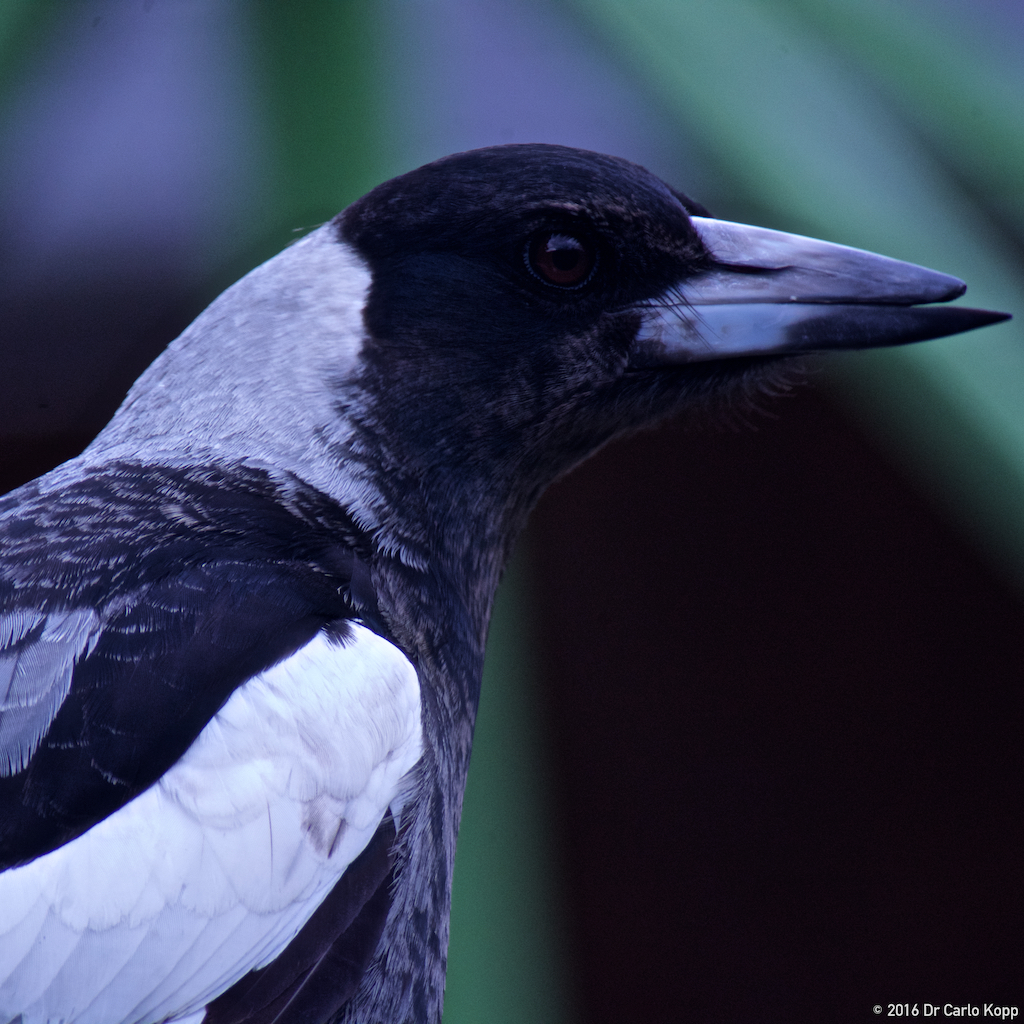 
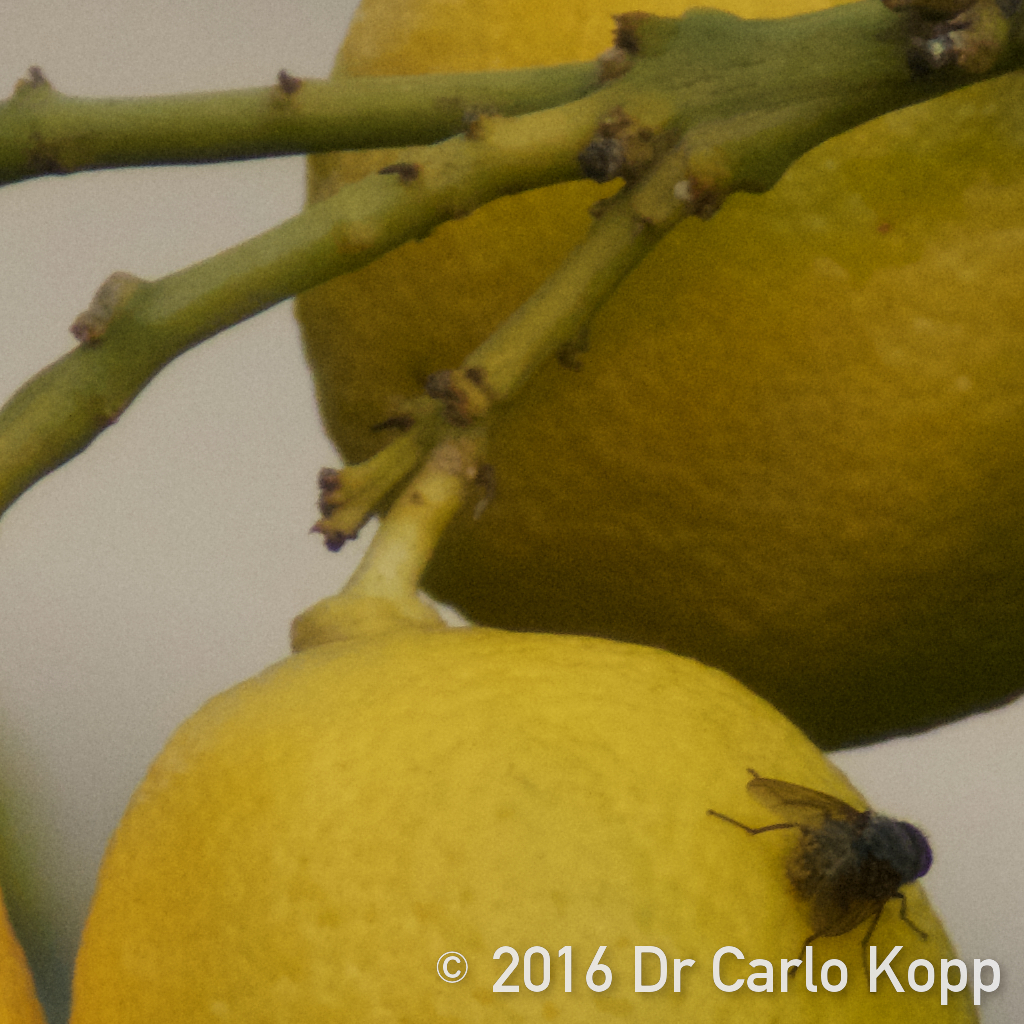  
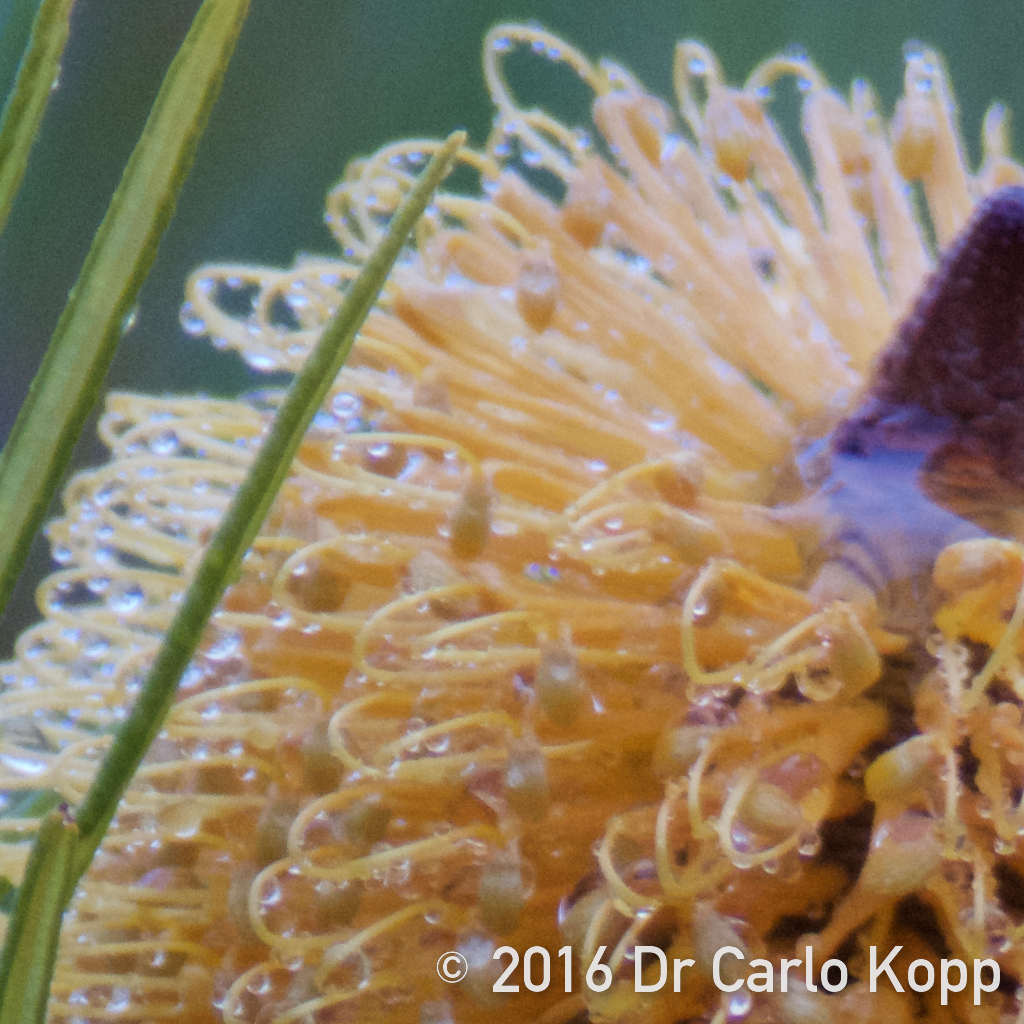

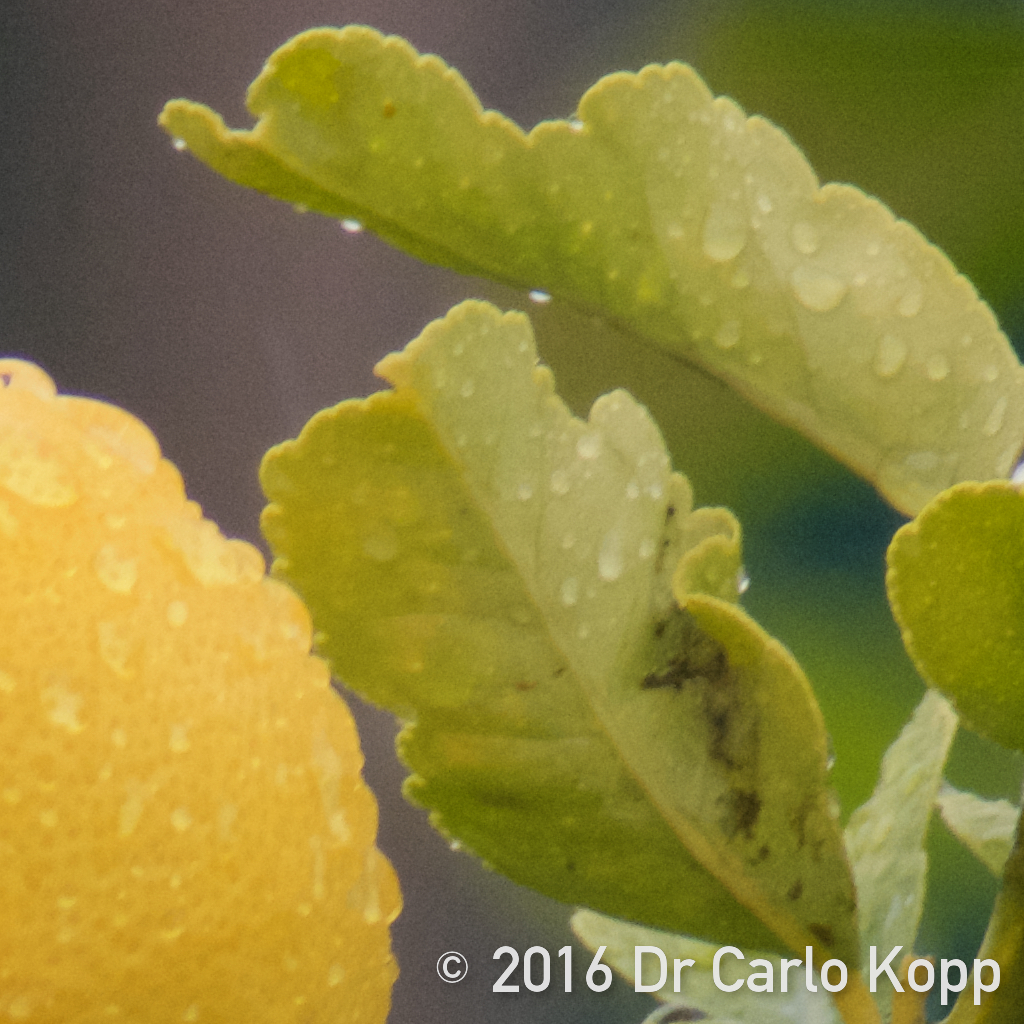
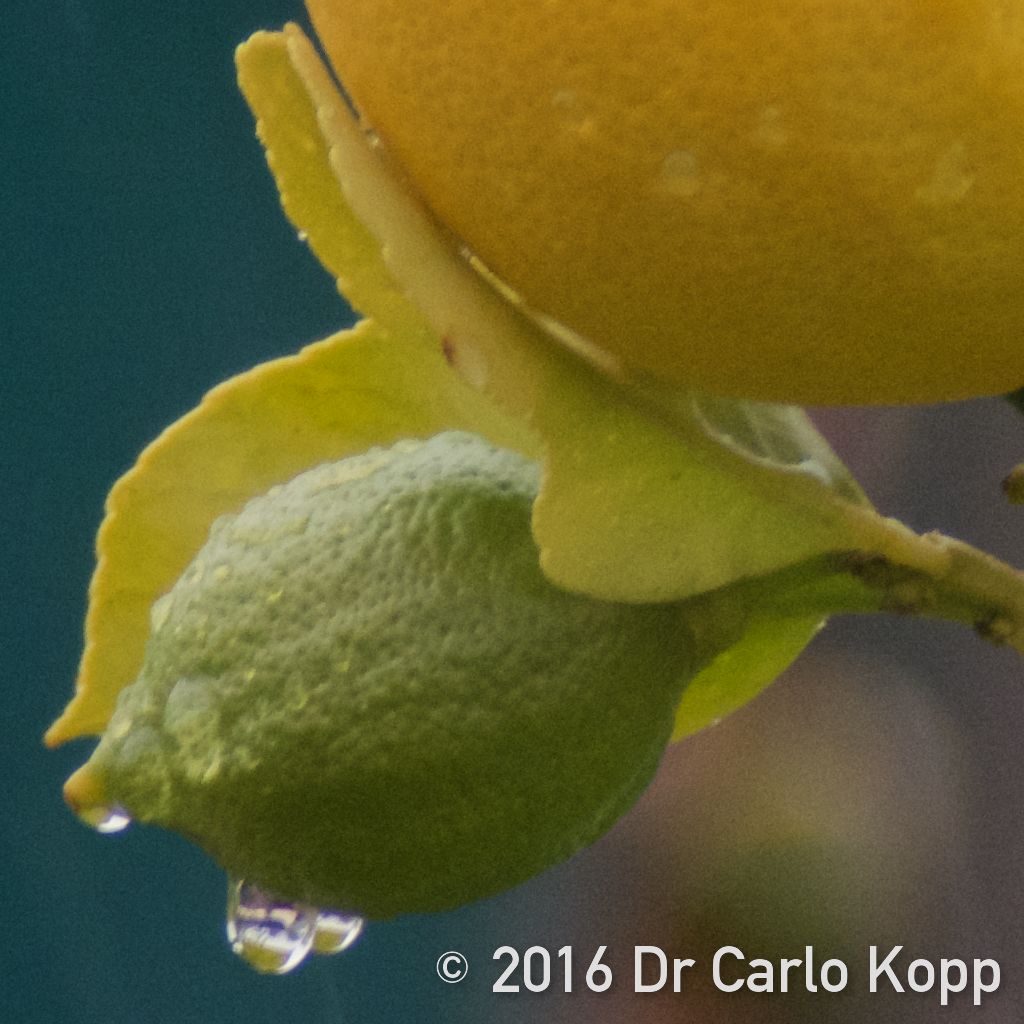
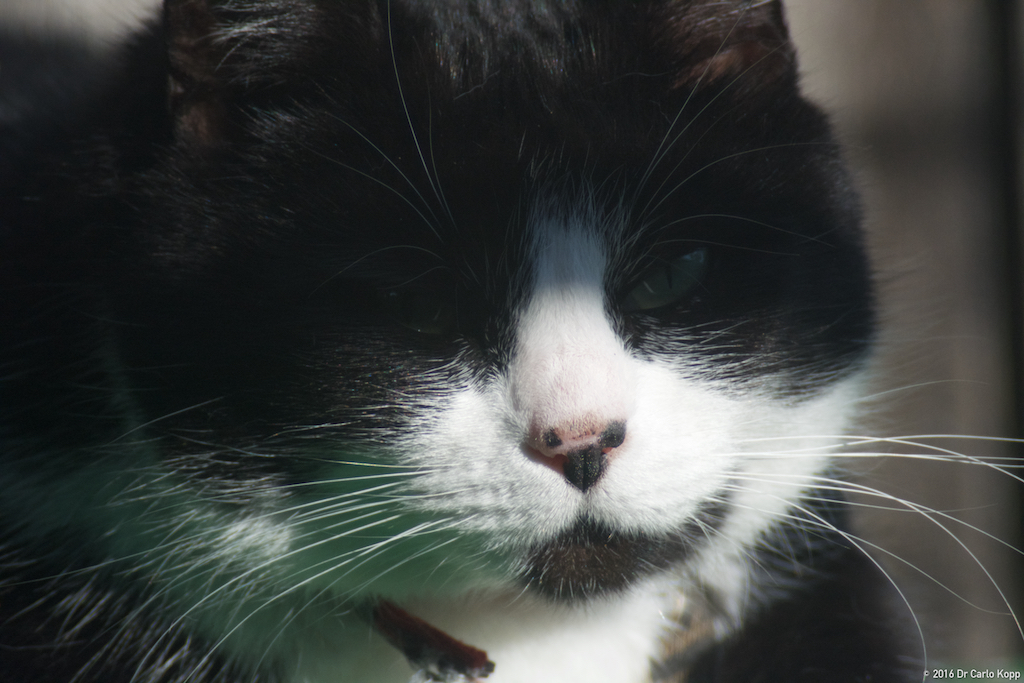
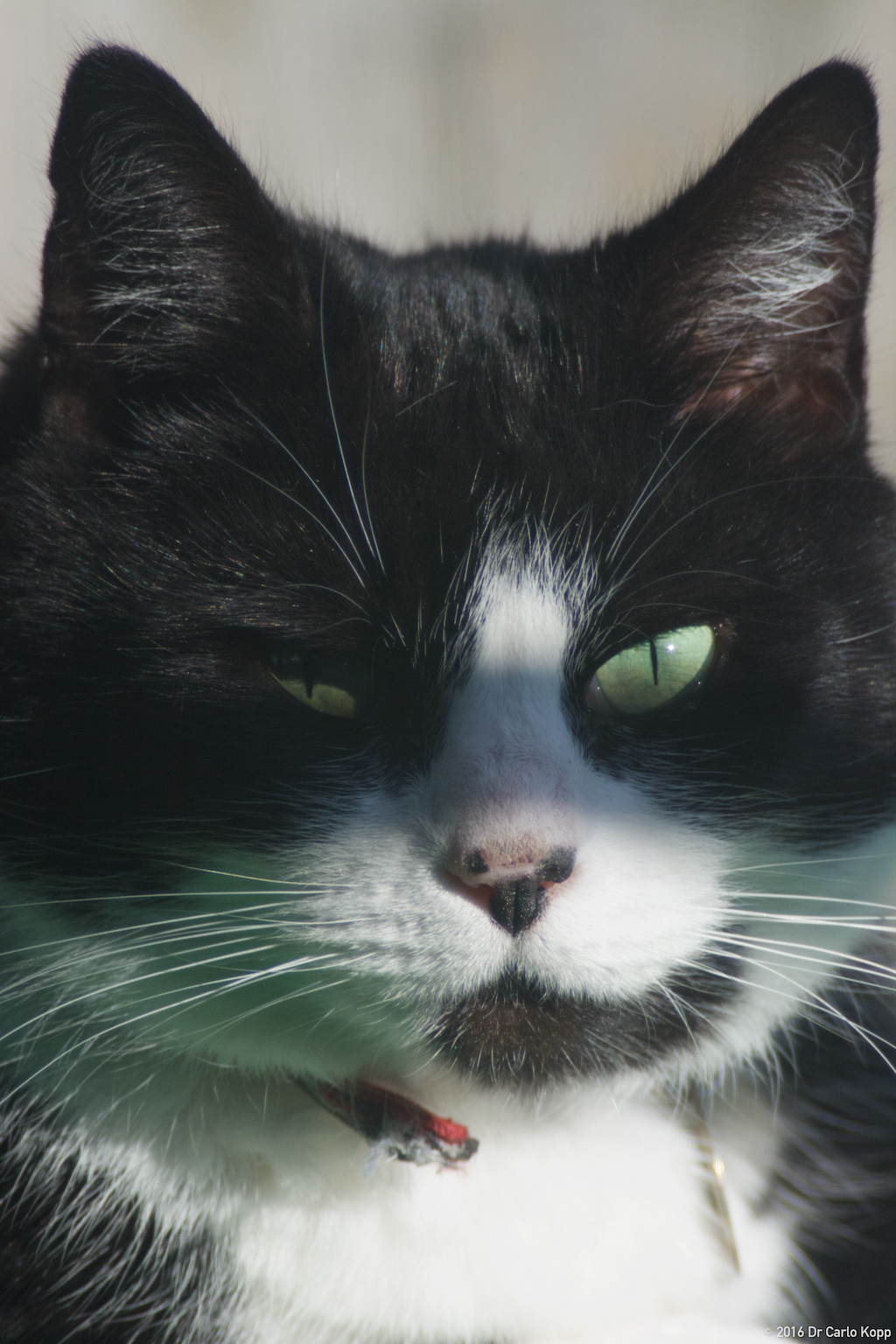
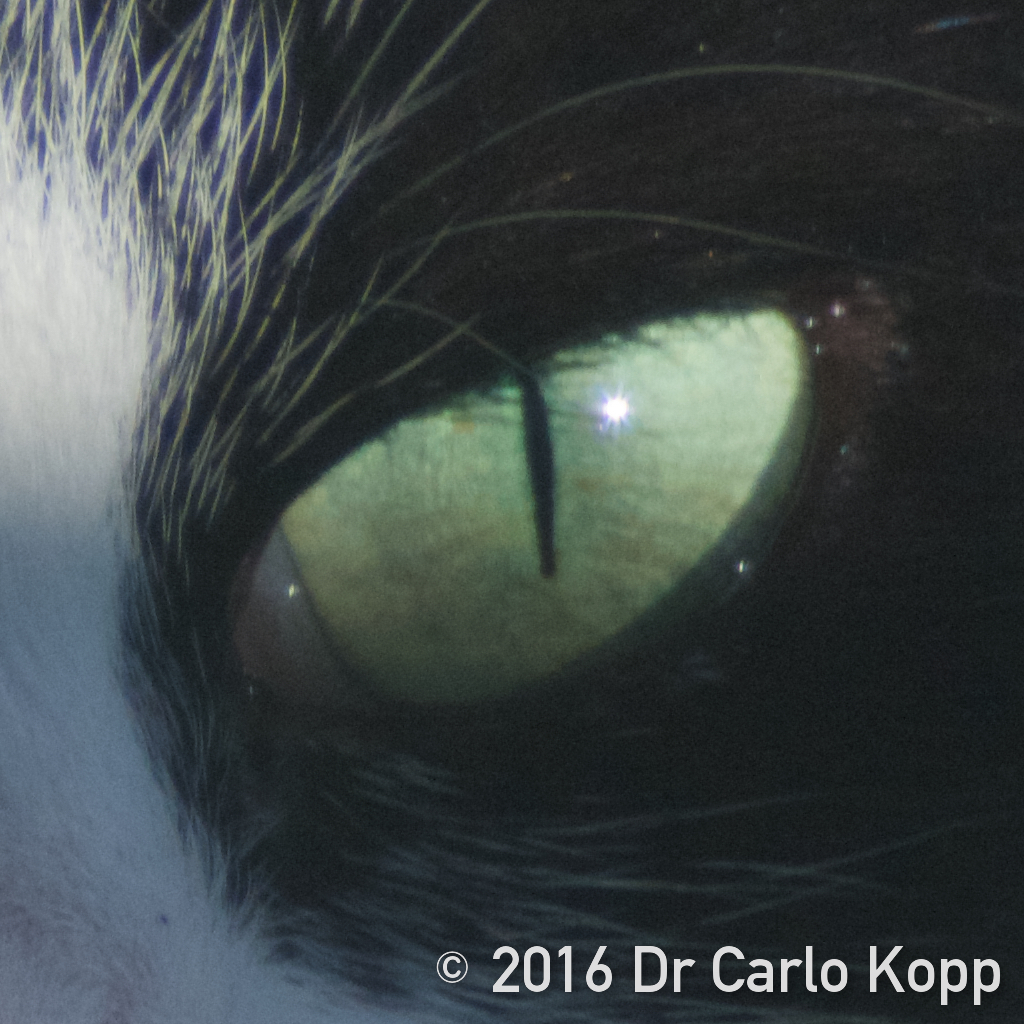
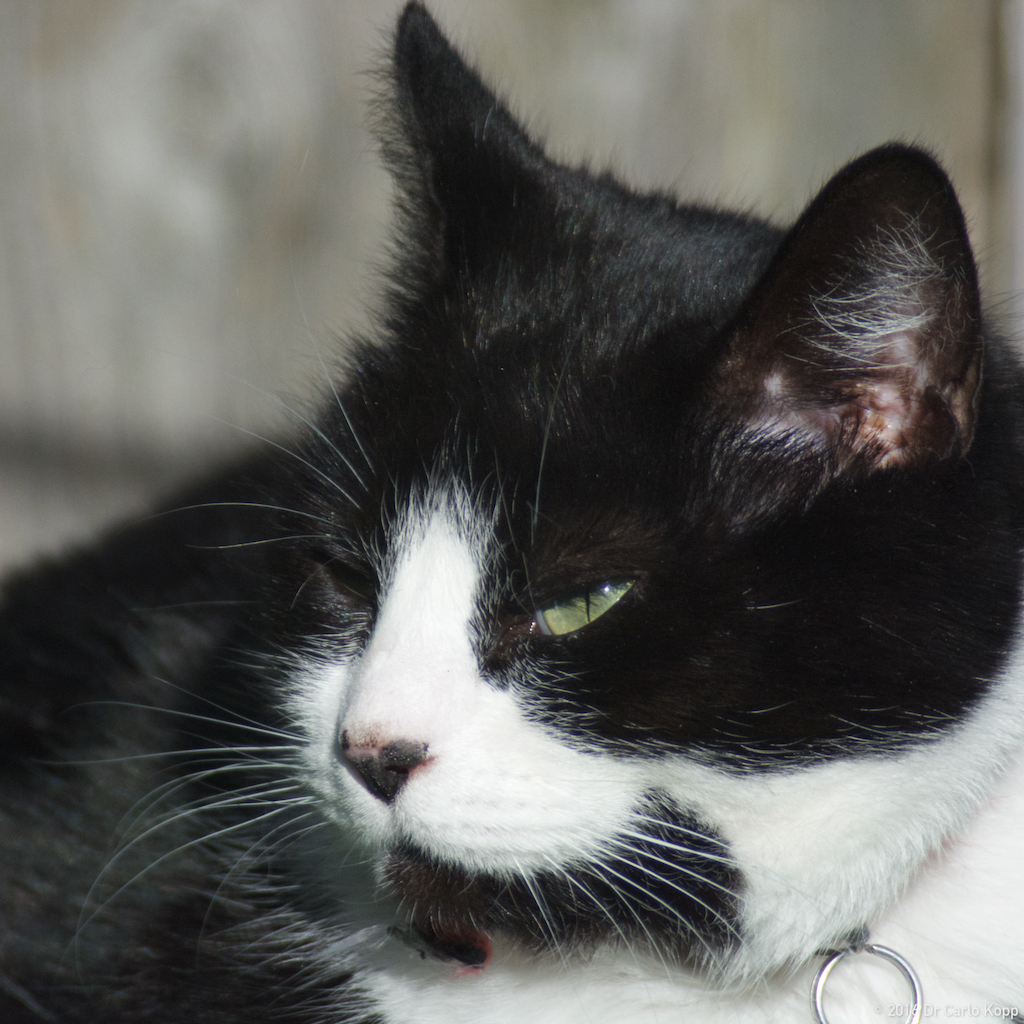
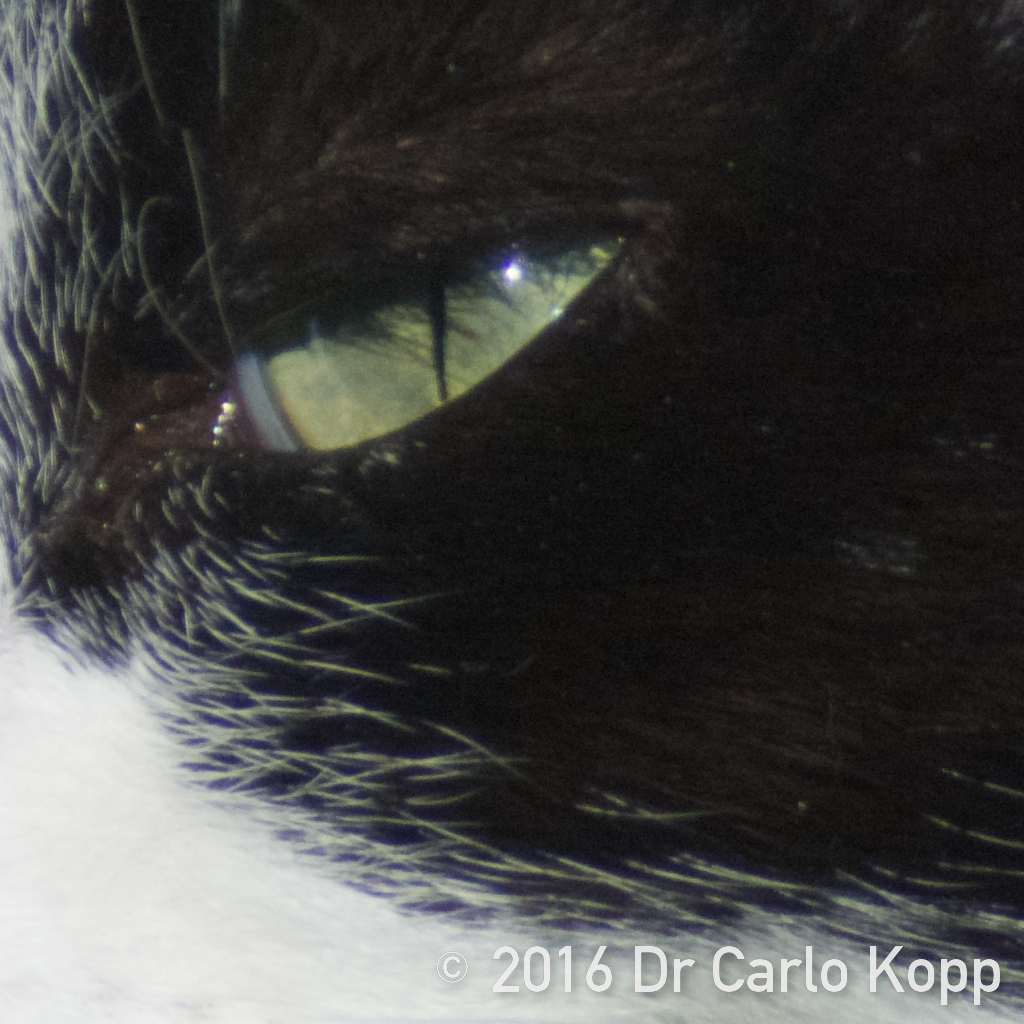

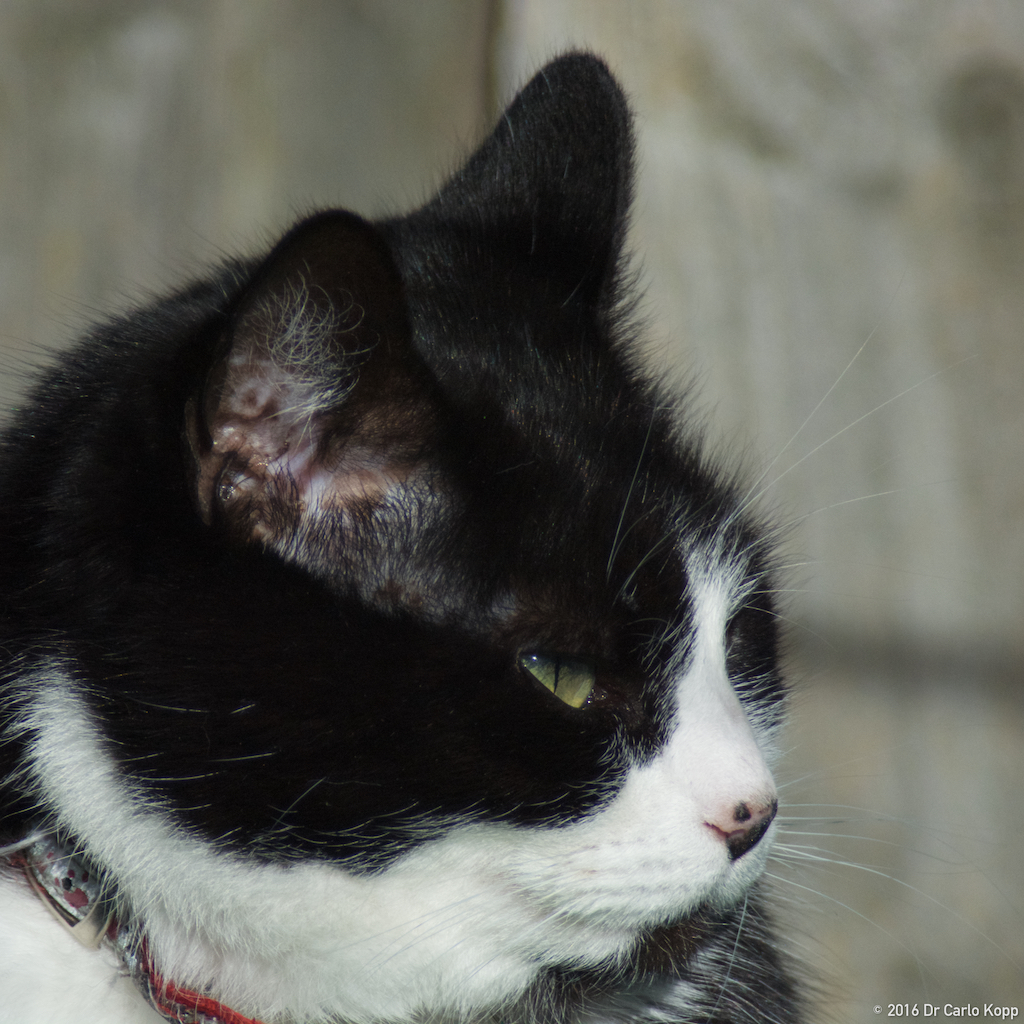
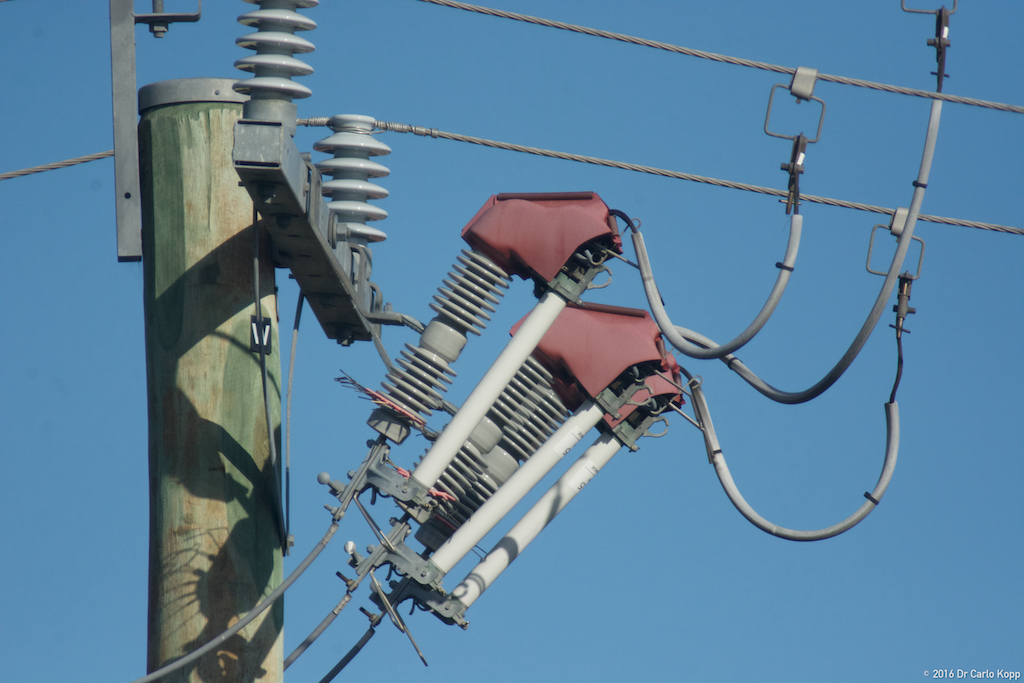
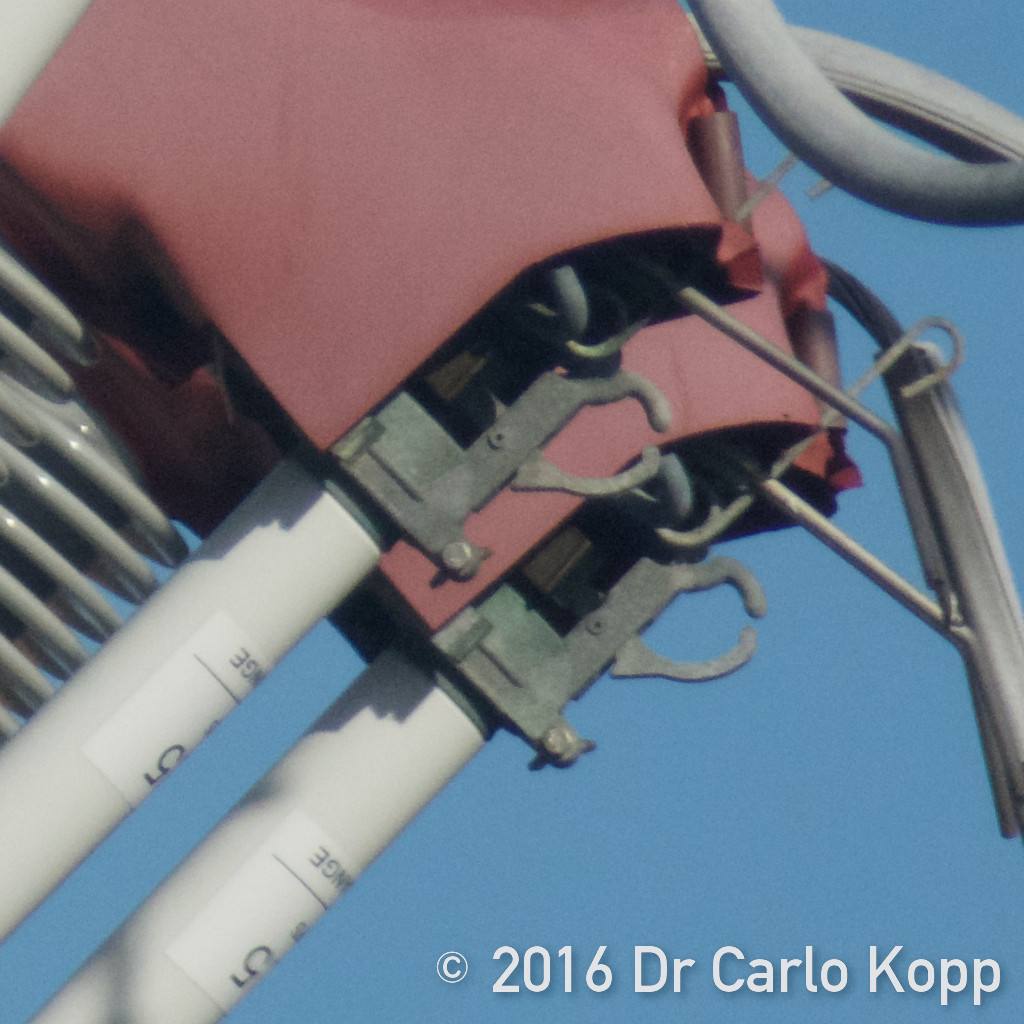
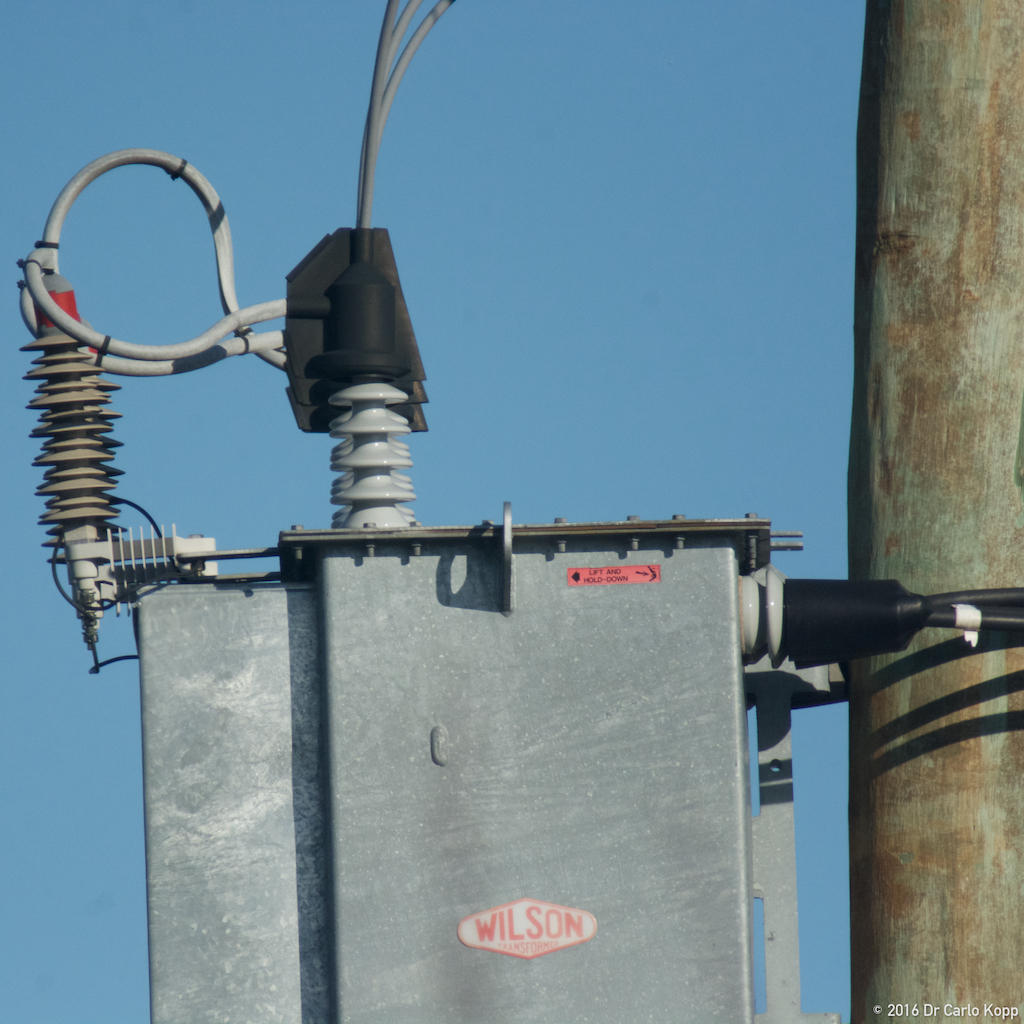
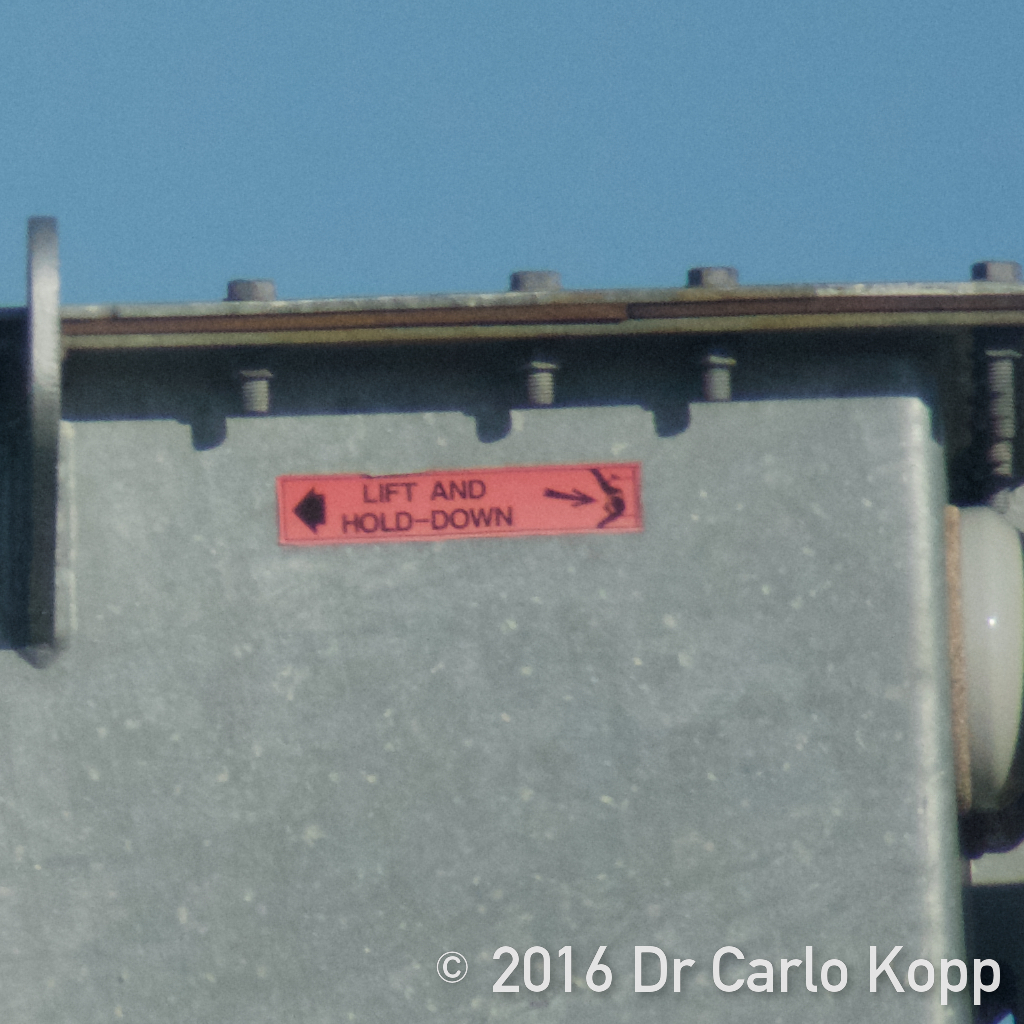
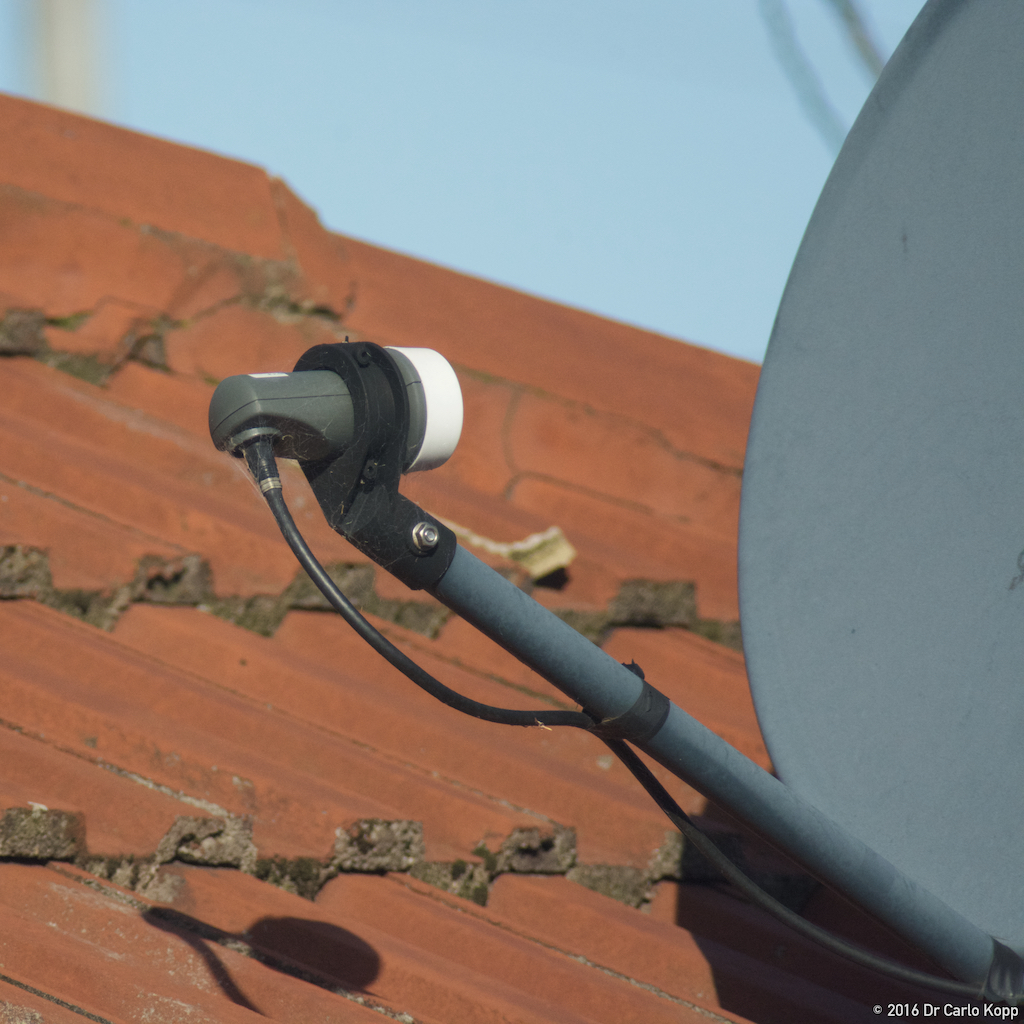
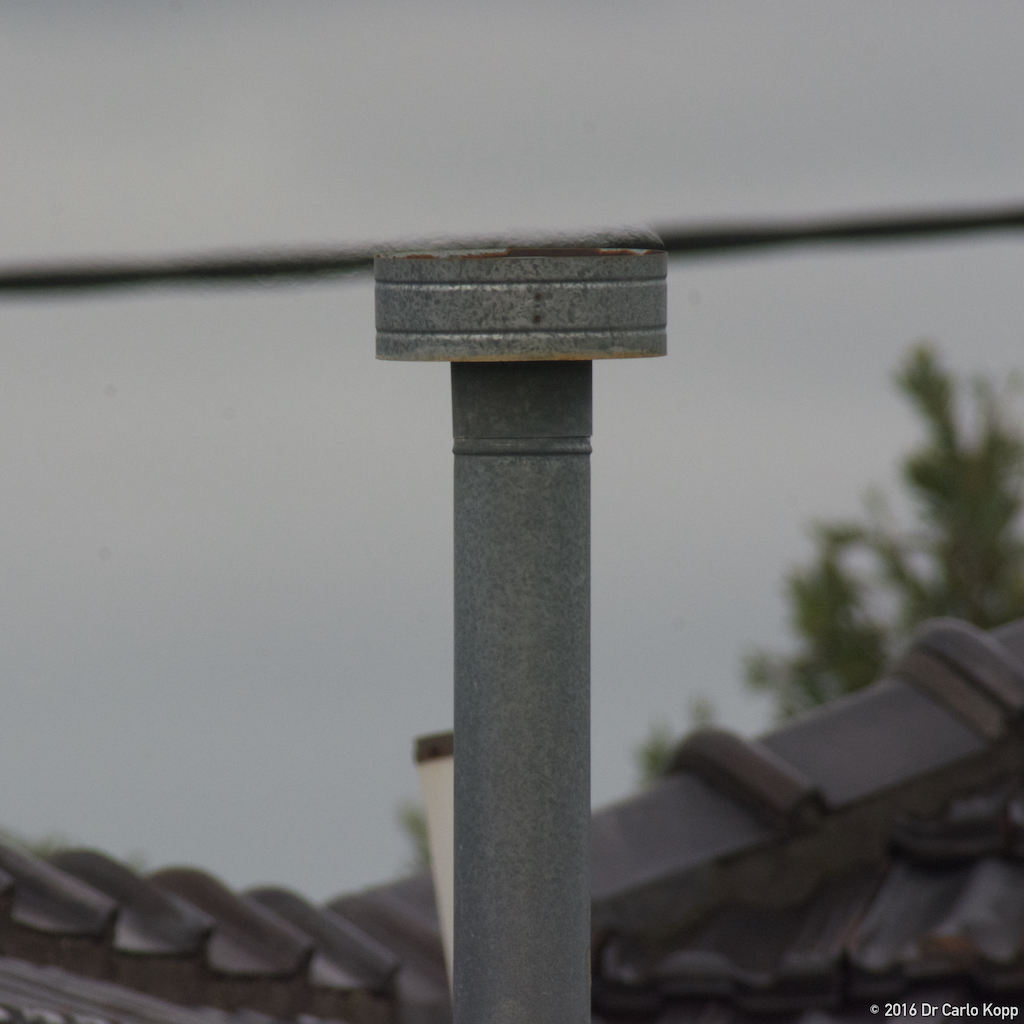
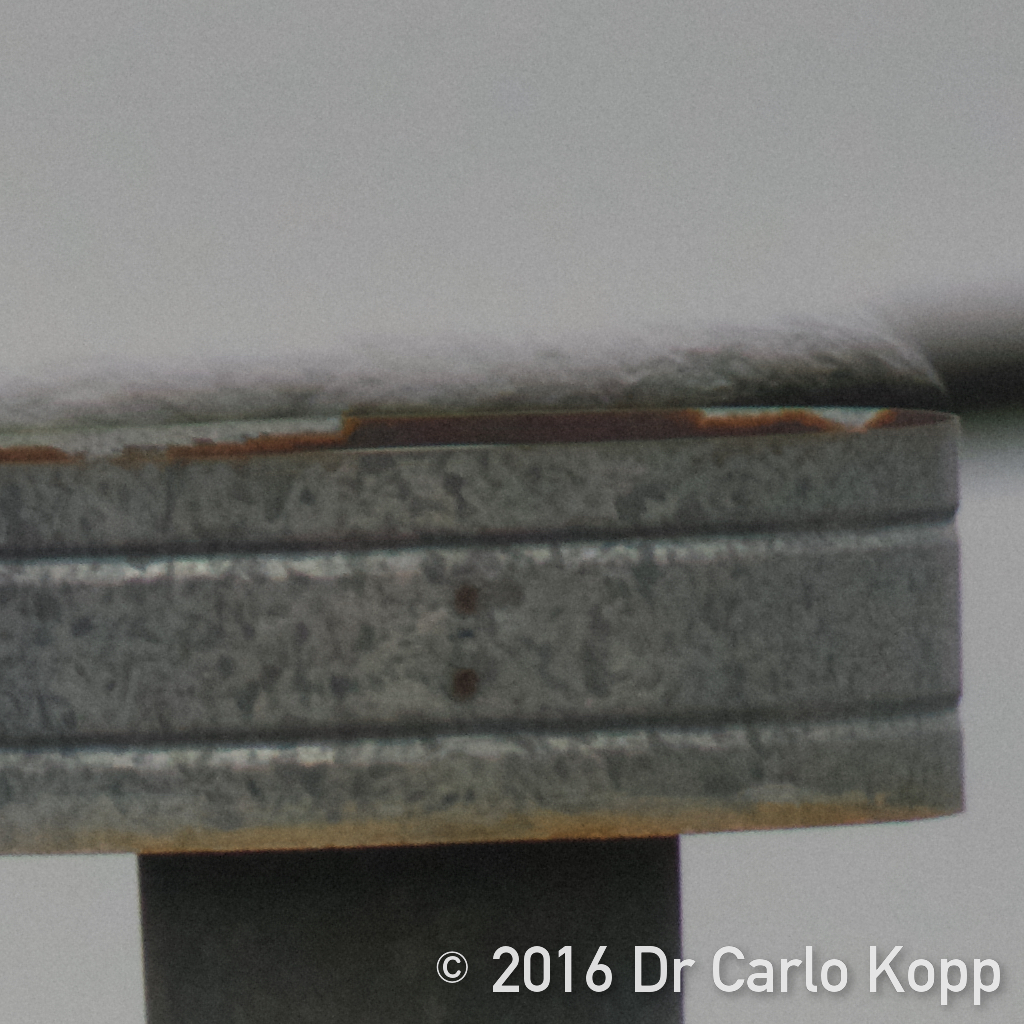 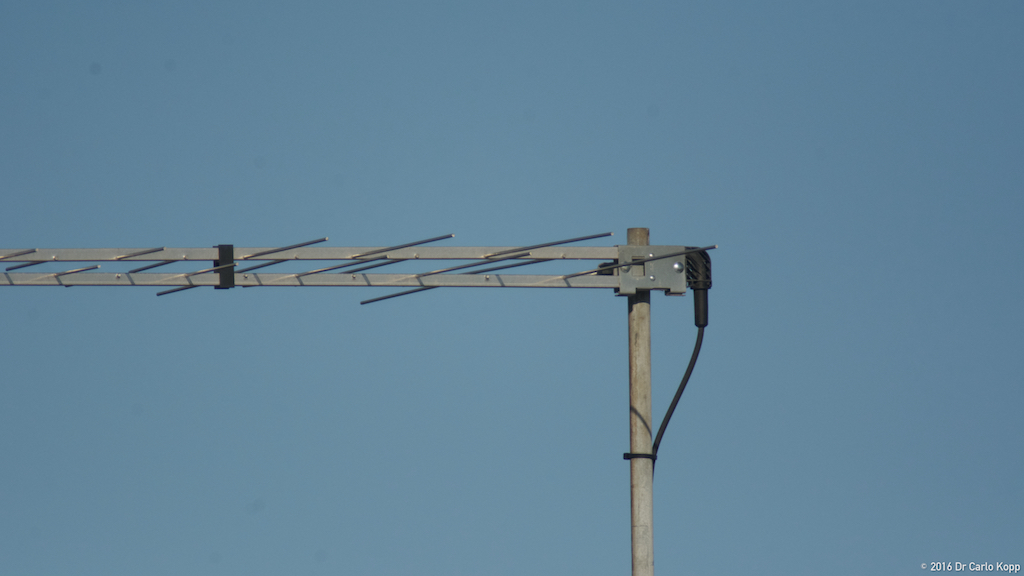
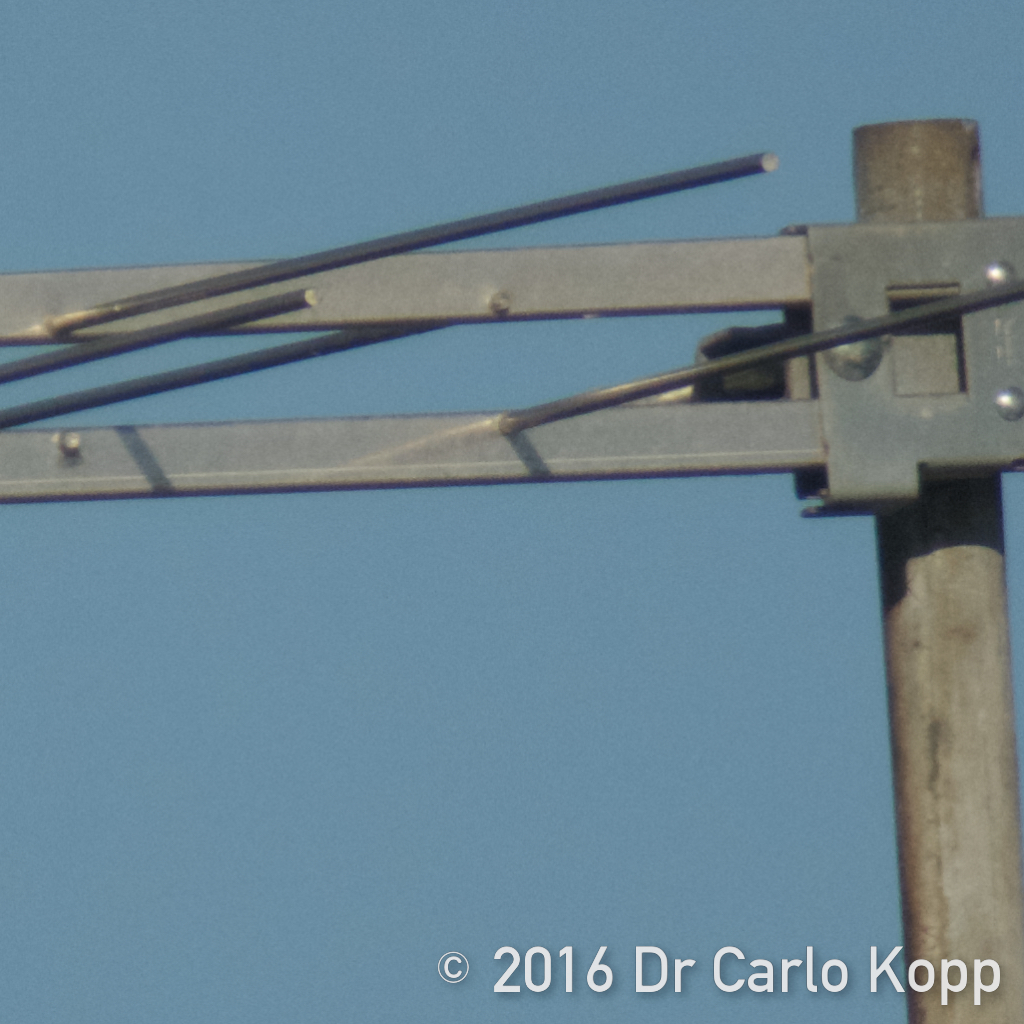
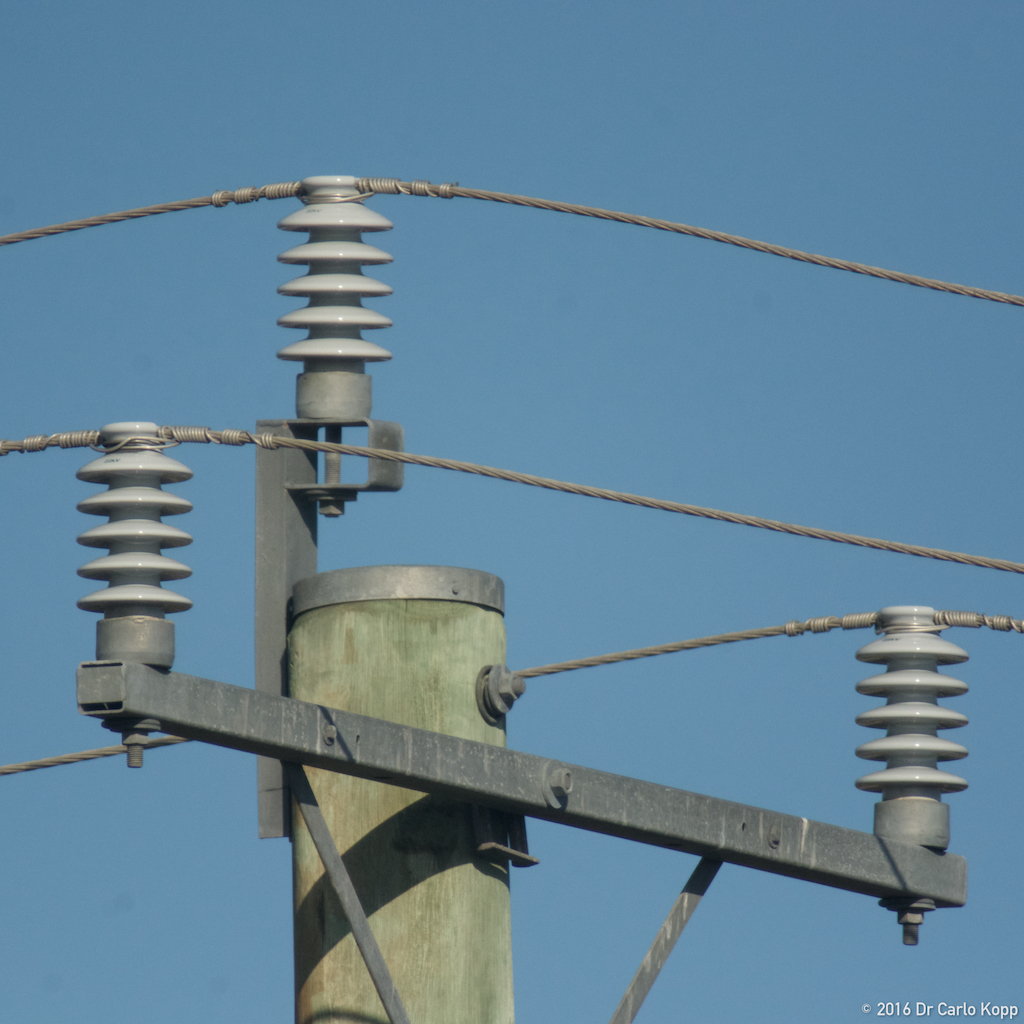
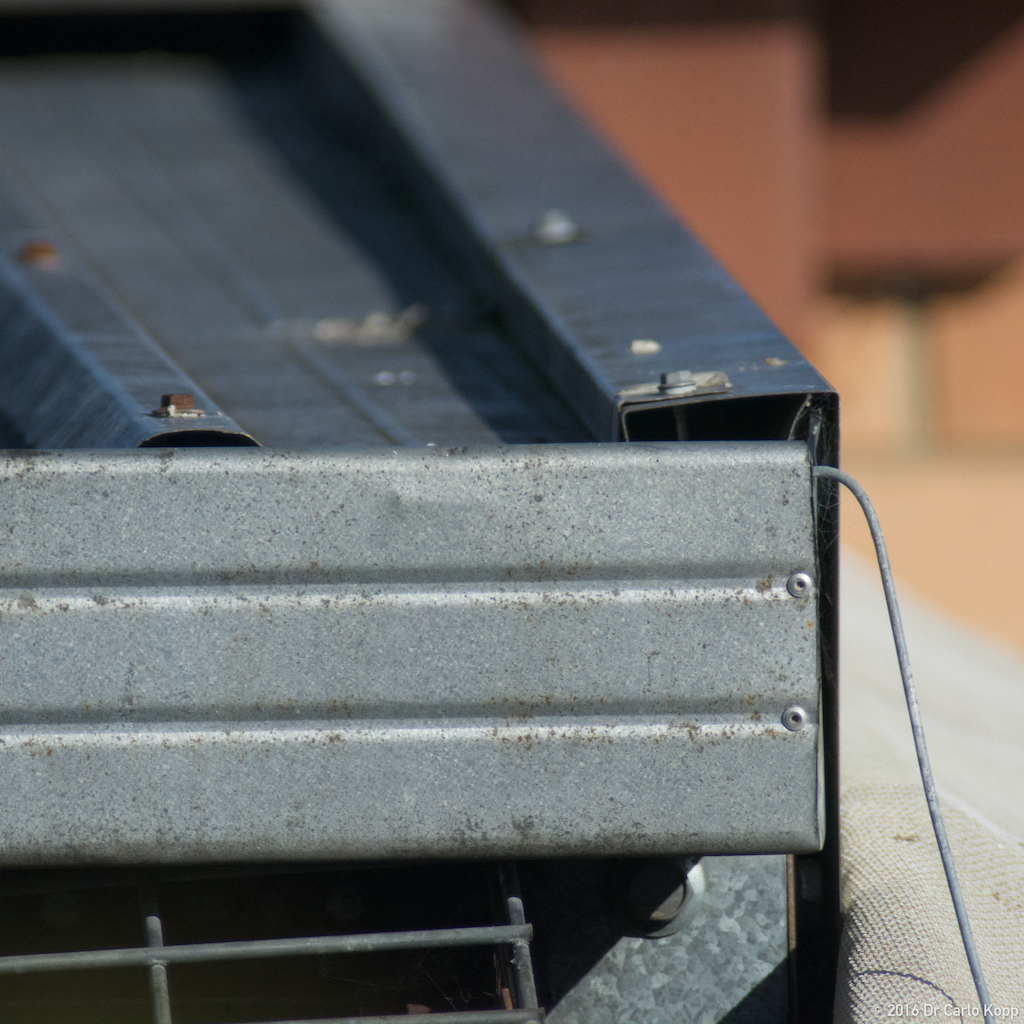

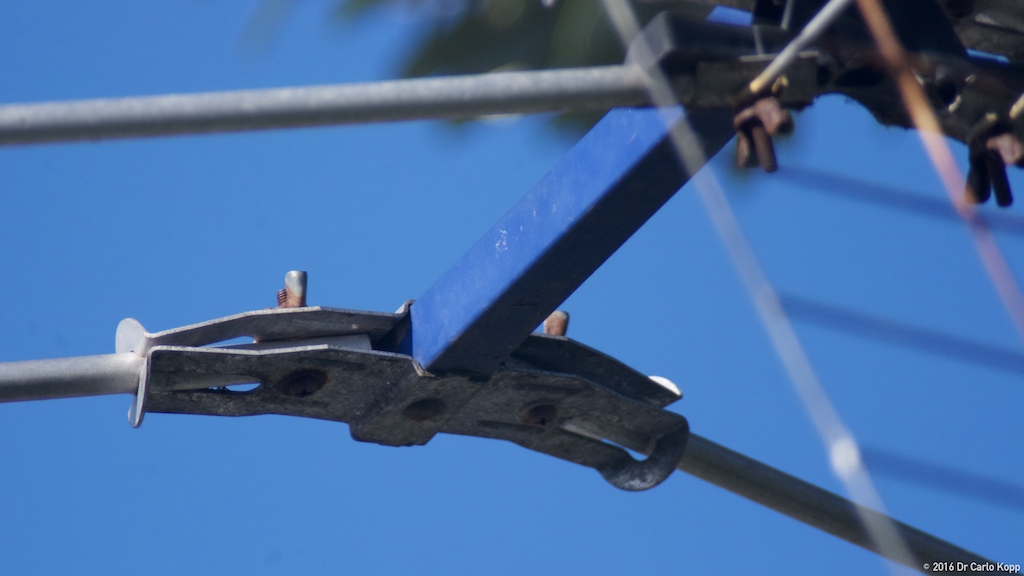
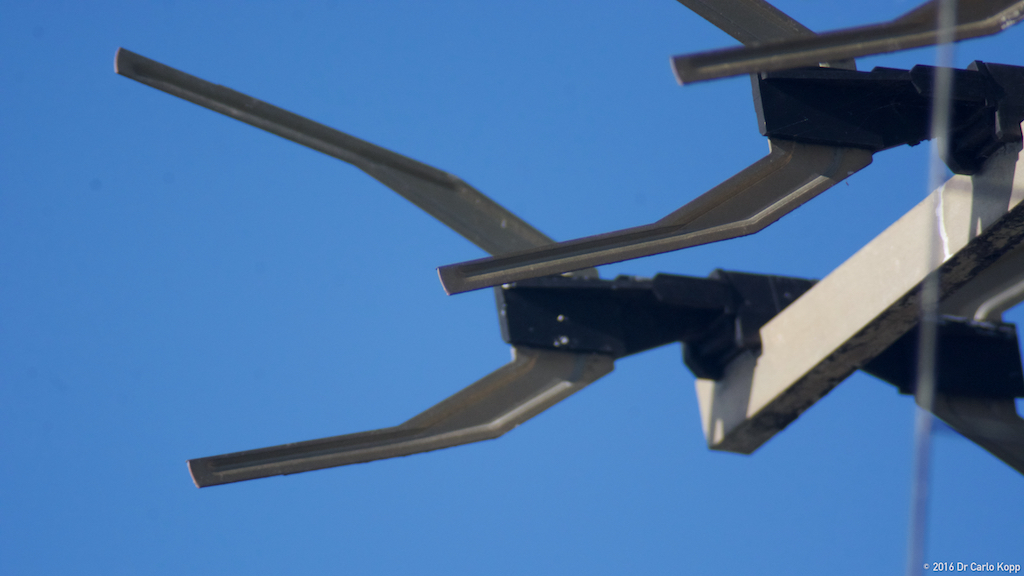
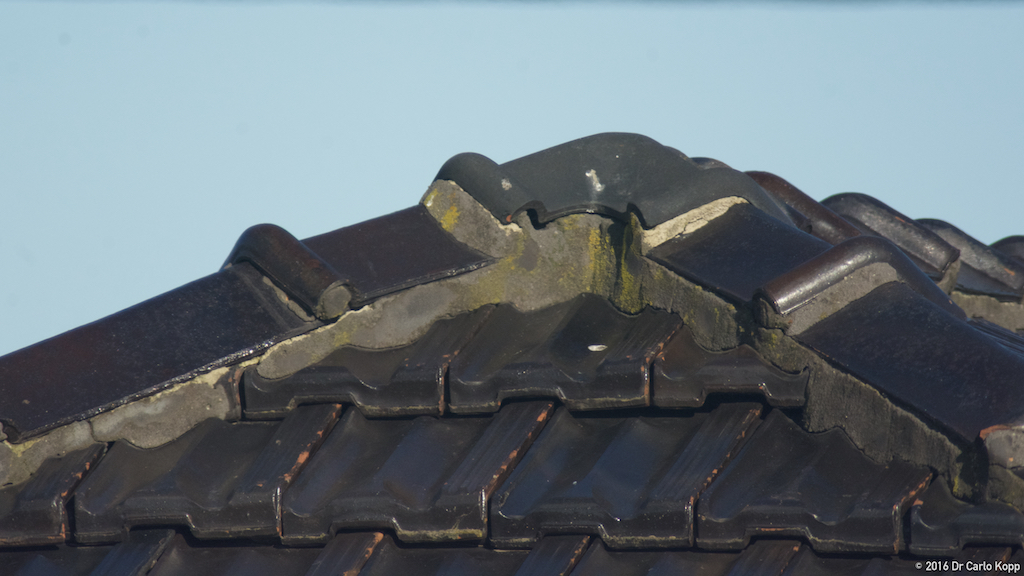
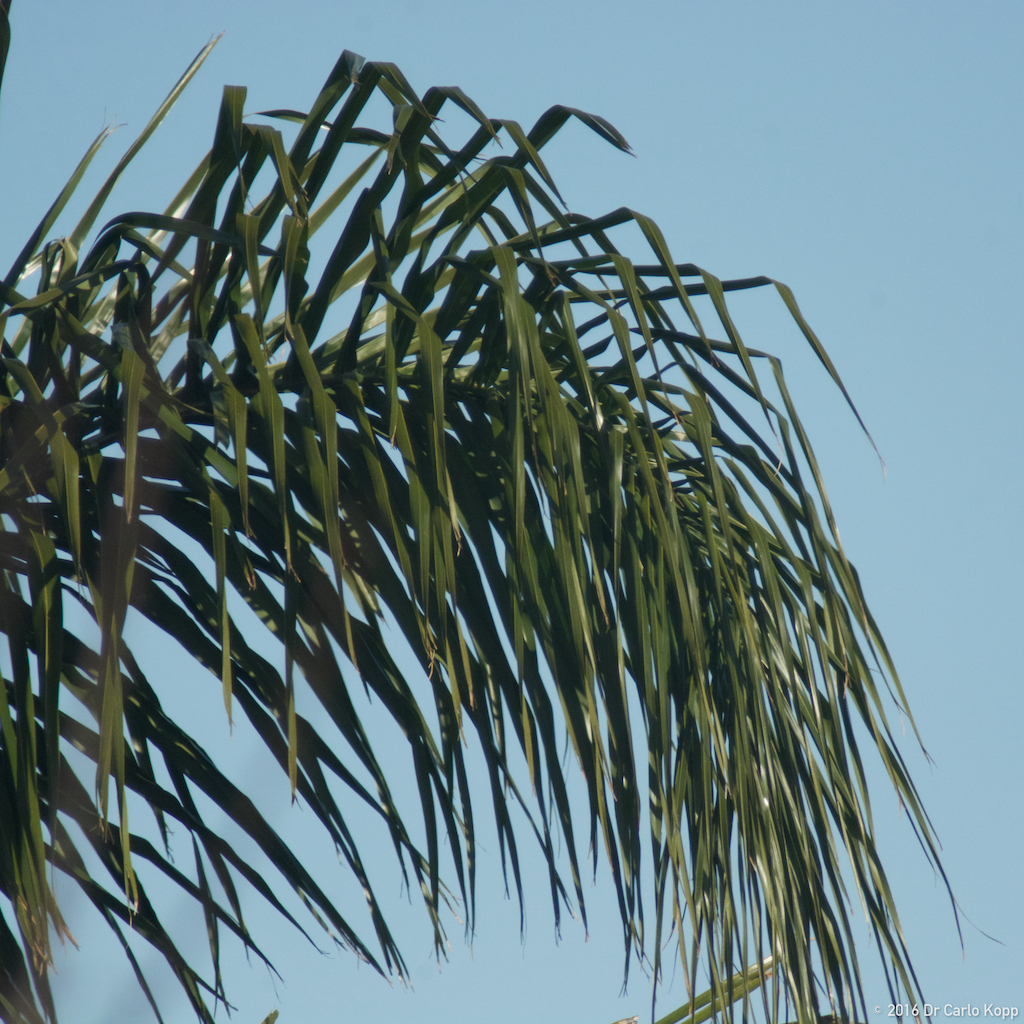

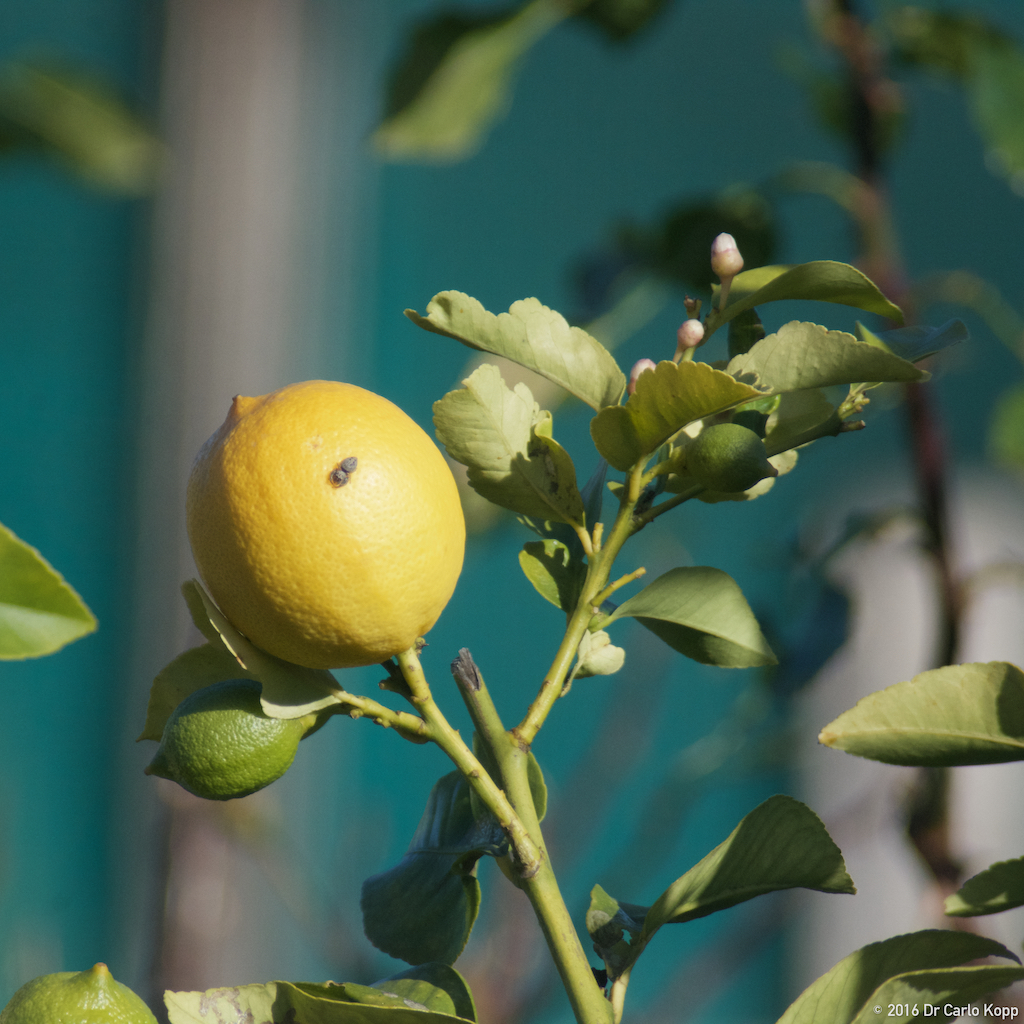
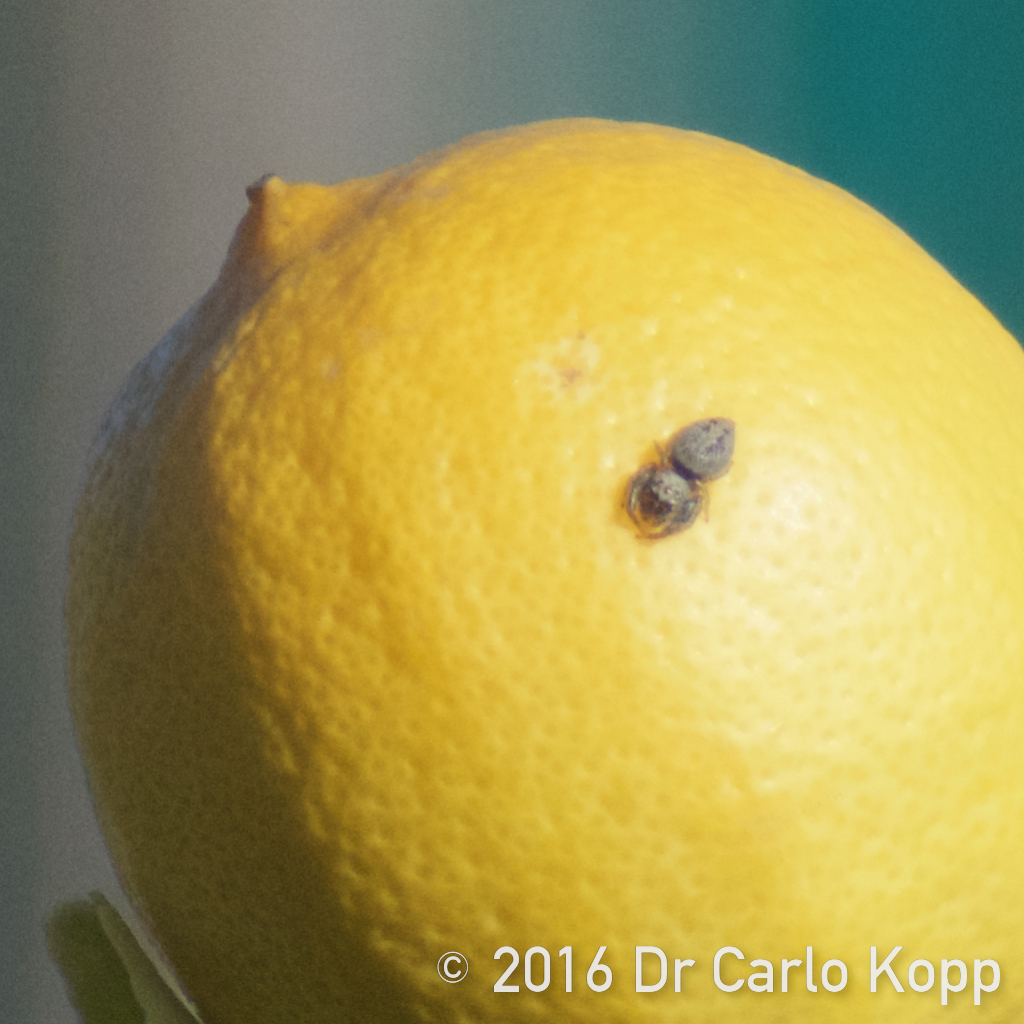
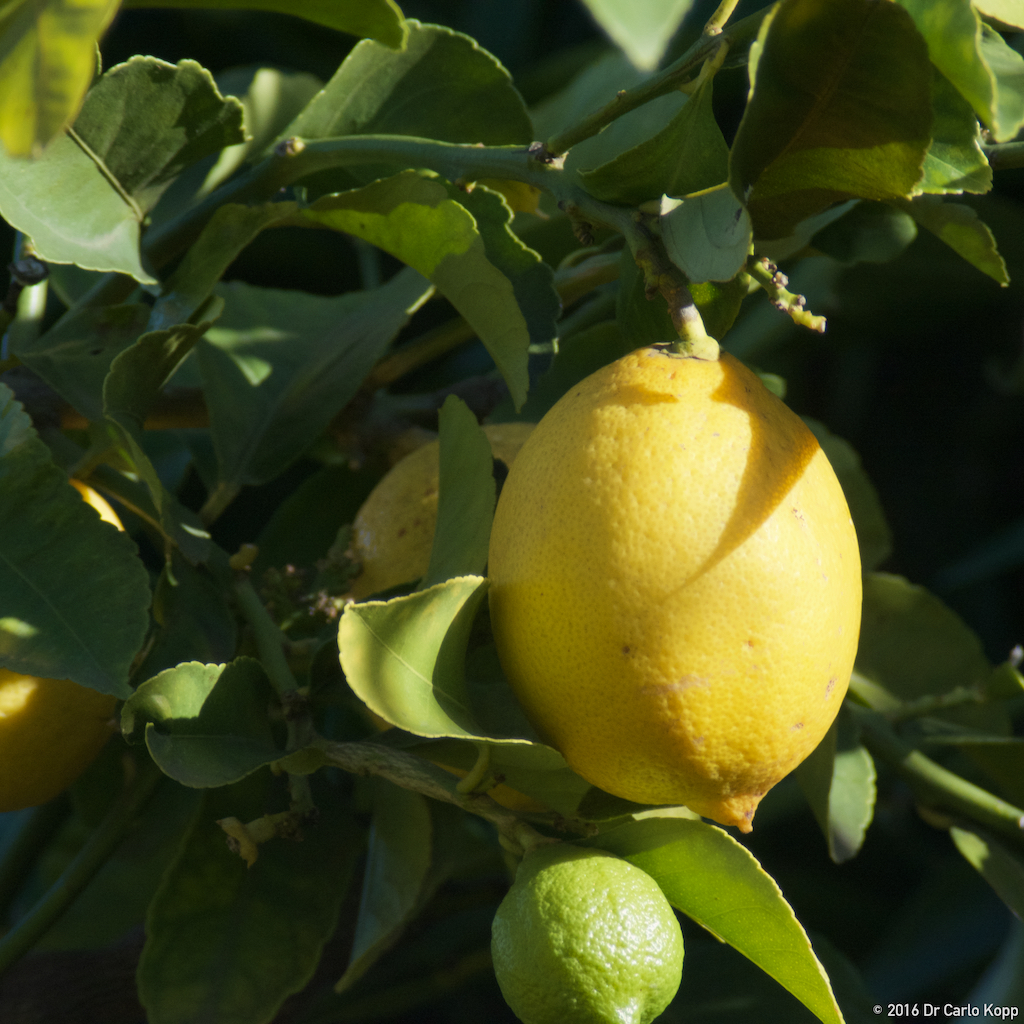
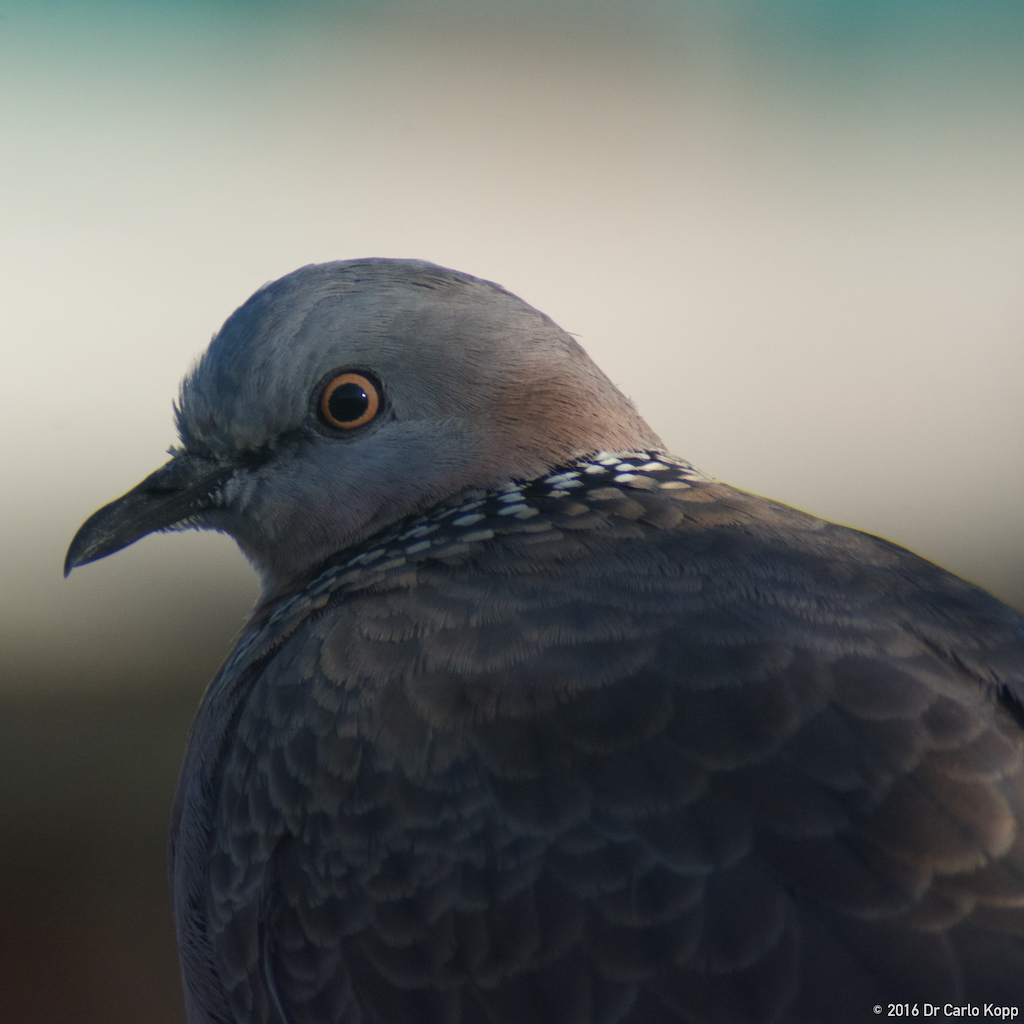
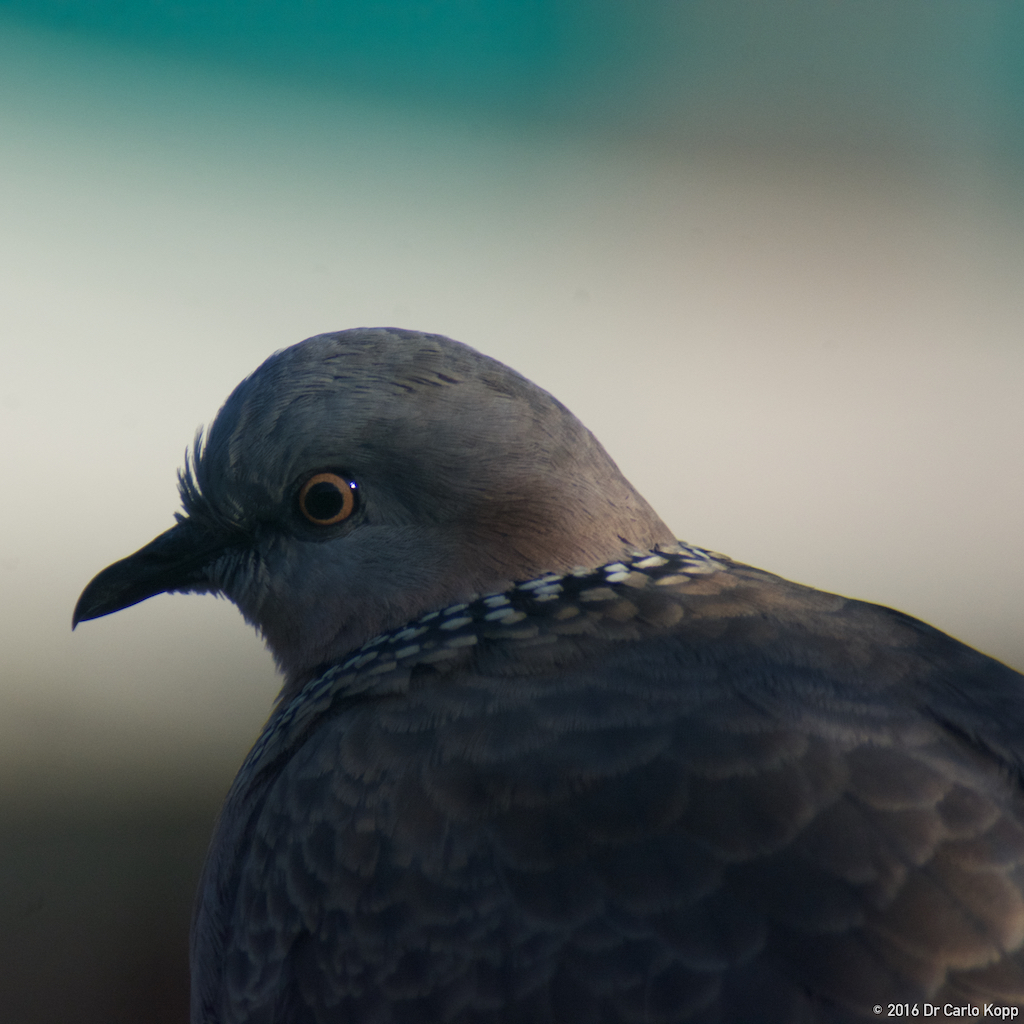
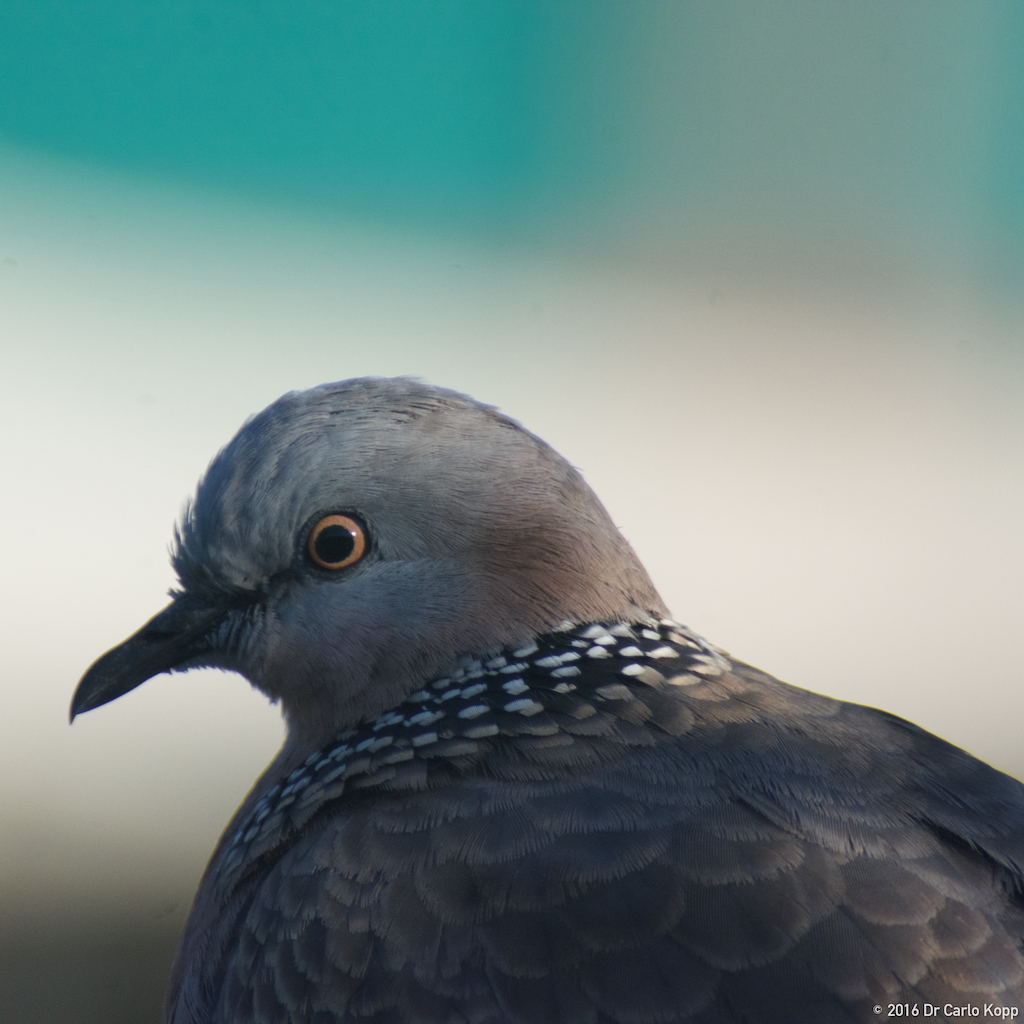
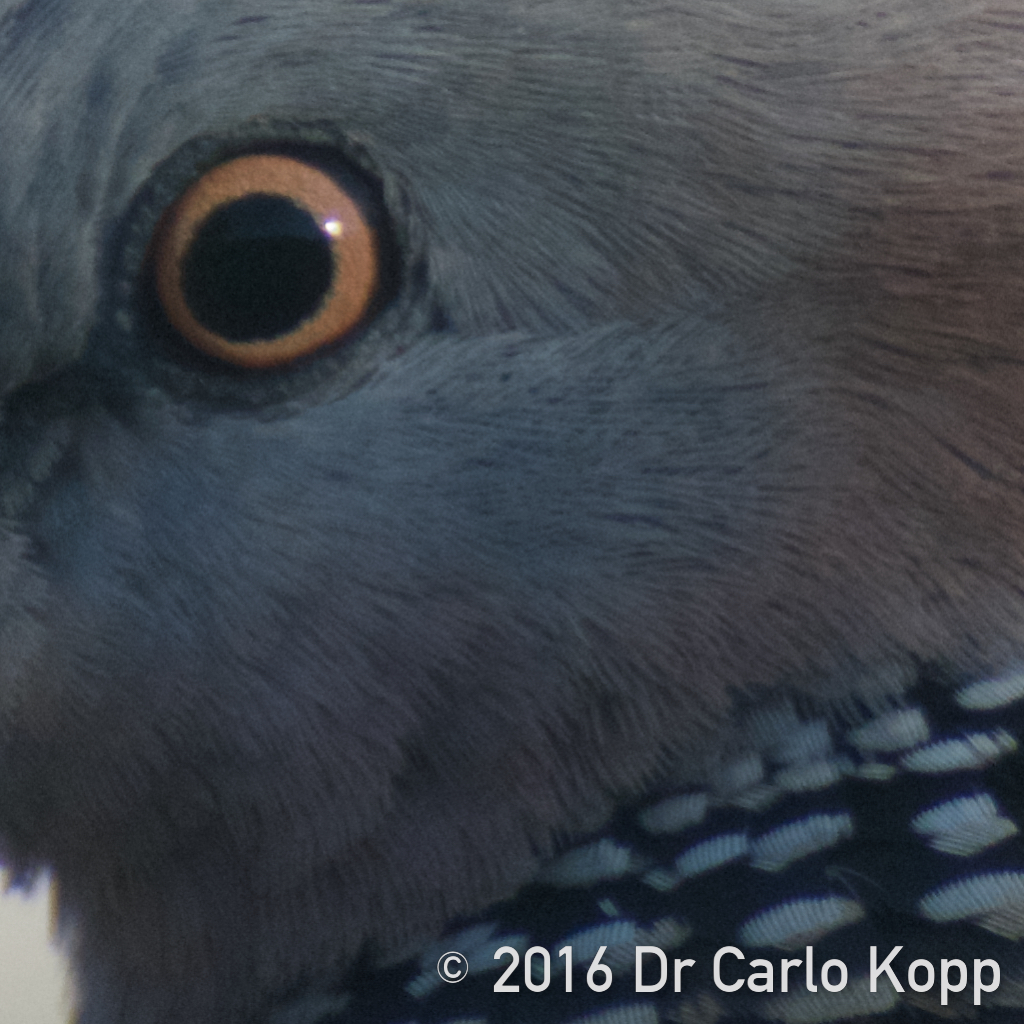
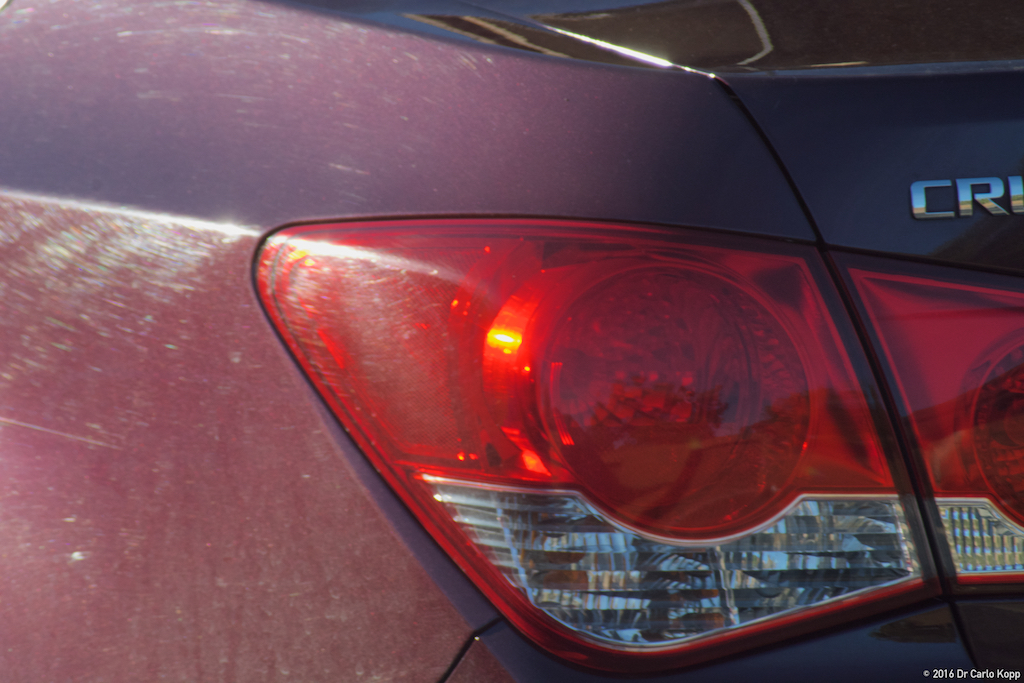

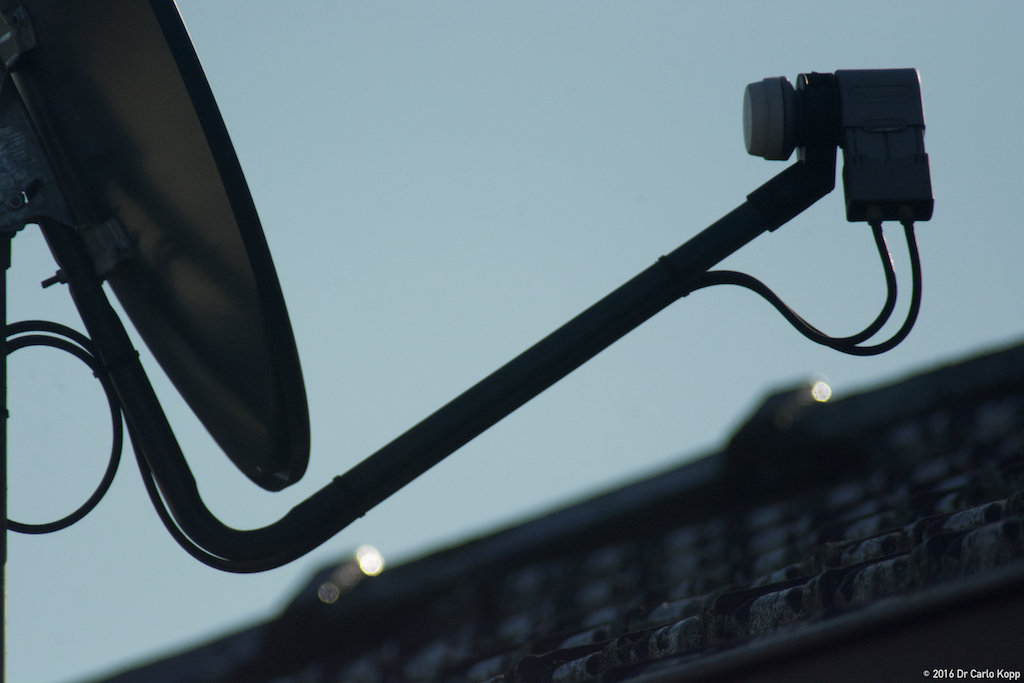
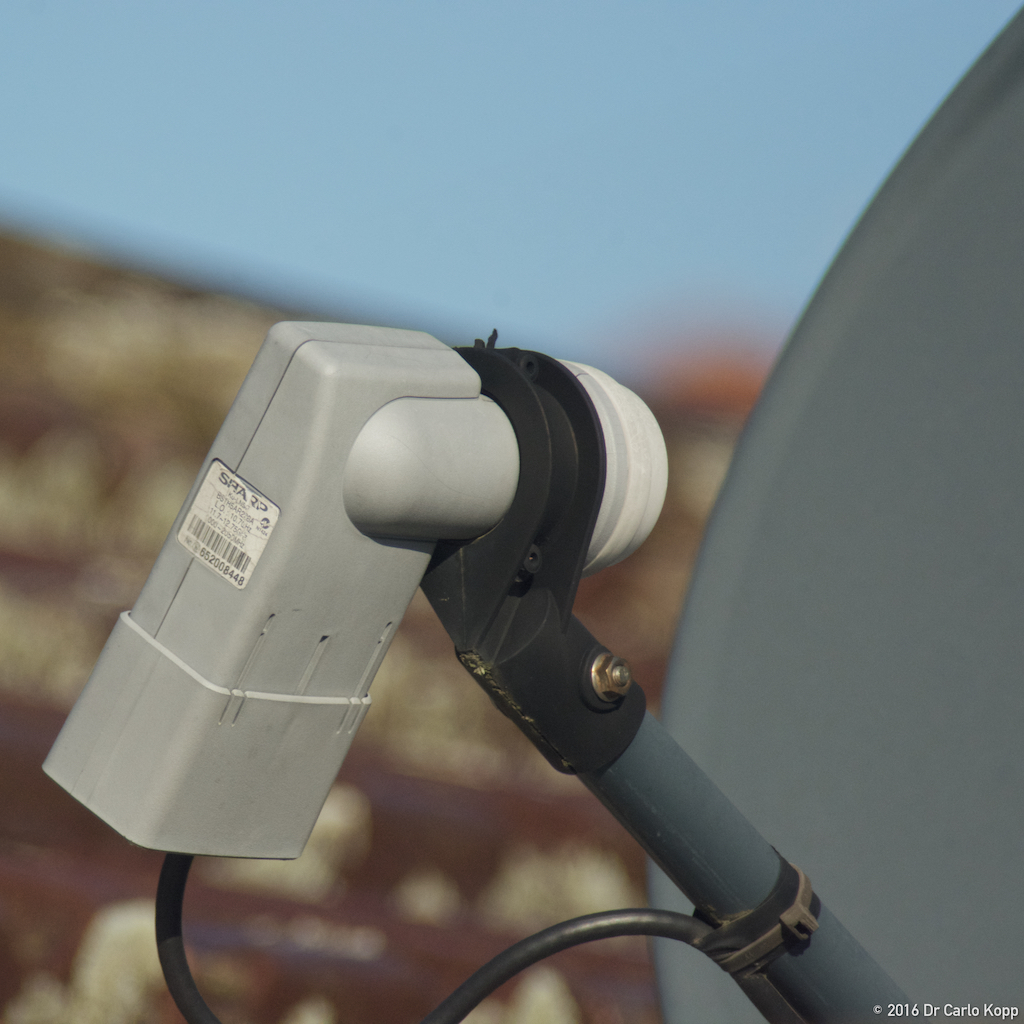
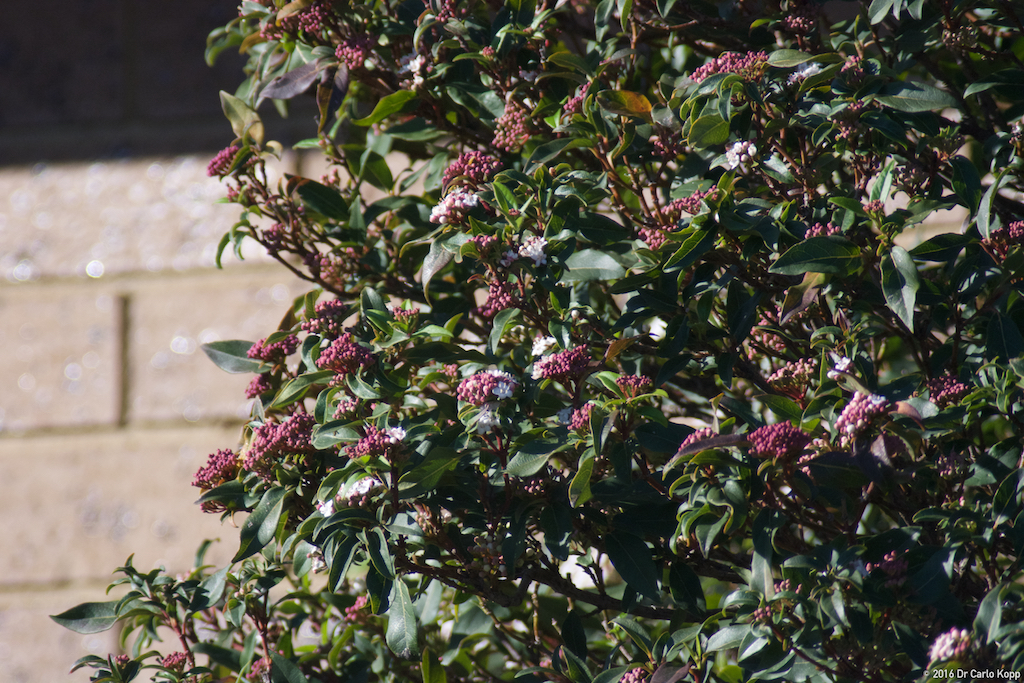

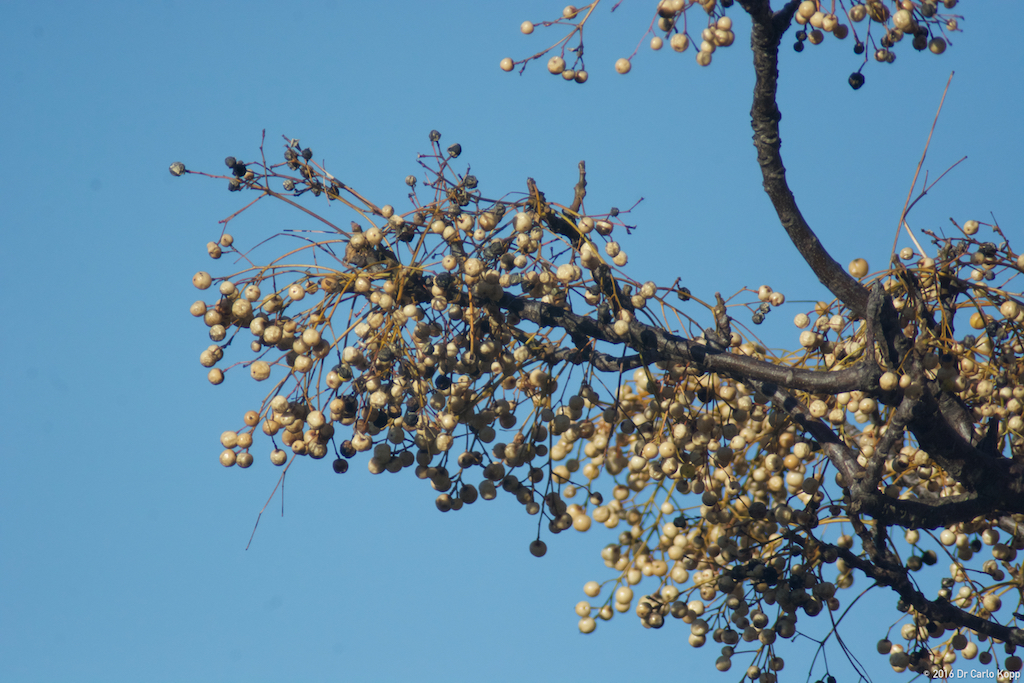
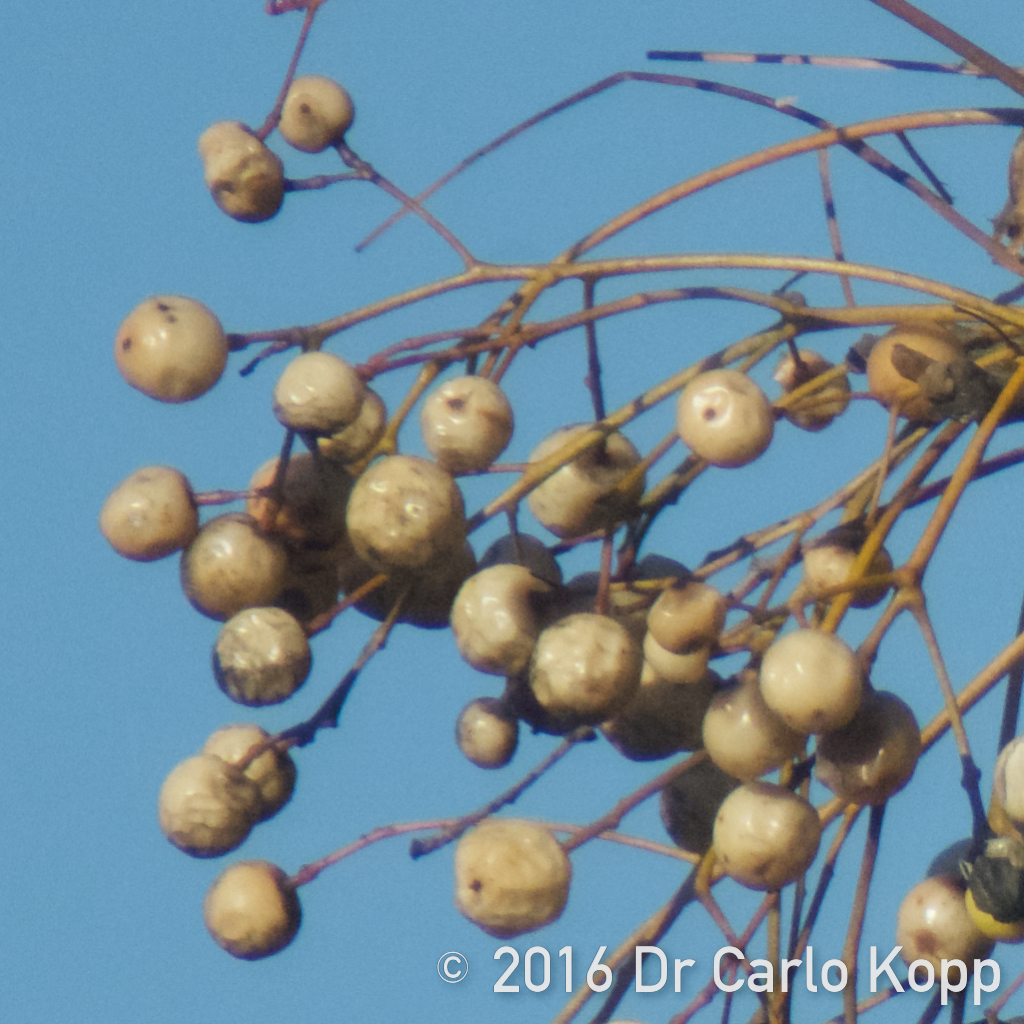
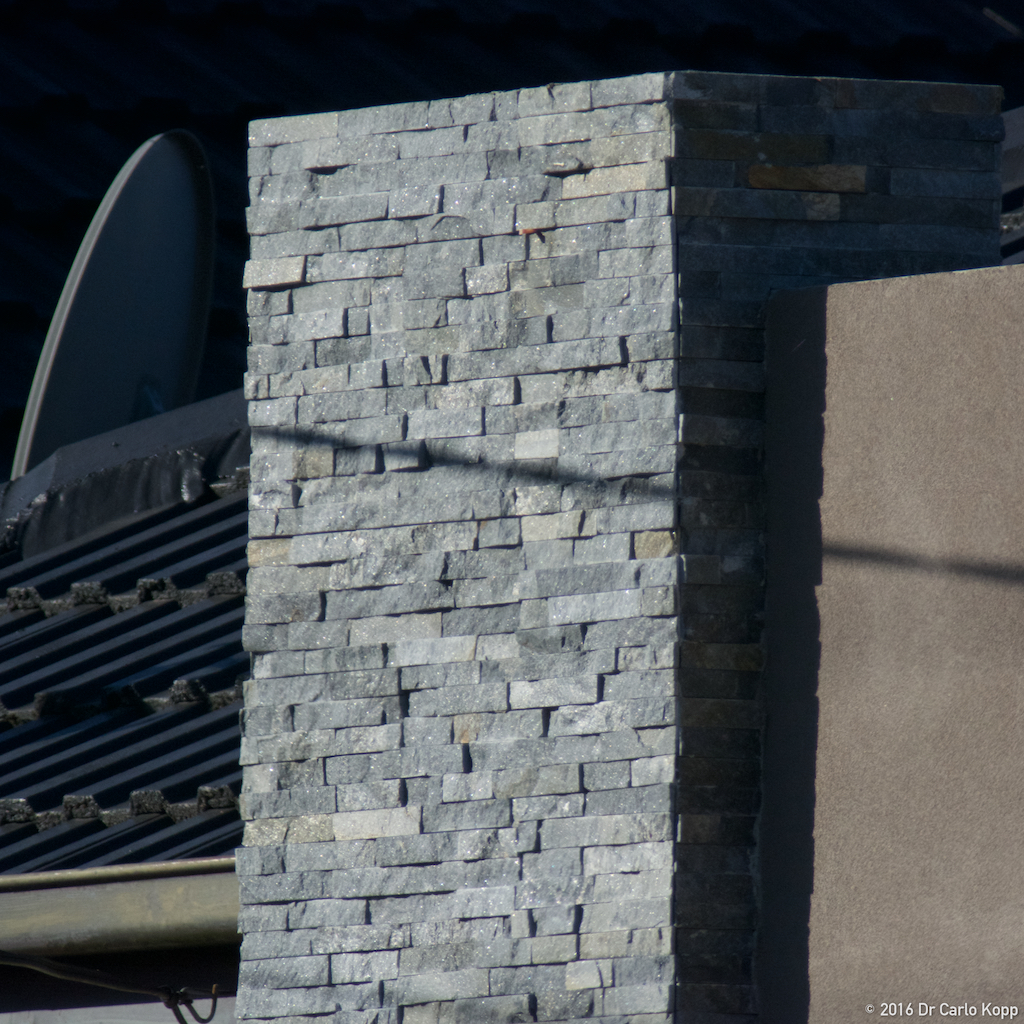
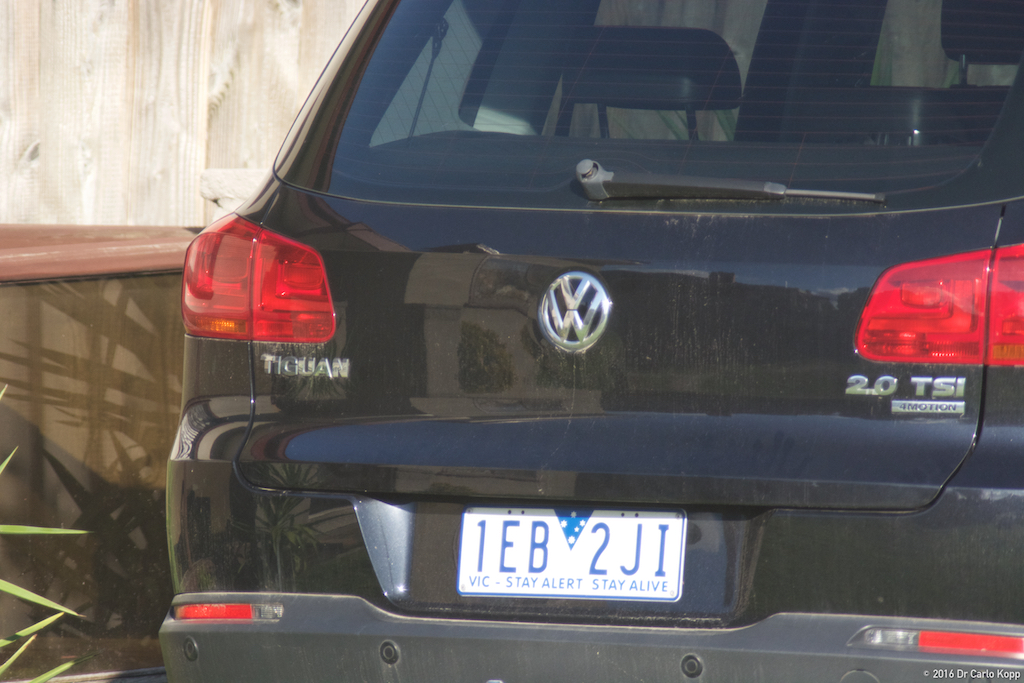

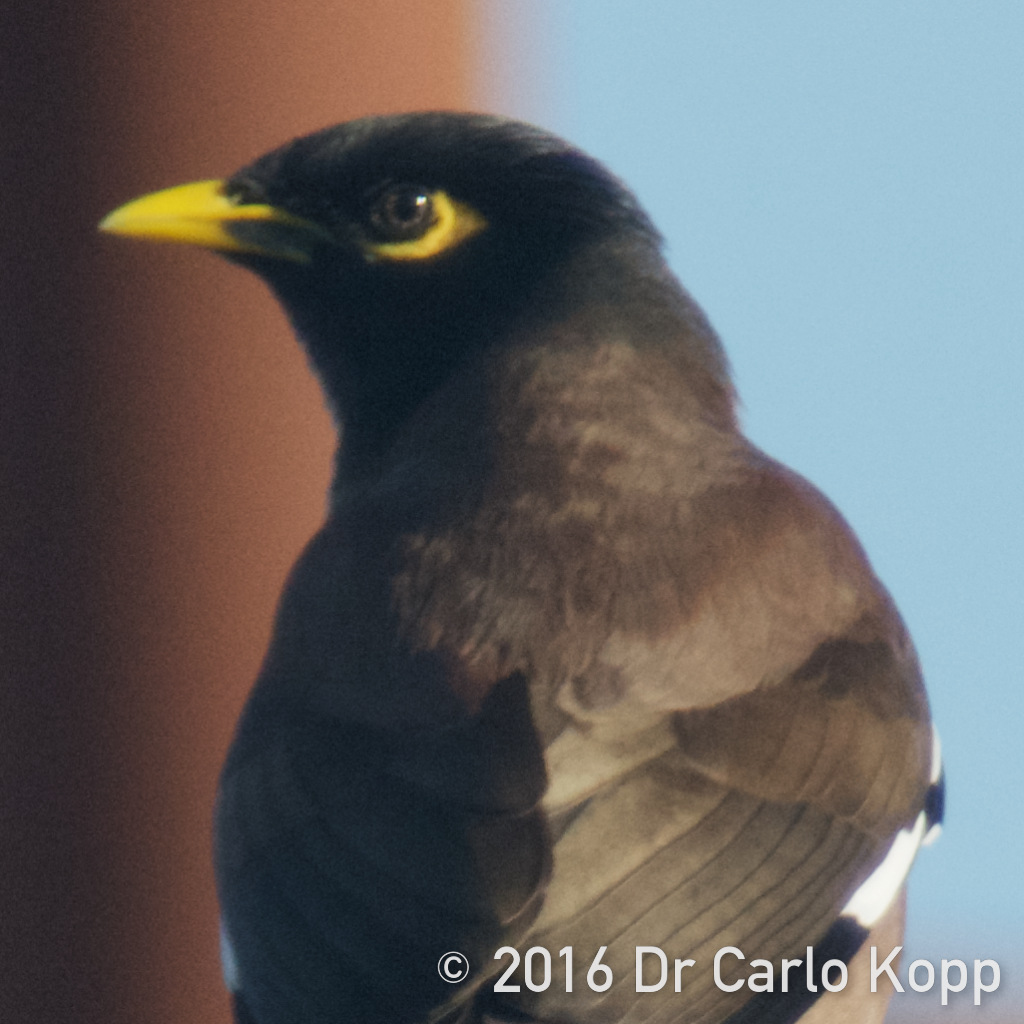
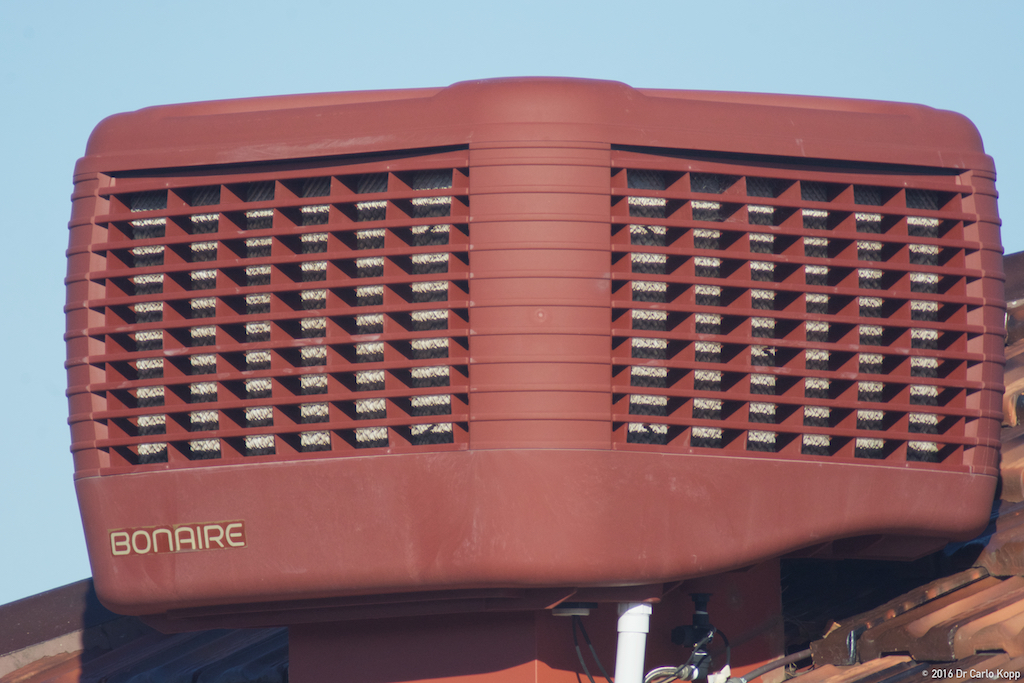
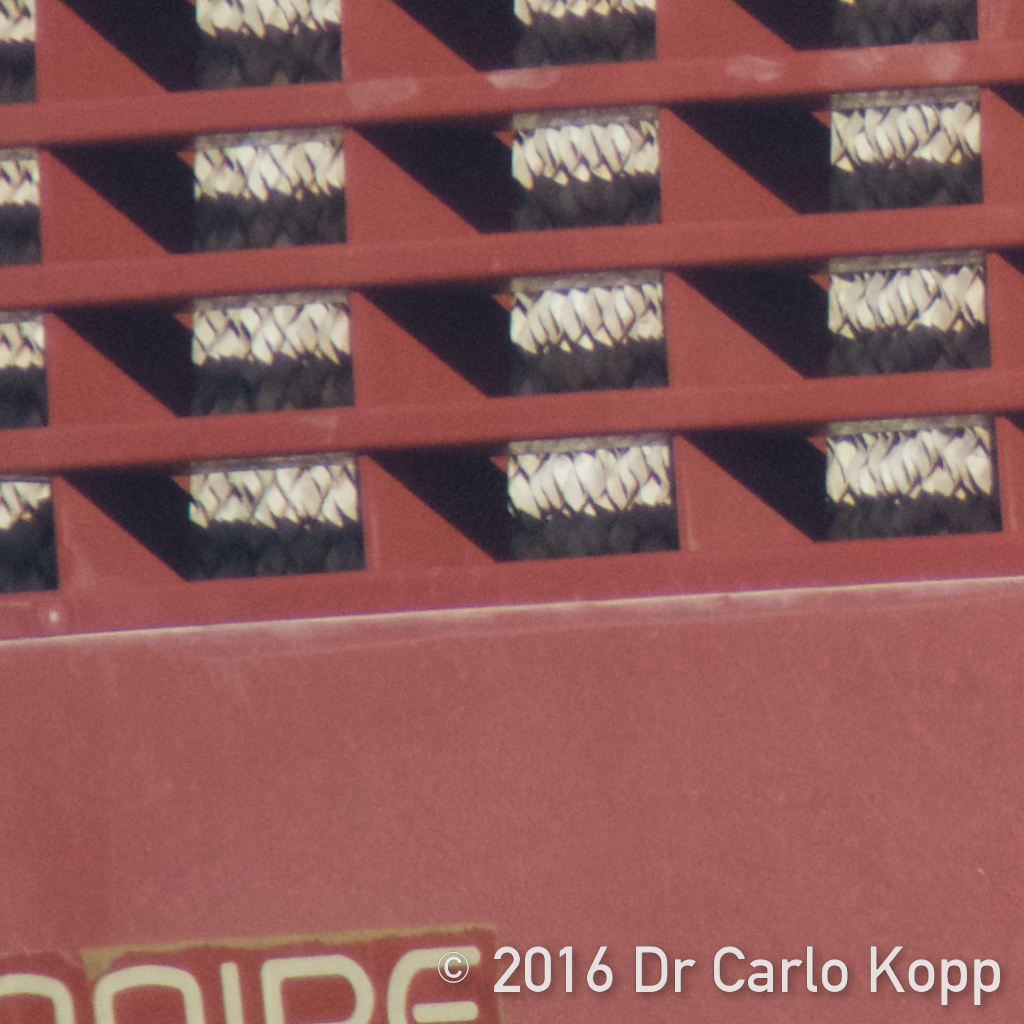
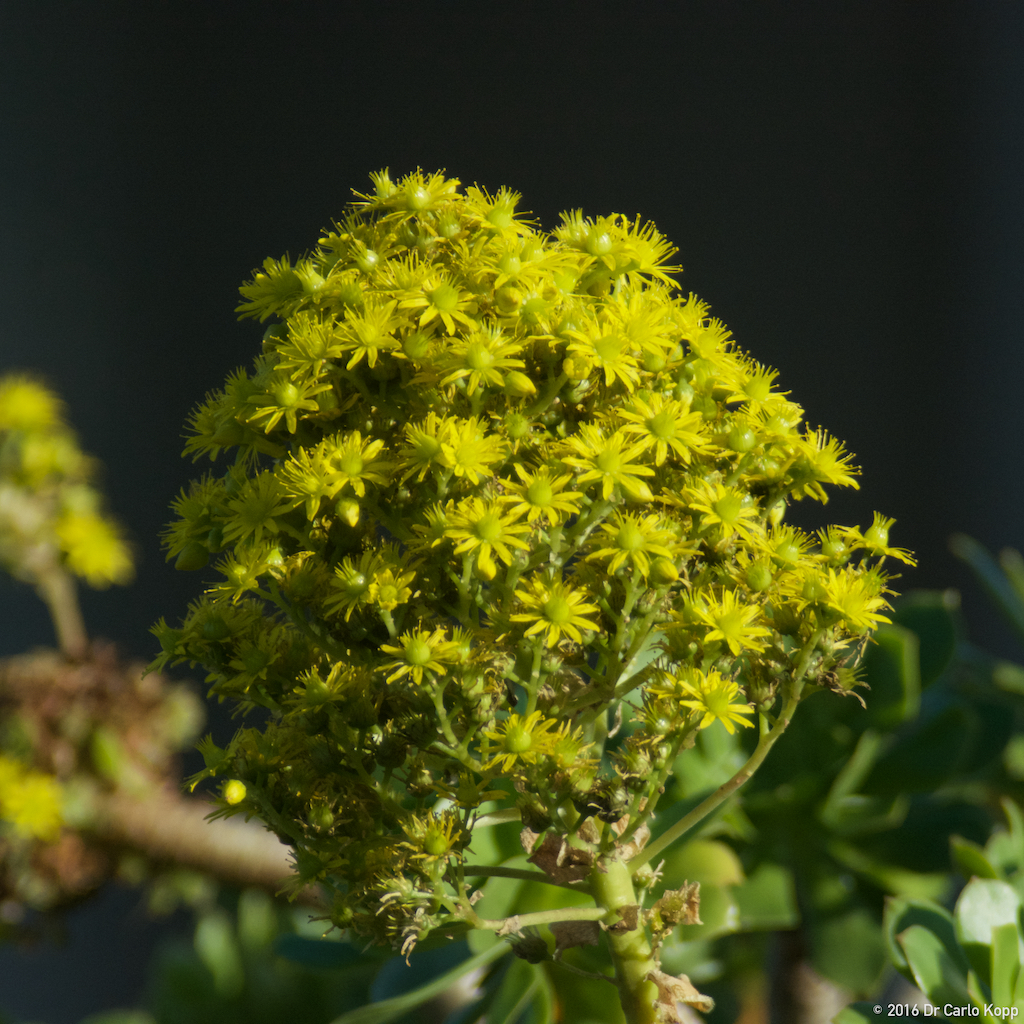
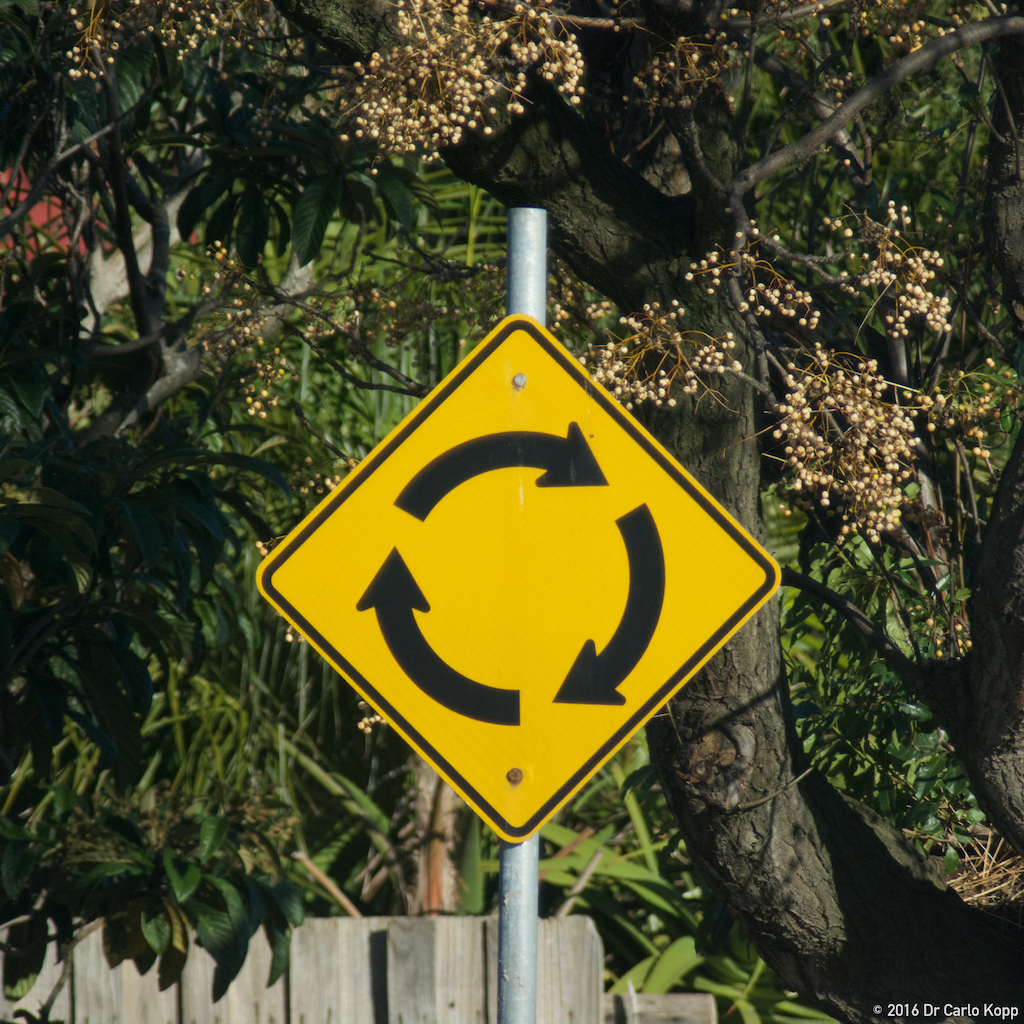
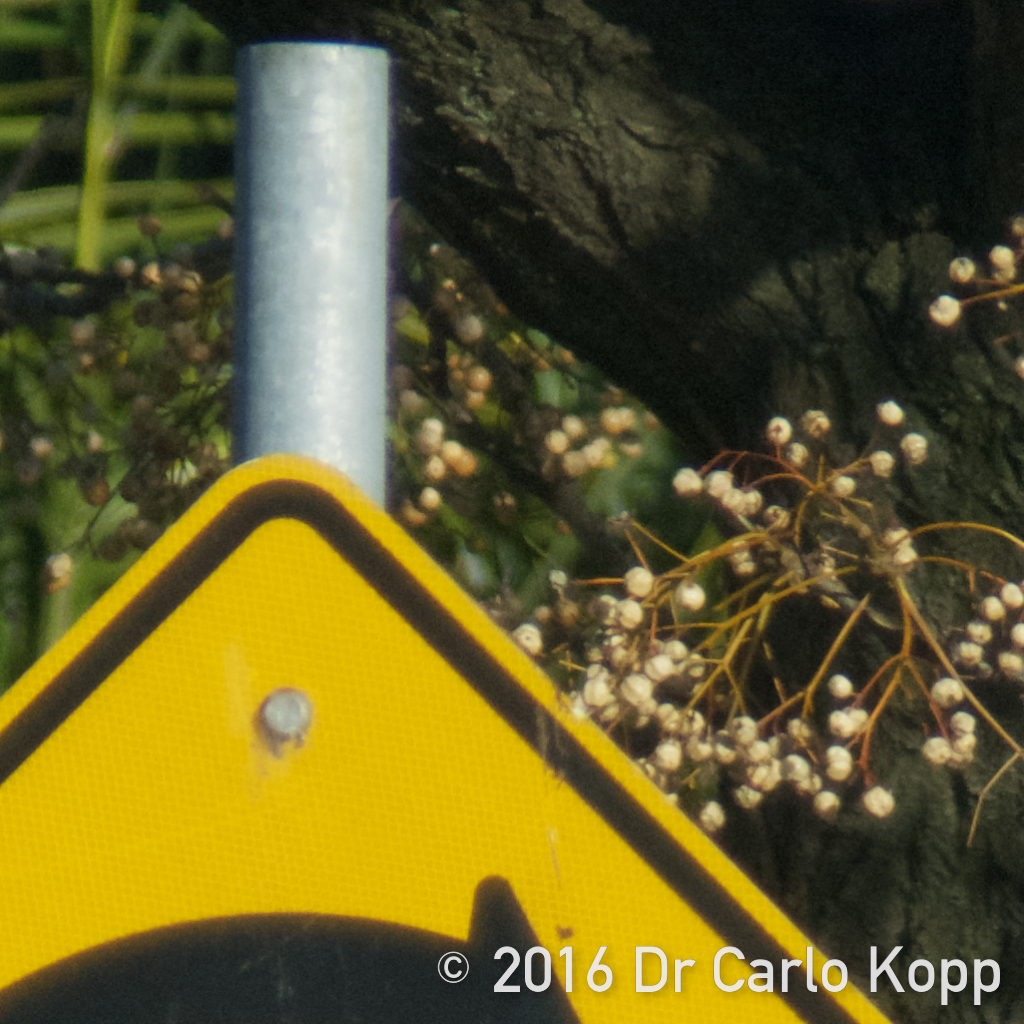
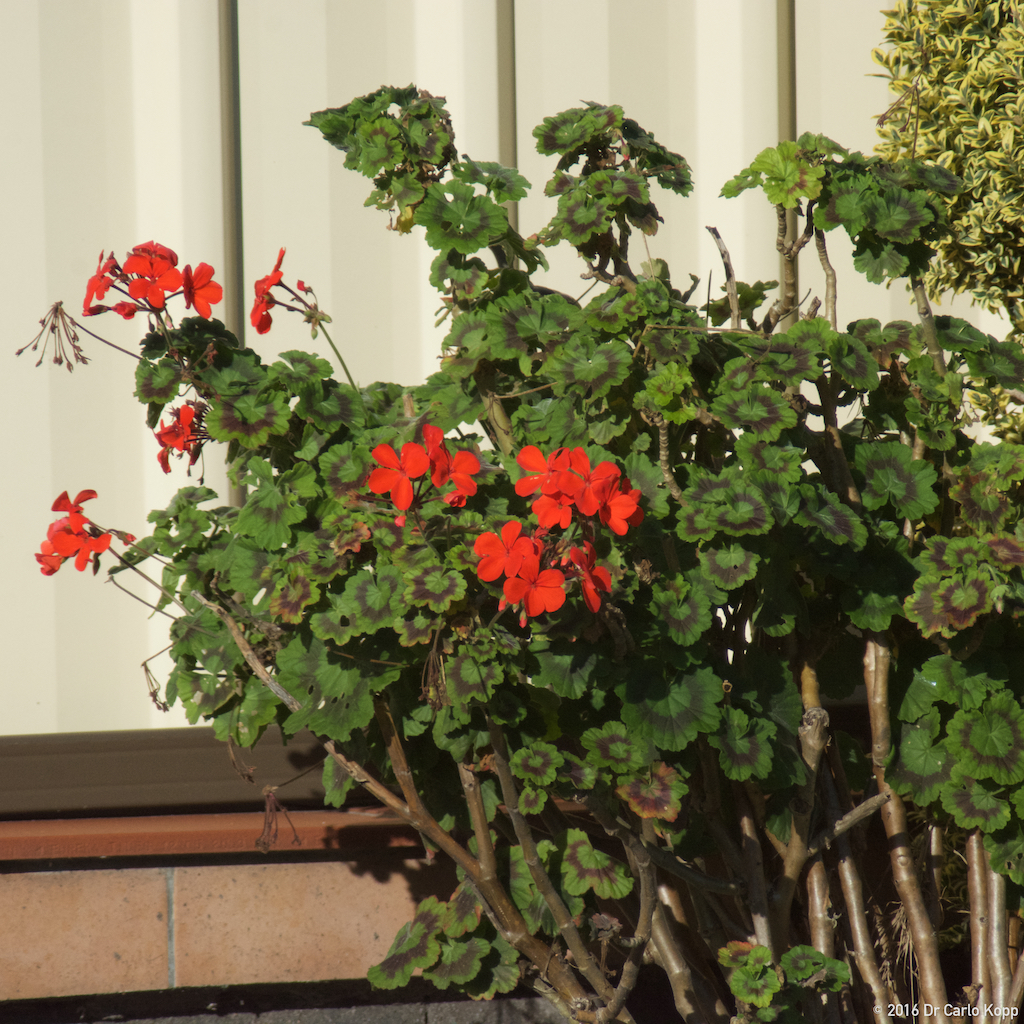
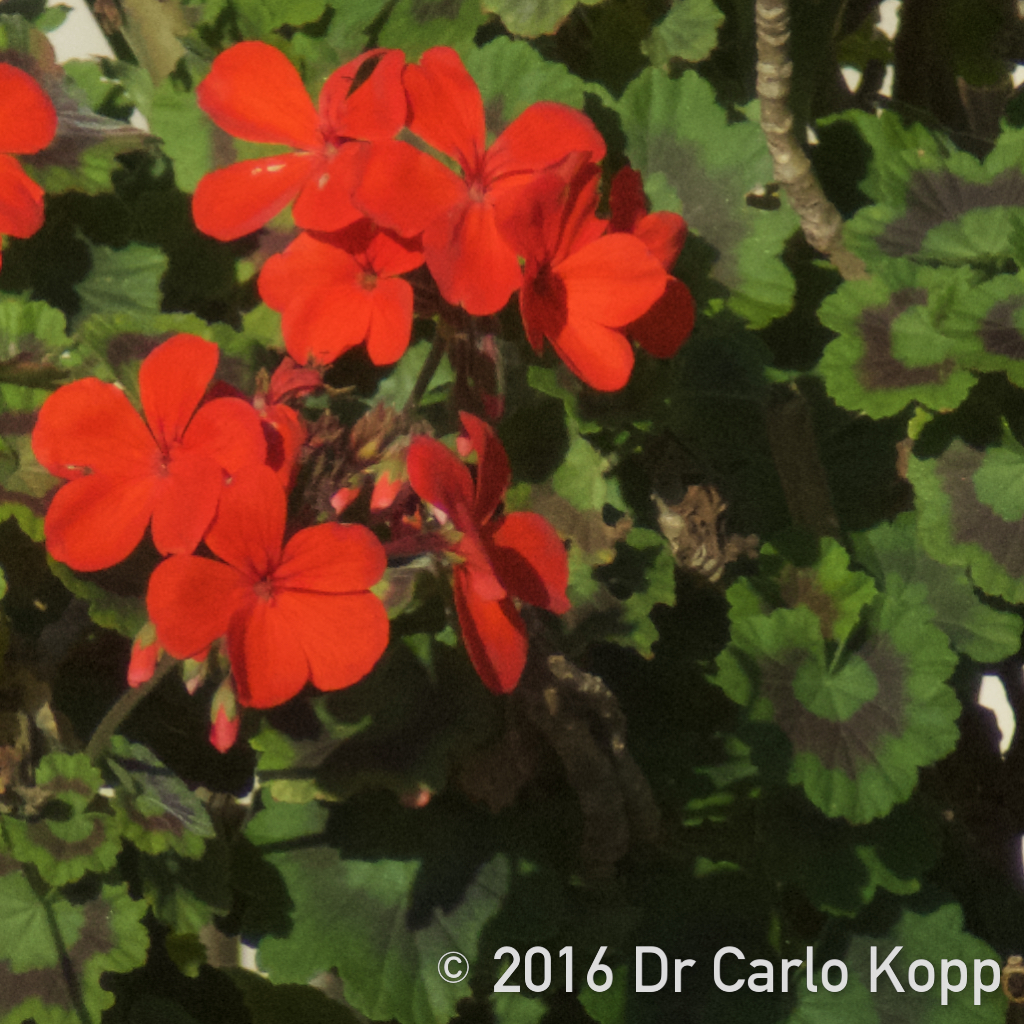
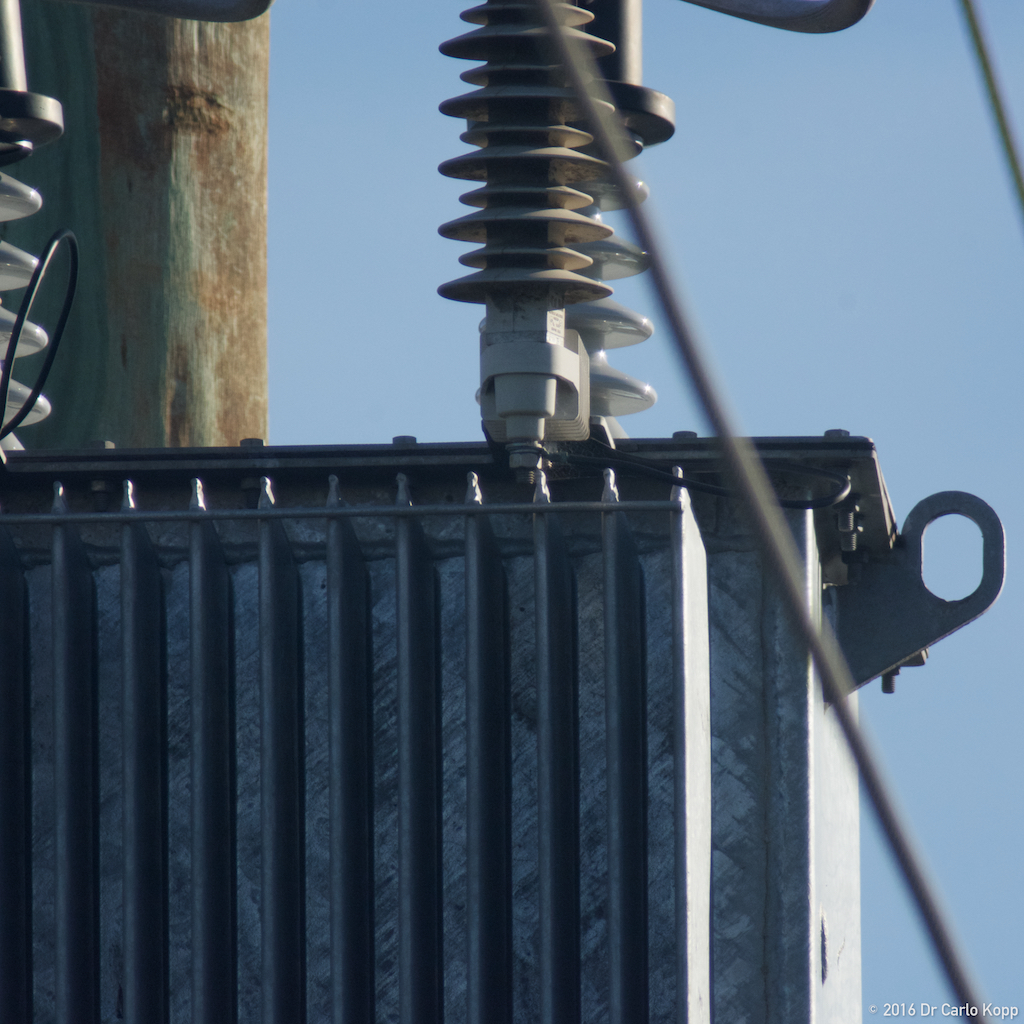
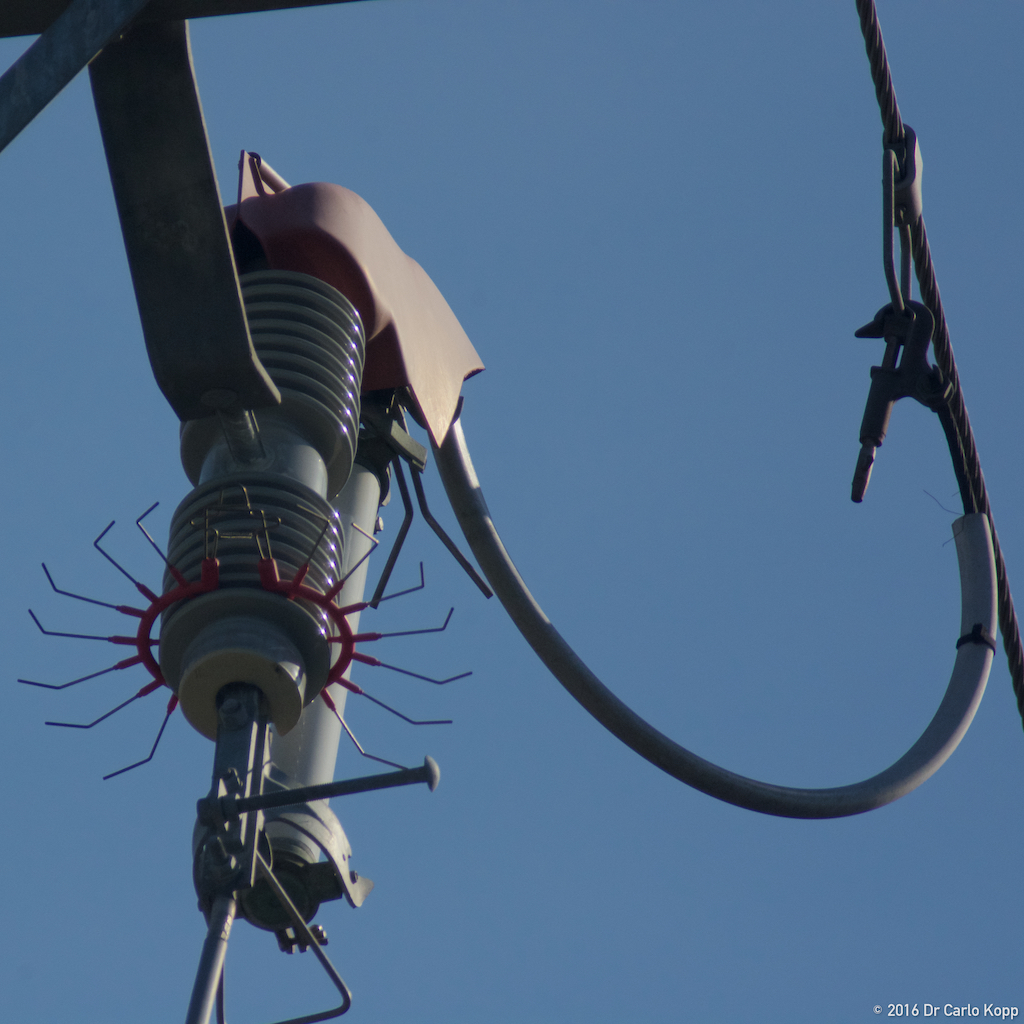
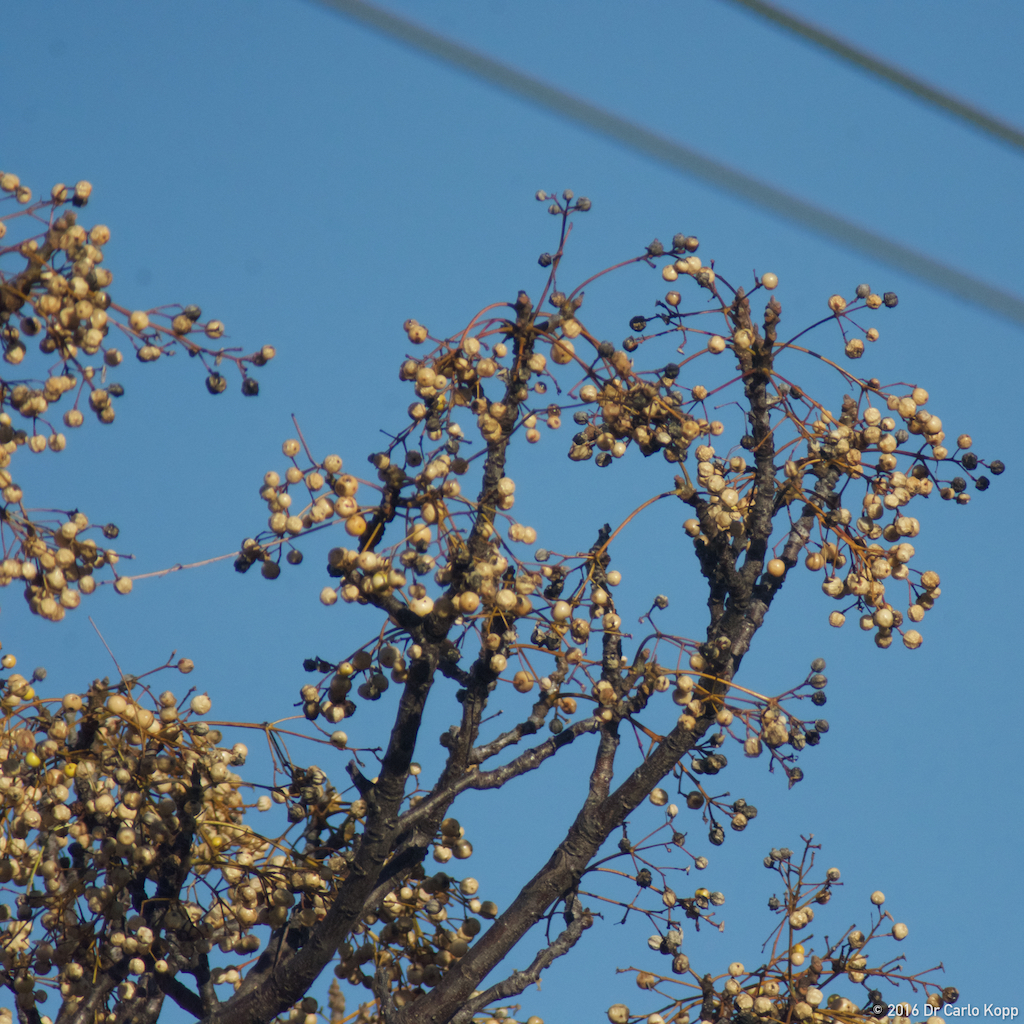
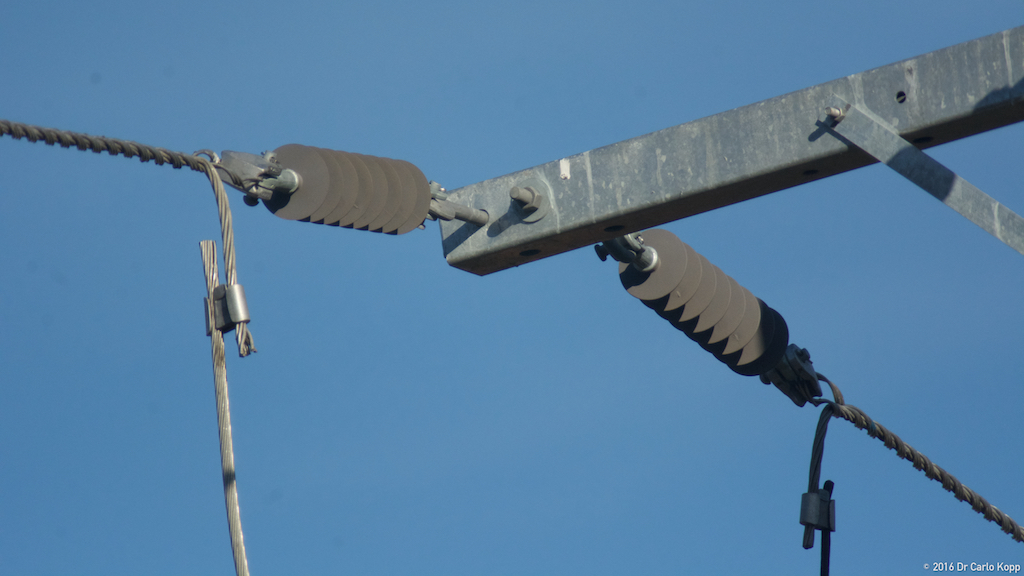
 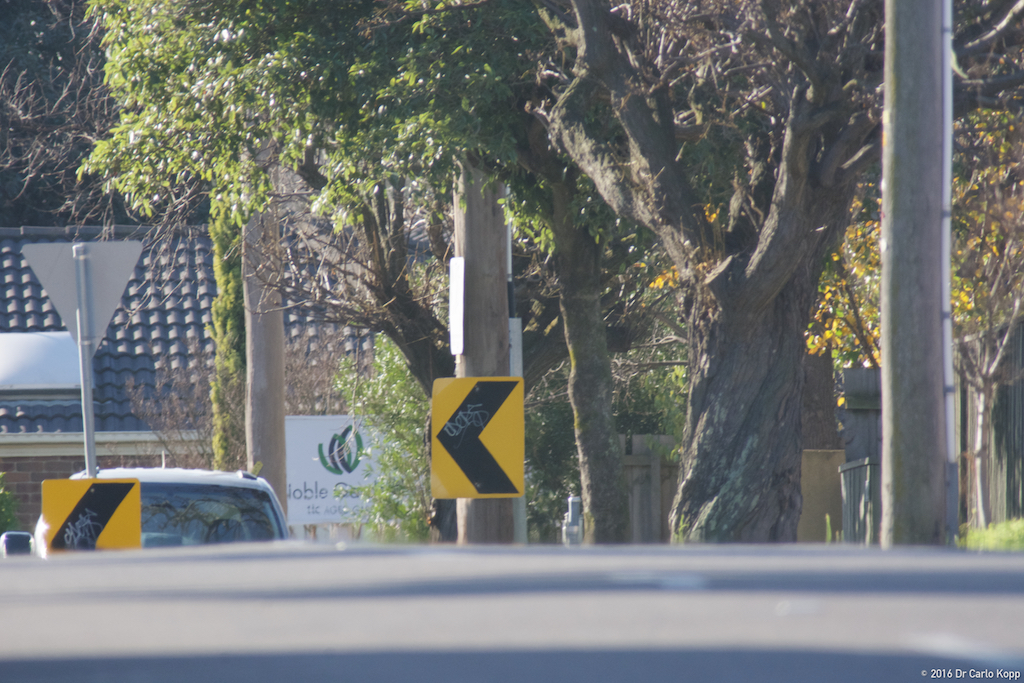
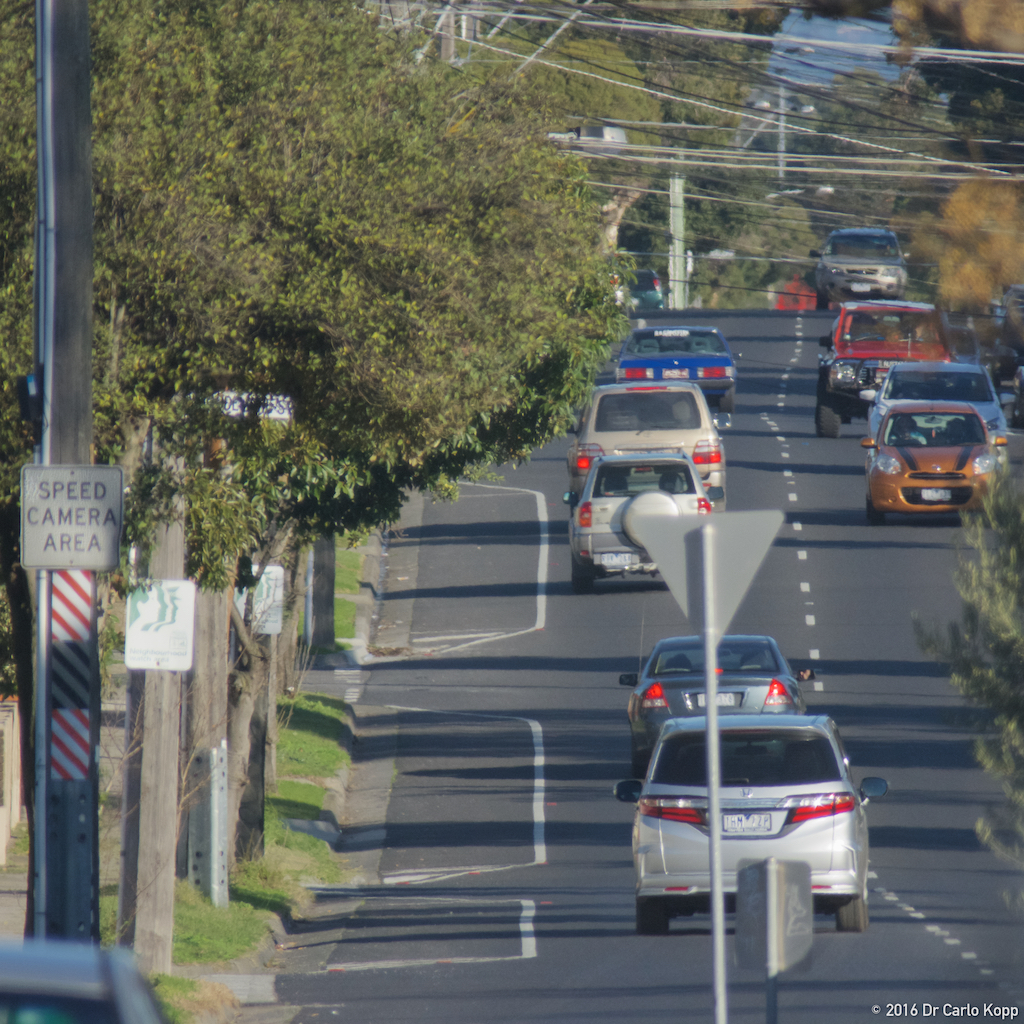
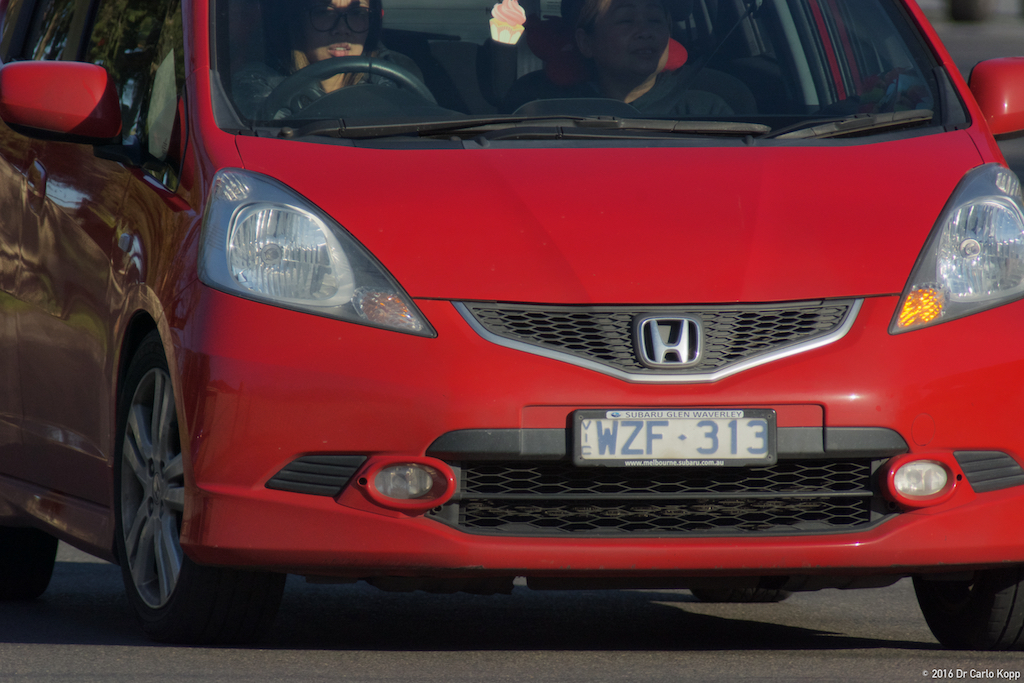
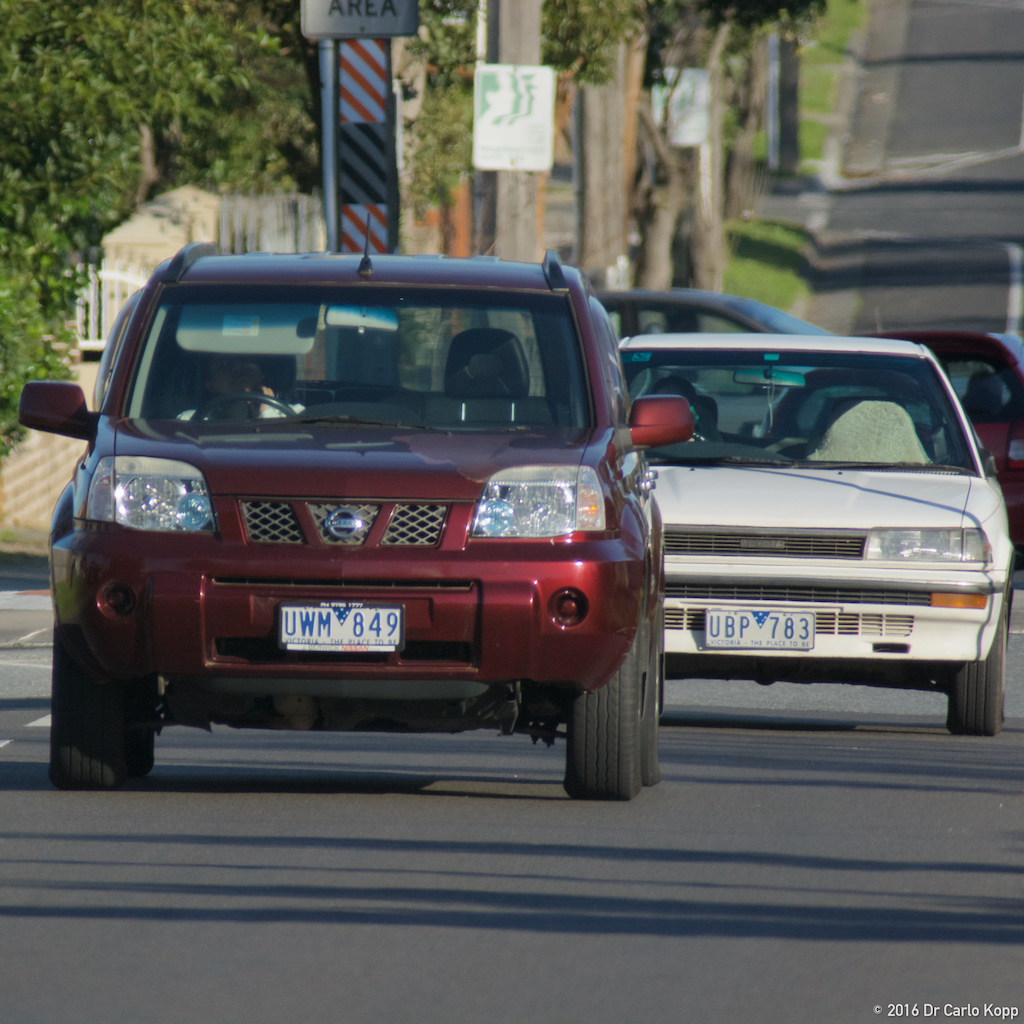
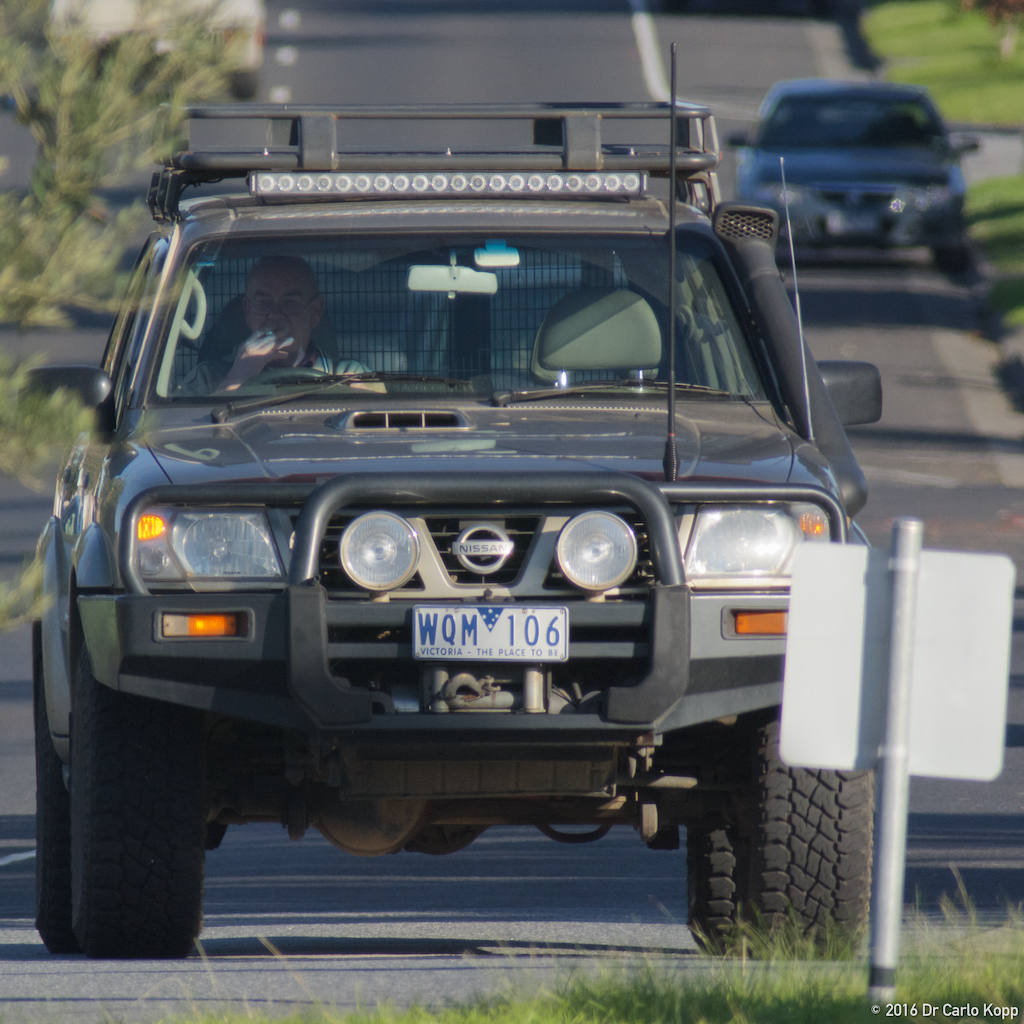
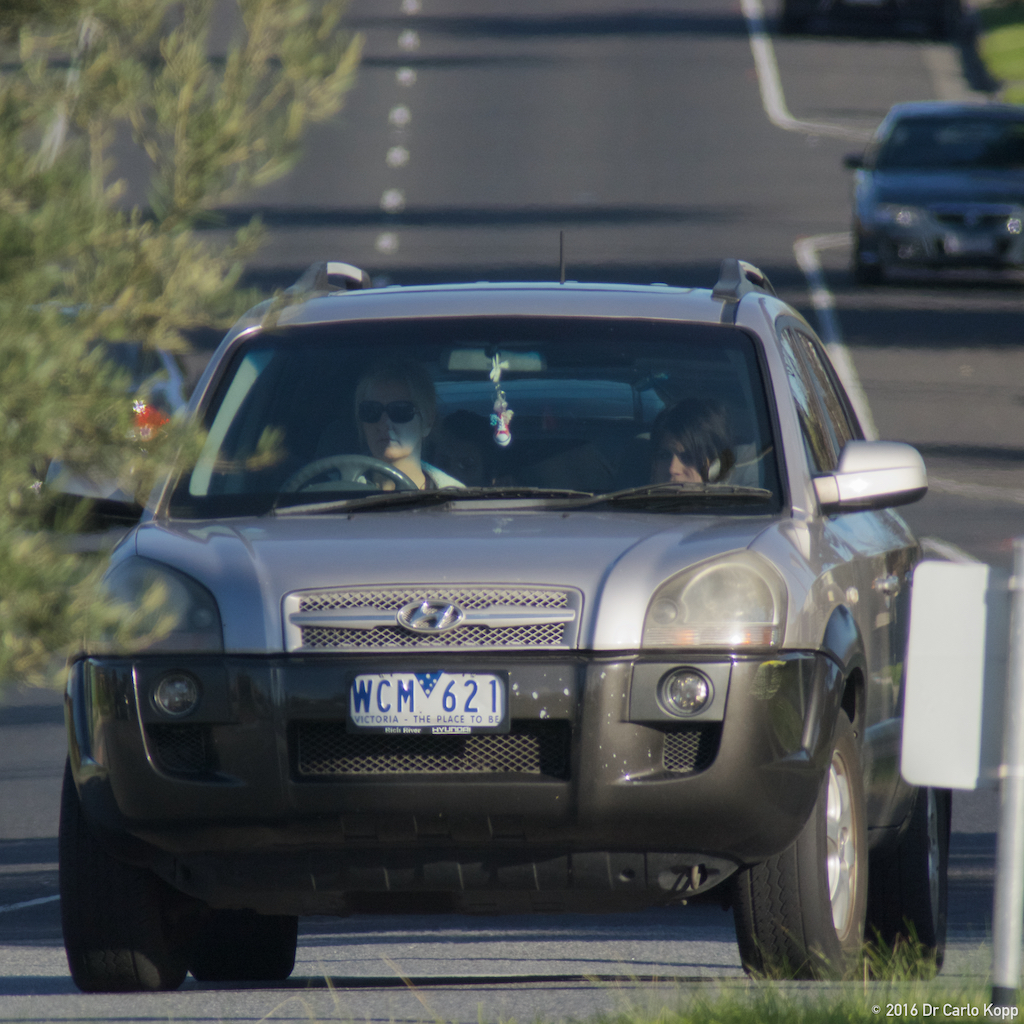
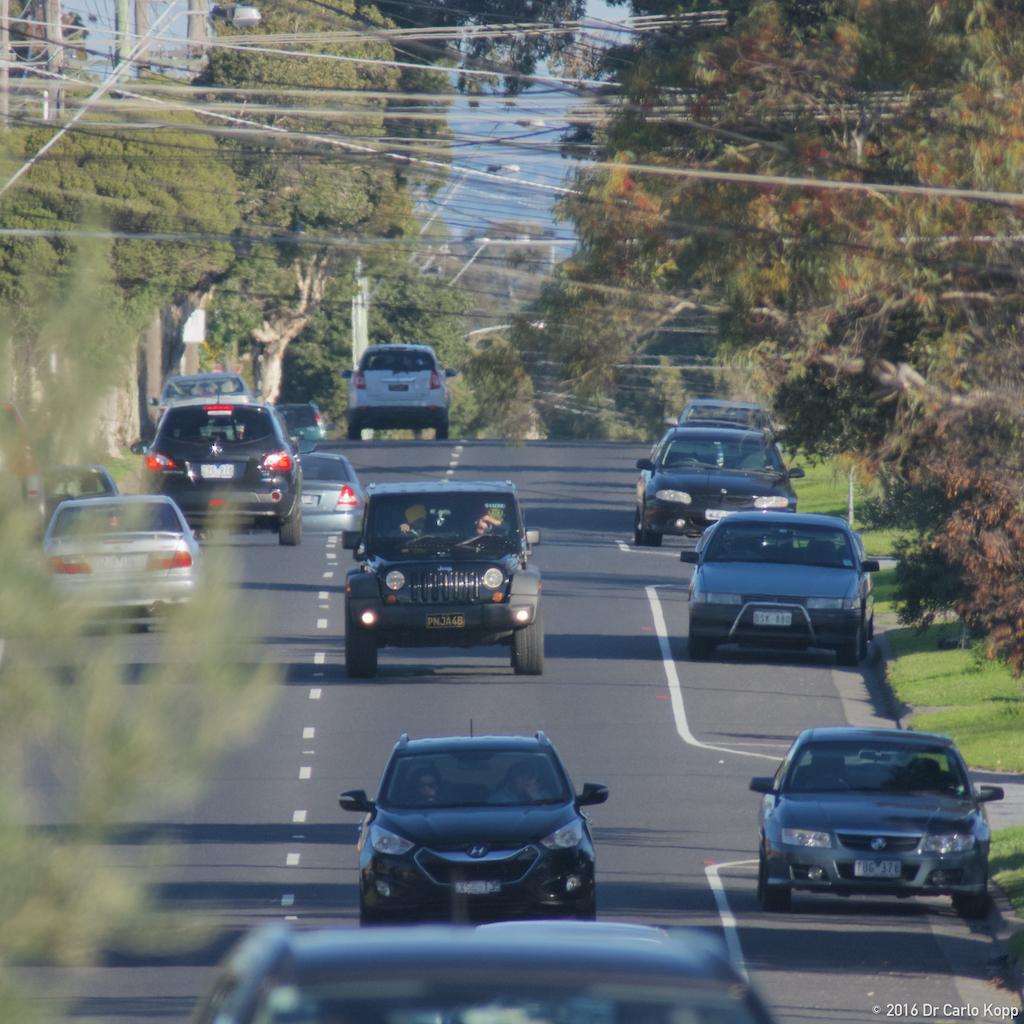
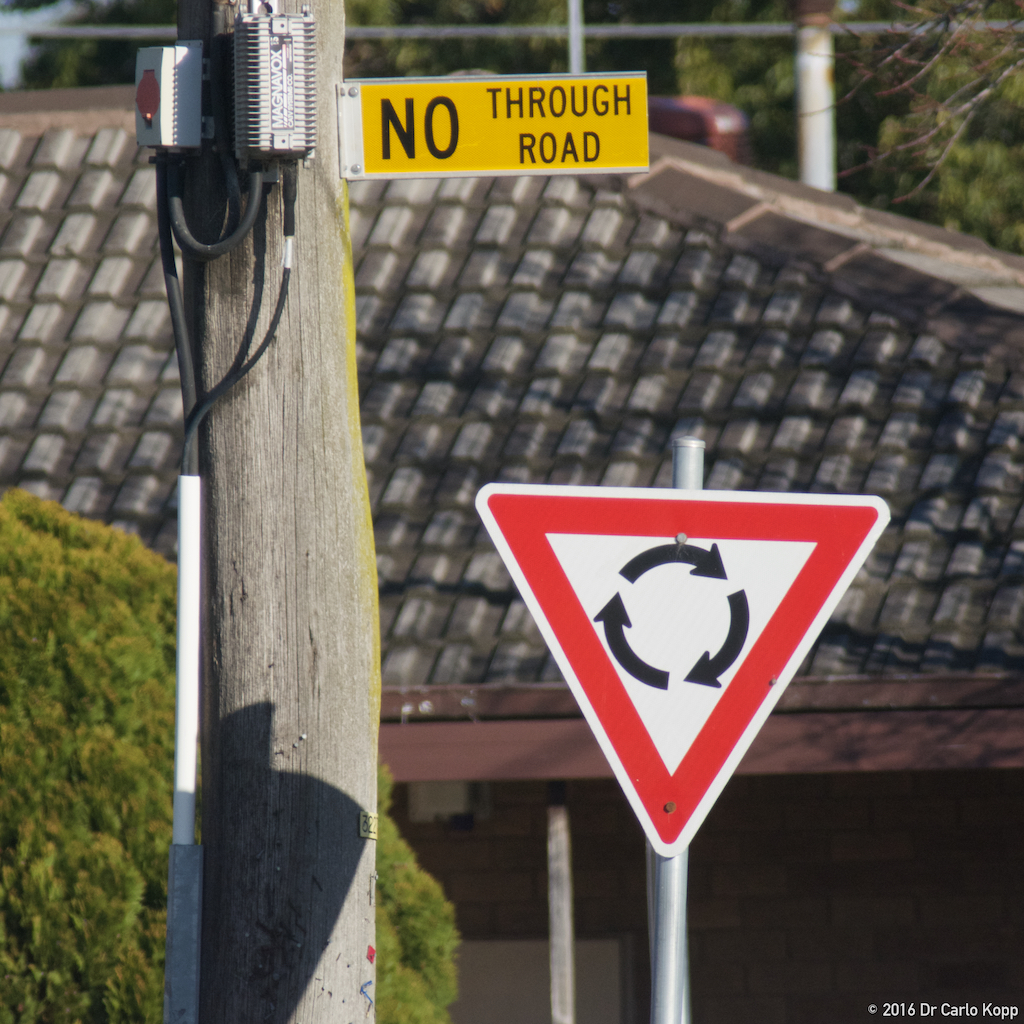
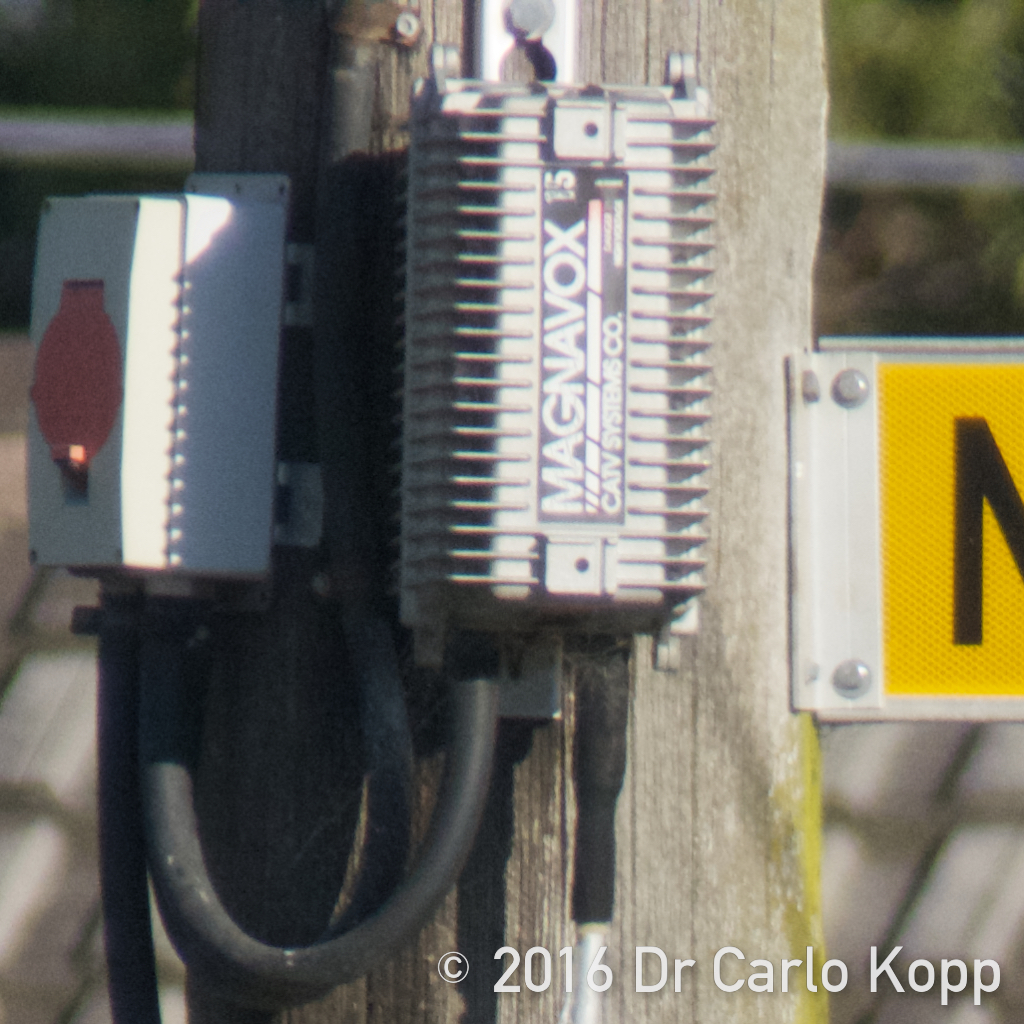
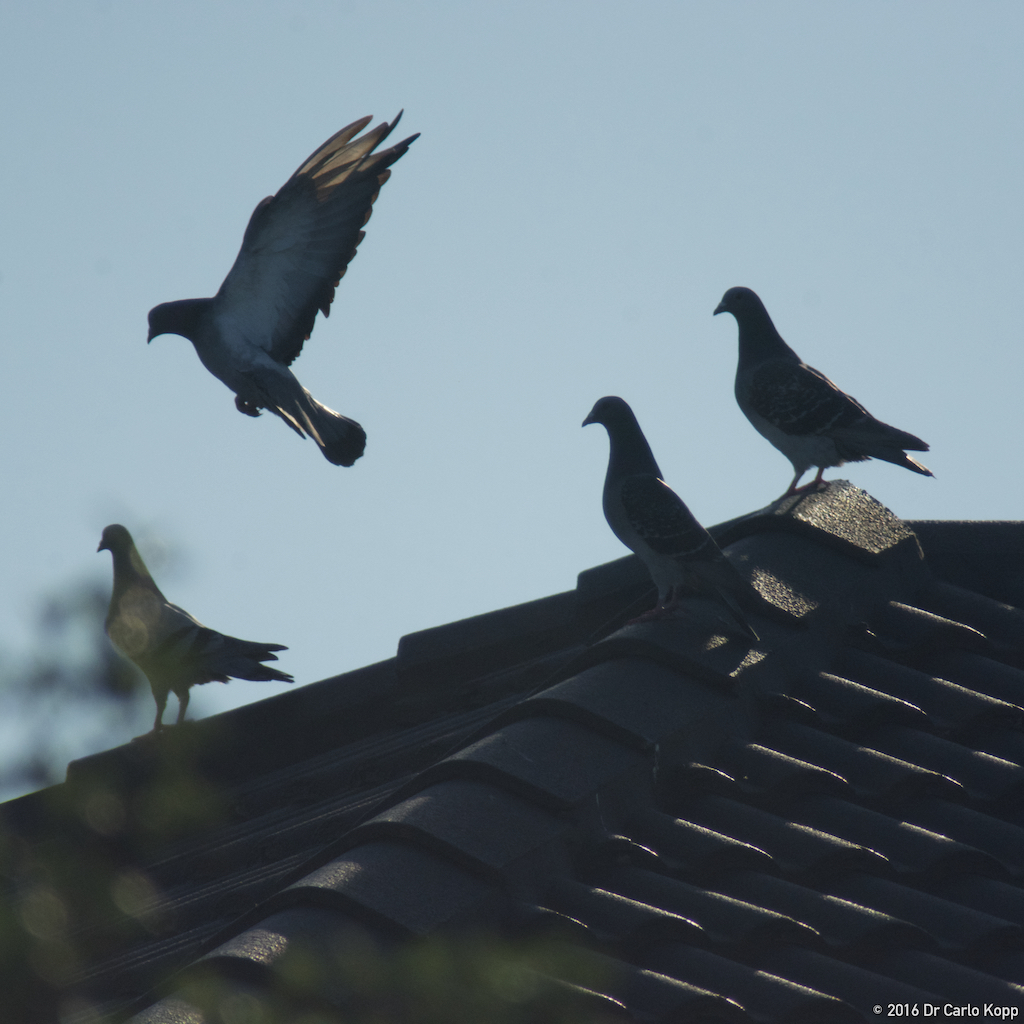
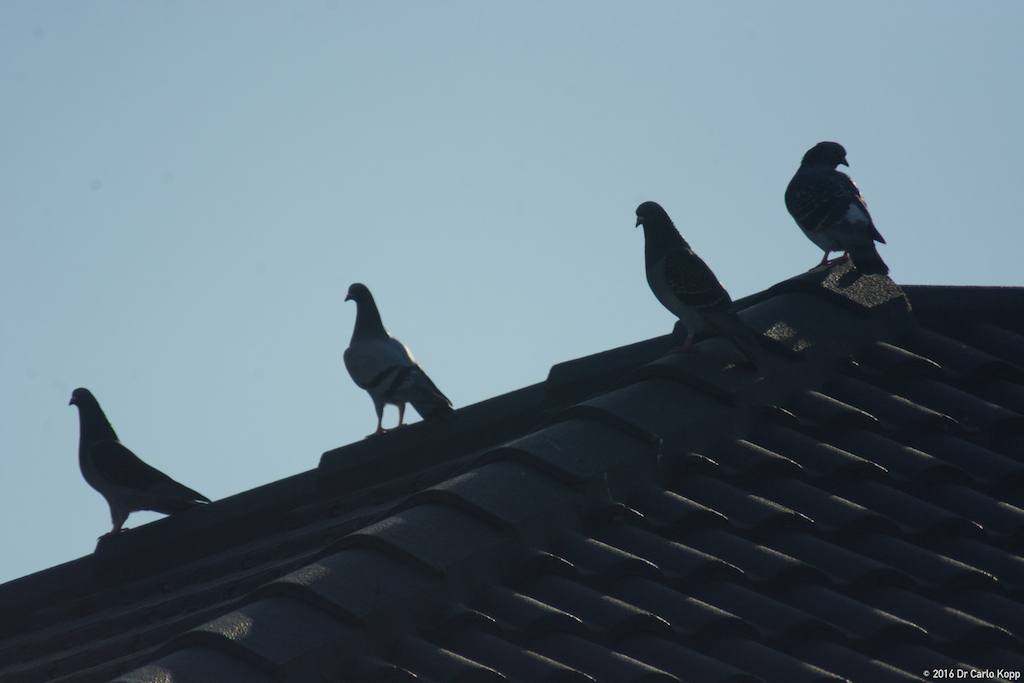
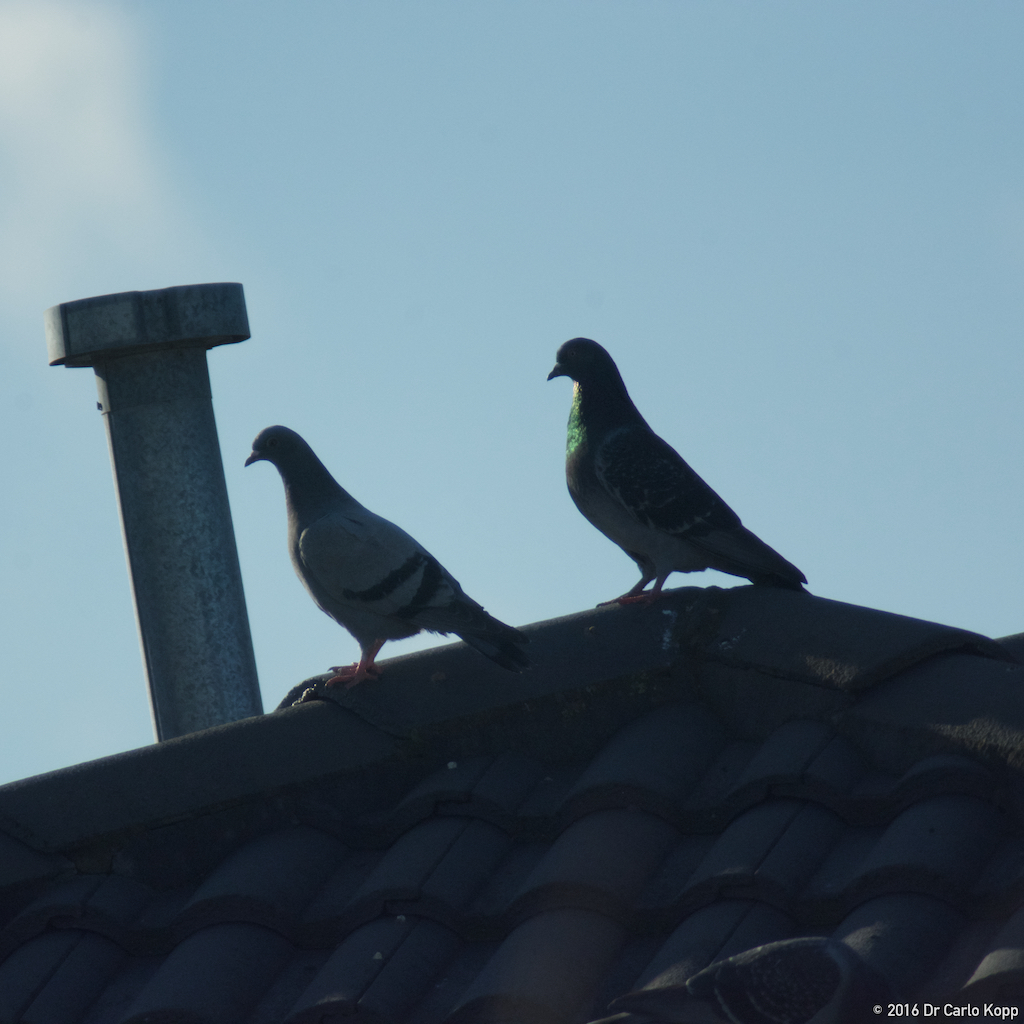 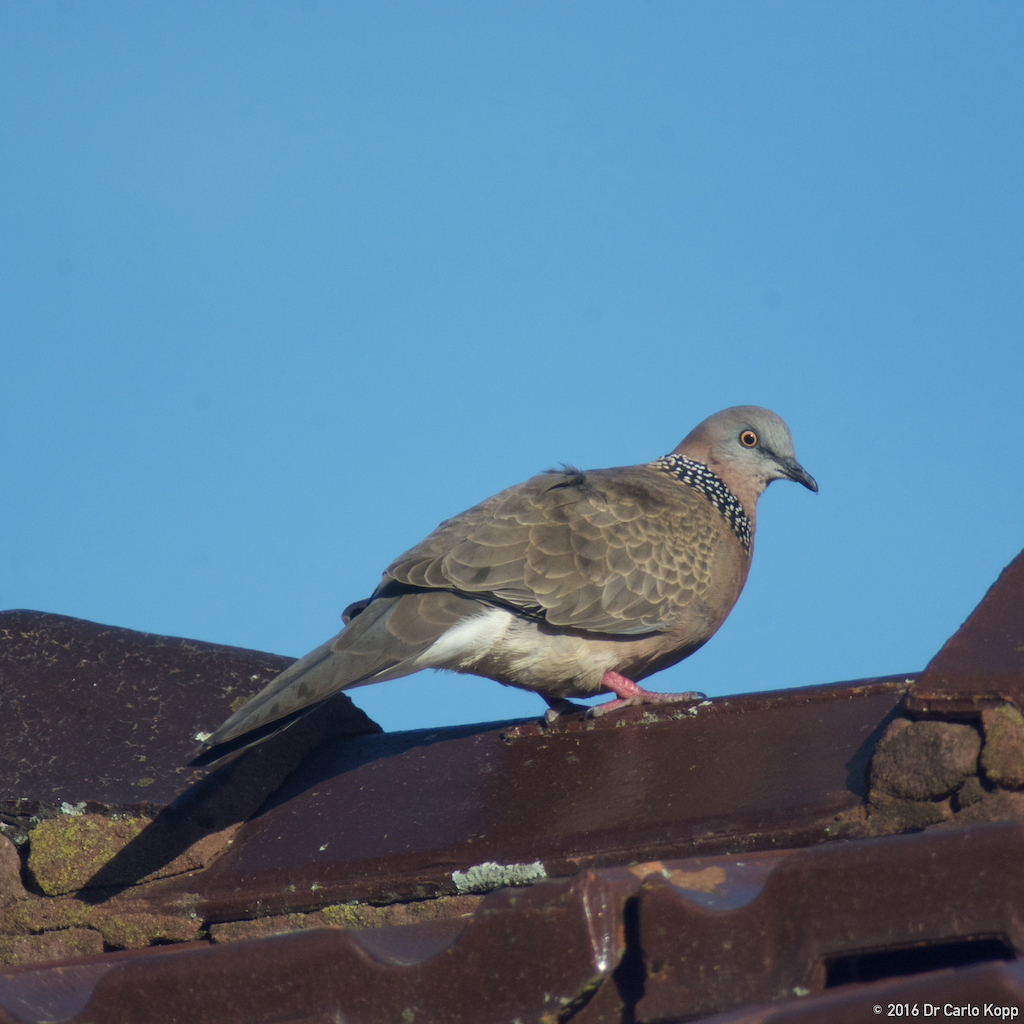
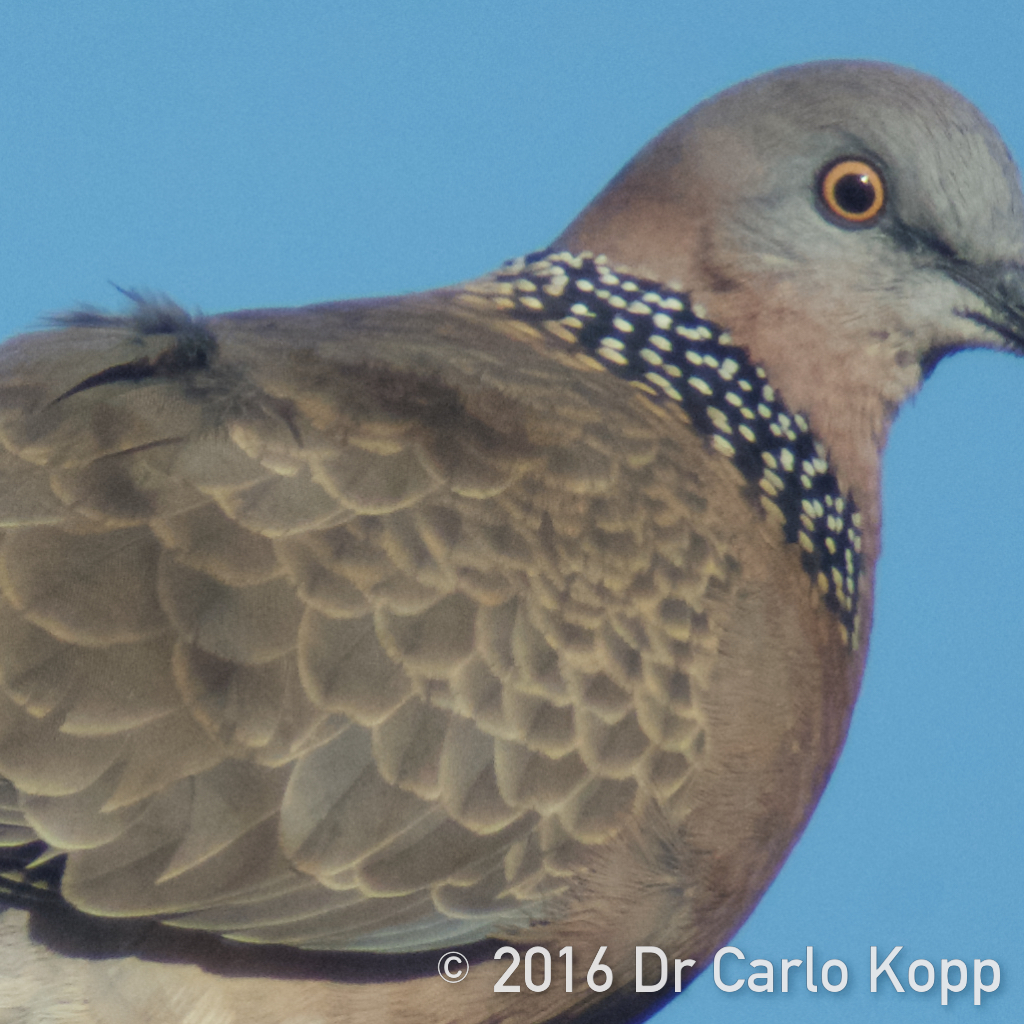



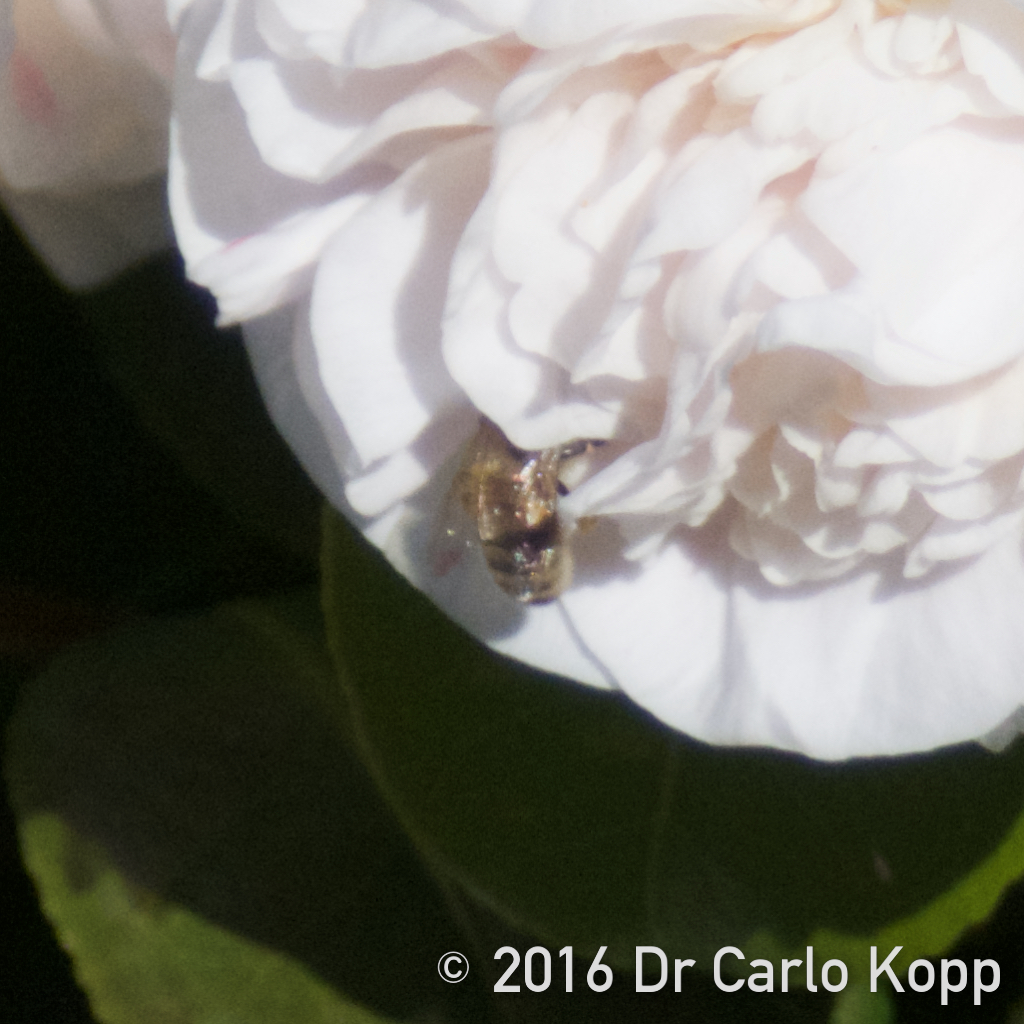
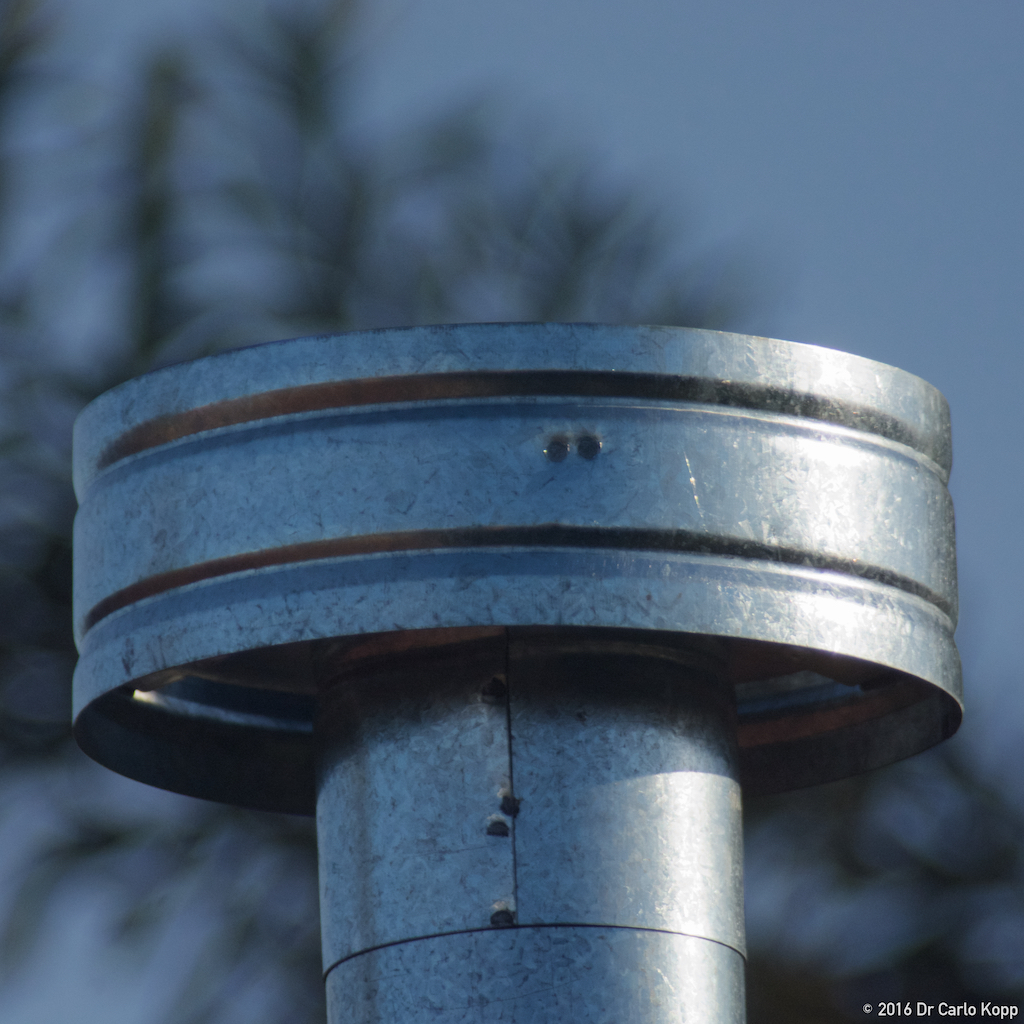
|
|
Correcting for contrast - 0.3 using Aperture 3, images cropped. 



|
|
Photos
and
text © 2013-2016 Carlo
Kopp;
Photographs
produced
using
a Nikon D7100, and some using a Tamron-F 1.4XN MC4 Teleconverter;
almost
all
images produced in acceptance test or validation shoots.
Note: If you wish to view EXIF
metadata in the
DSLR images, the simplest solution is the FxIF Firefox
extension.
Please note that the focal length and aperture settings in the EXIF
data reflect the configuration of the lens, regardless of whether a
teleconverter is attached. This is because the teleconverter passes
digital messaging from the lens without decoding and regenerating it.
|
|
Photos and text © 2013-2016 Carlo Kopp |
| |
|
|||||||||||||||
| Artwork and text ż 1994 - 2010 Carlo Kopp; All rights reserved. |
| $Revision: 2.279 $ |